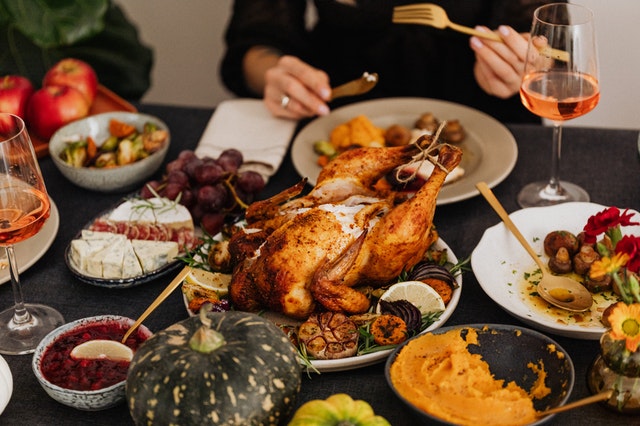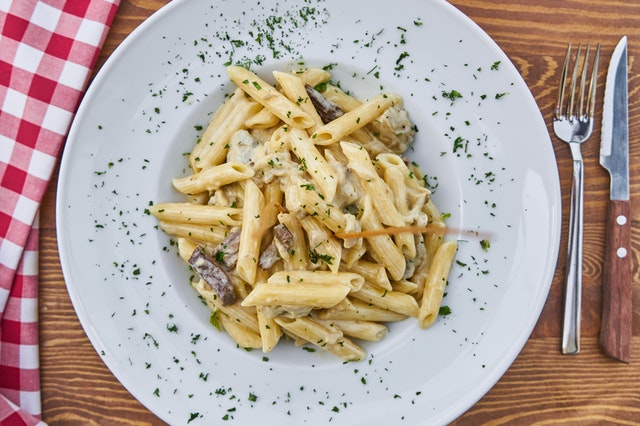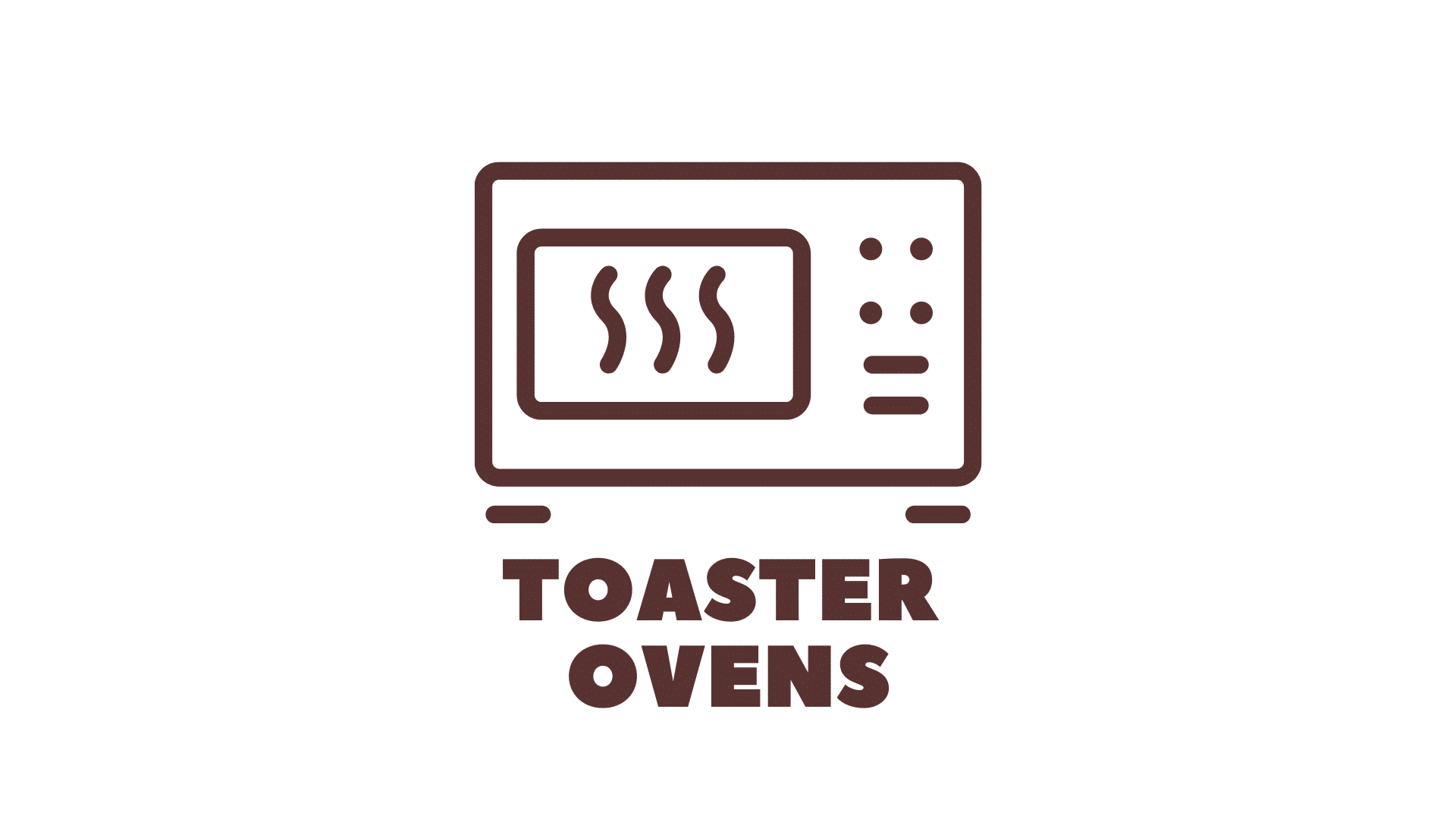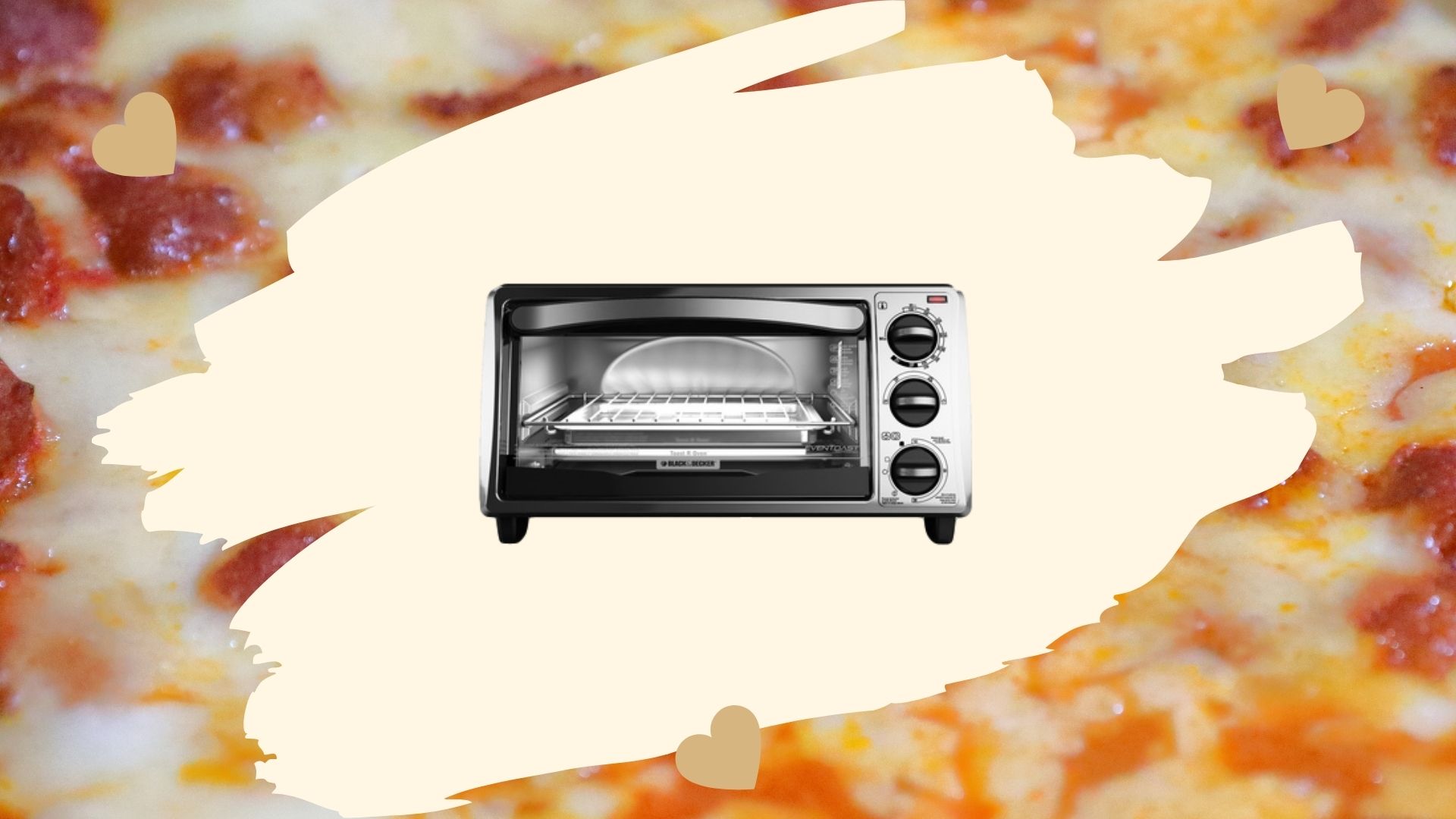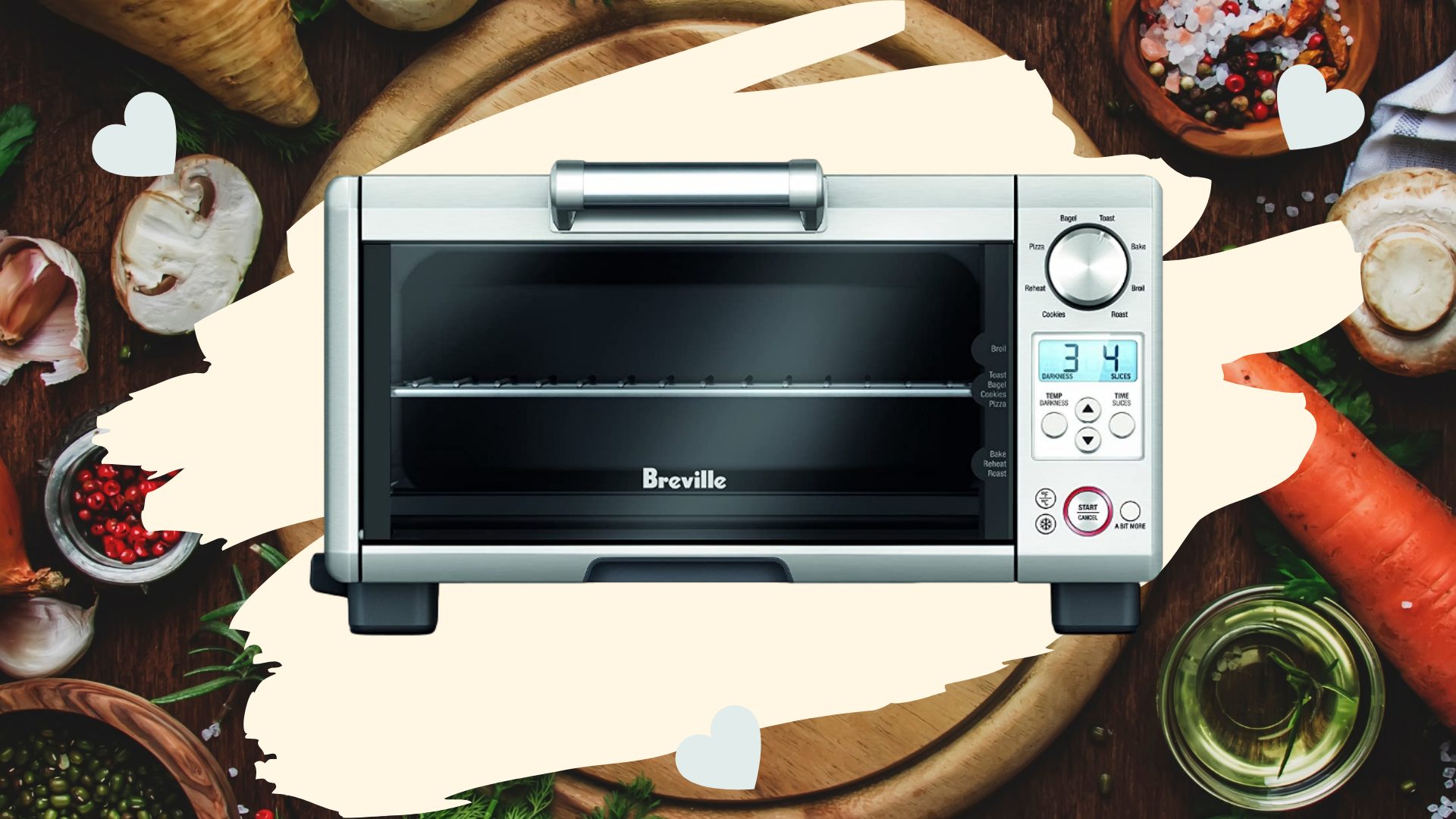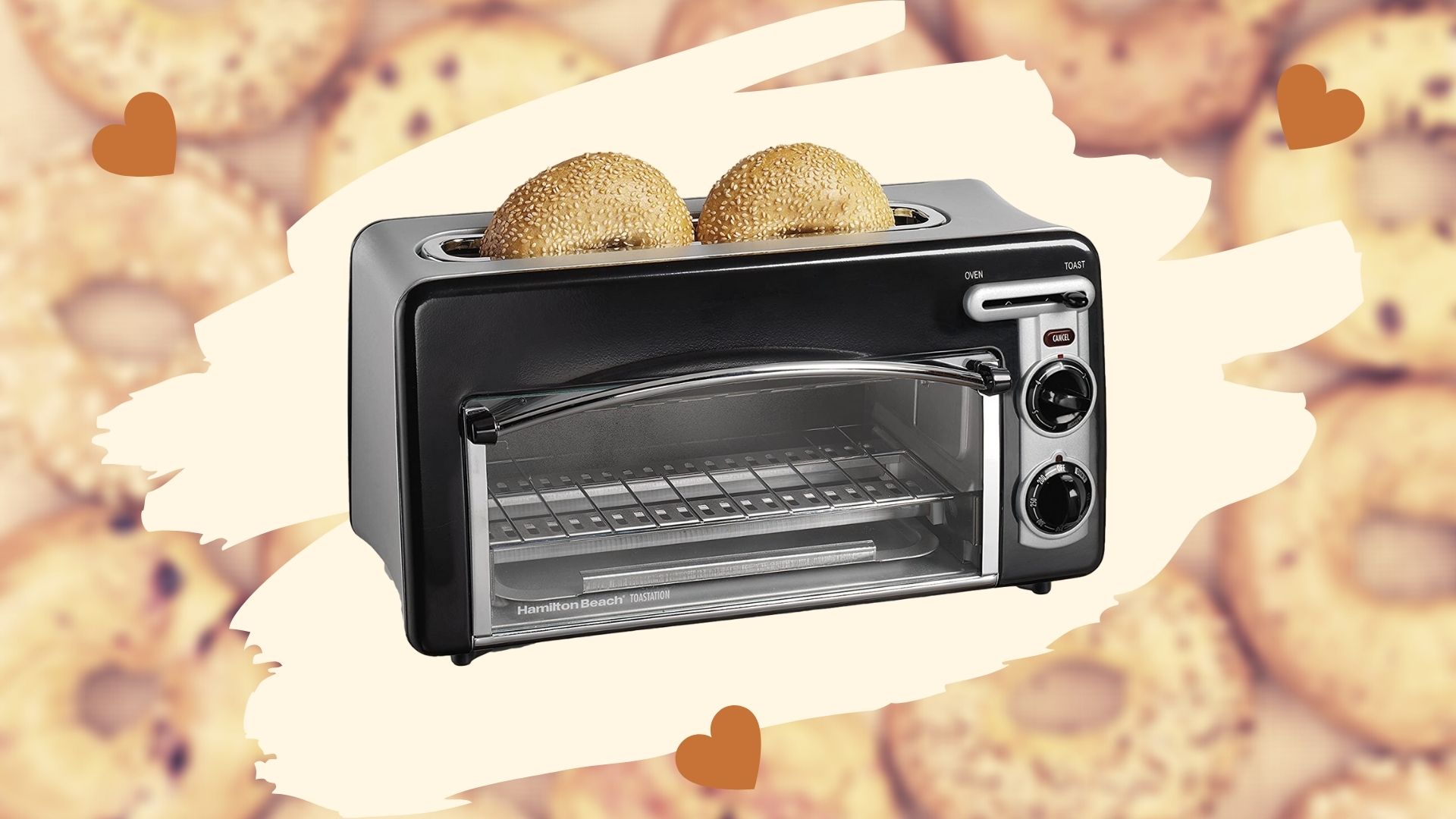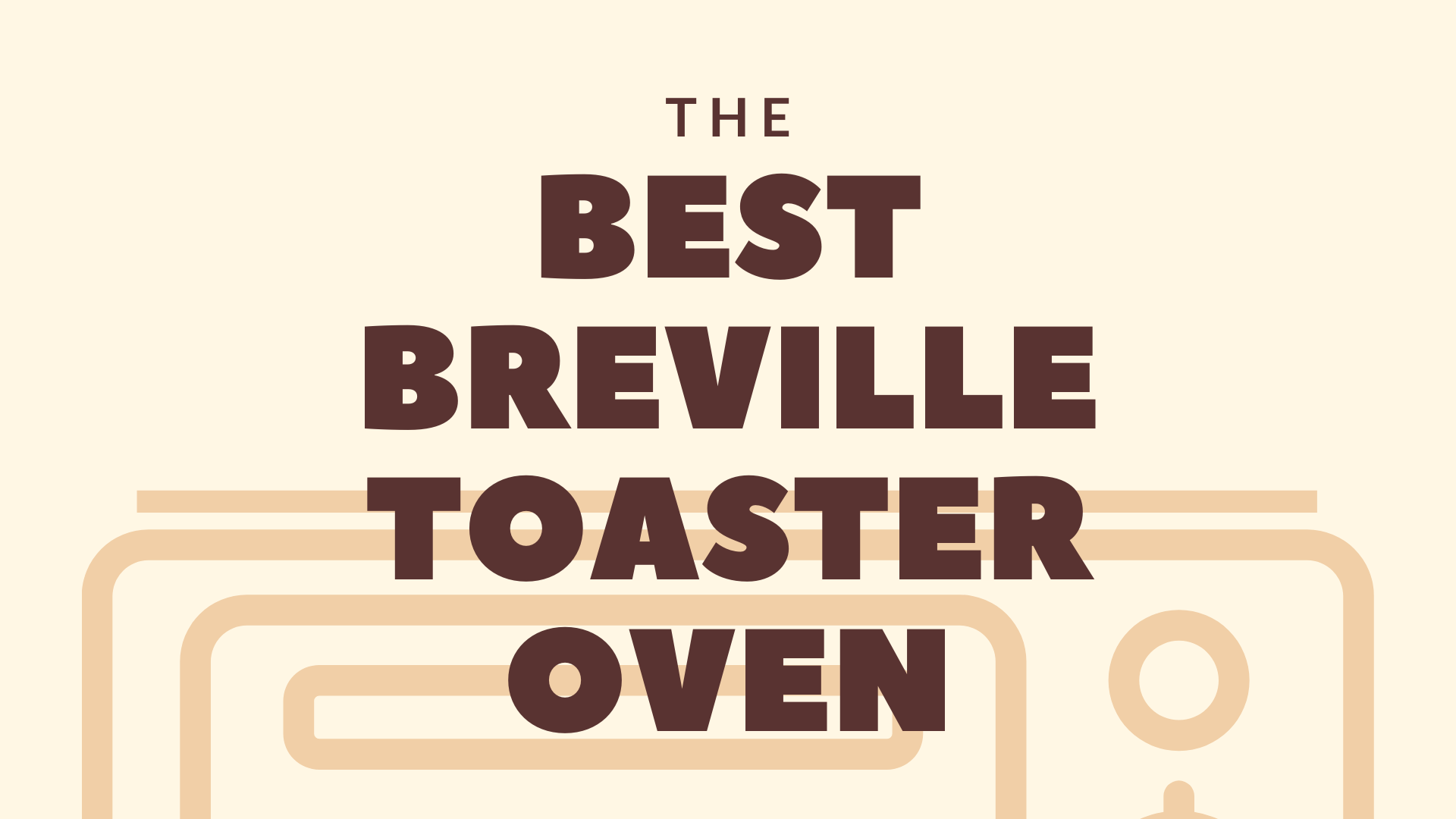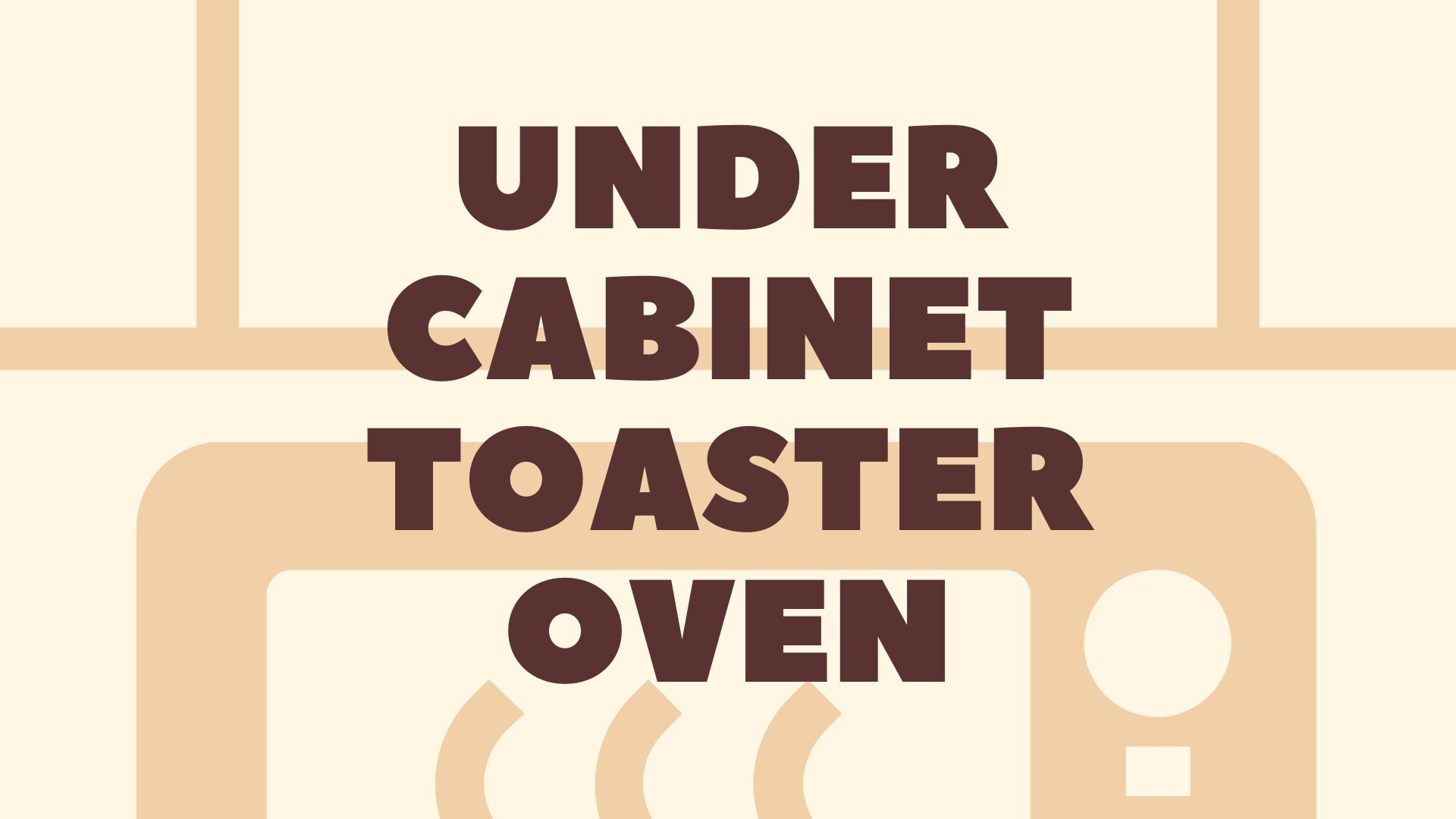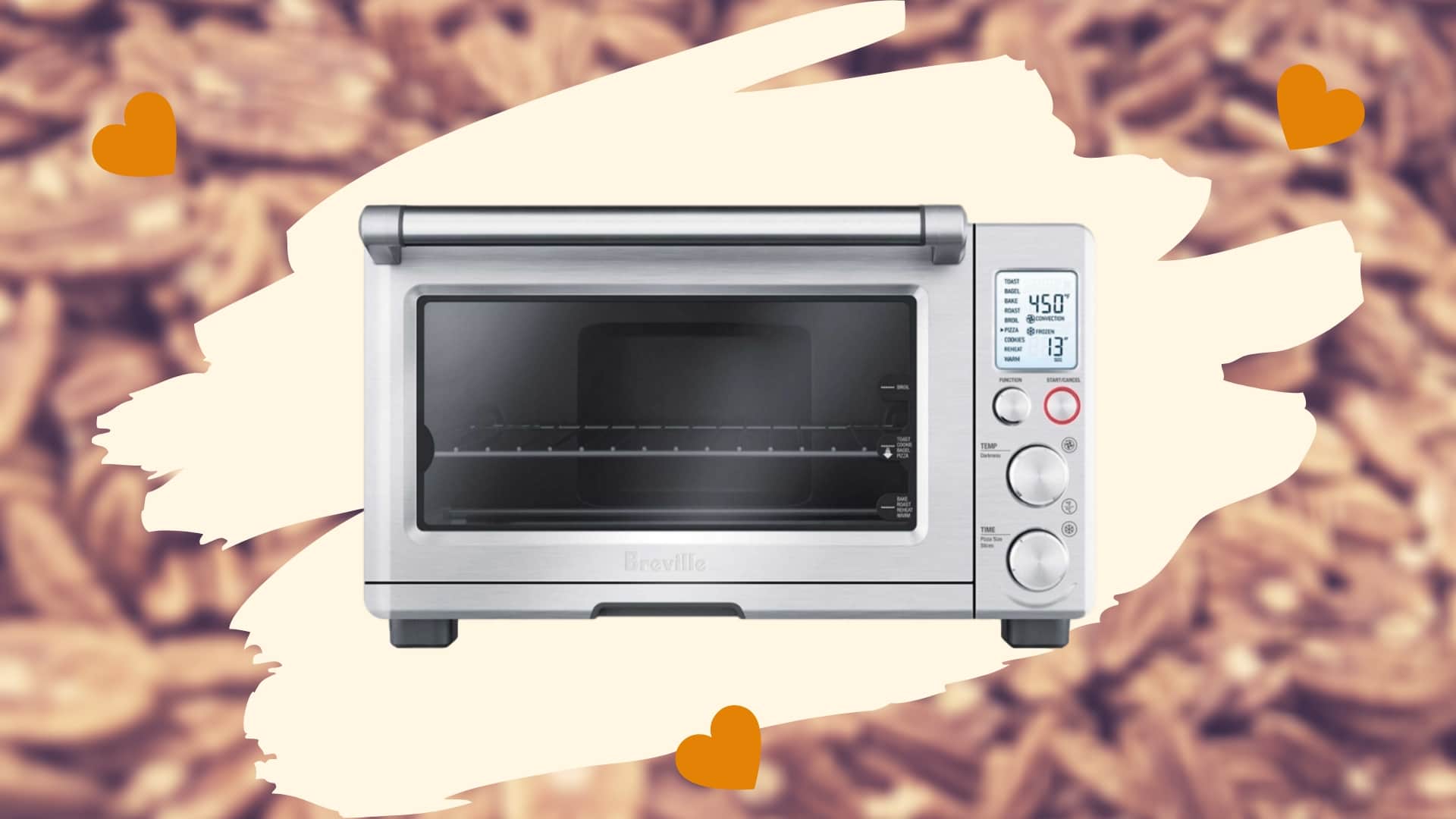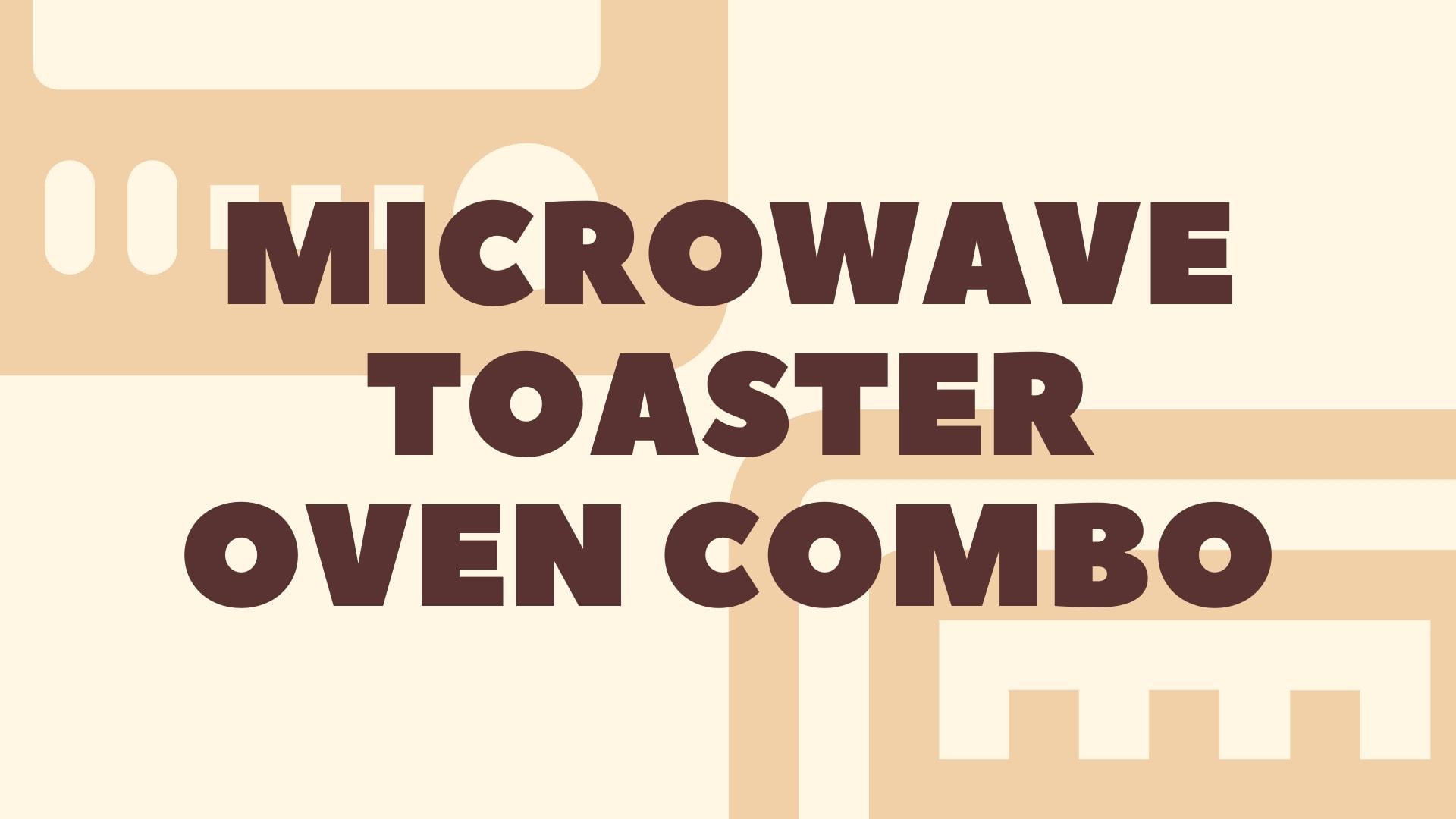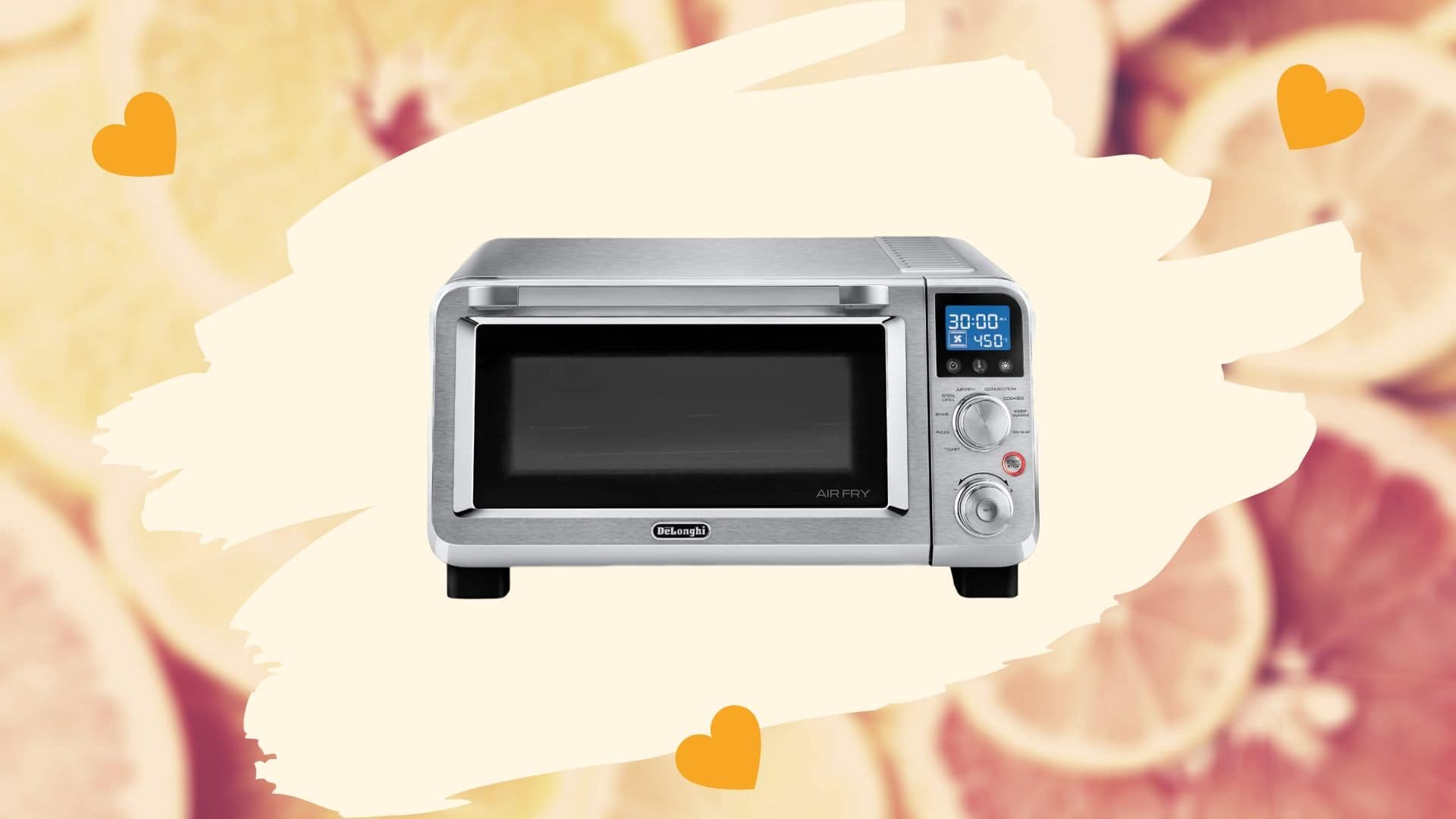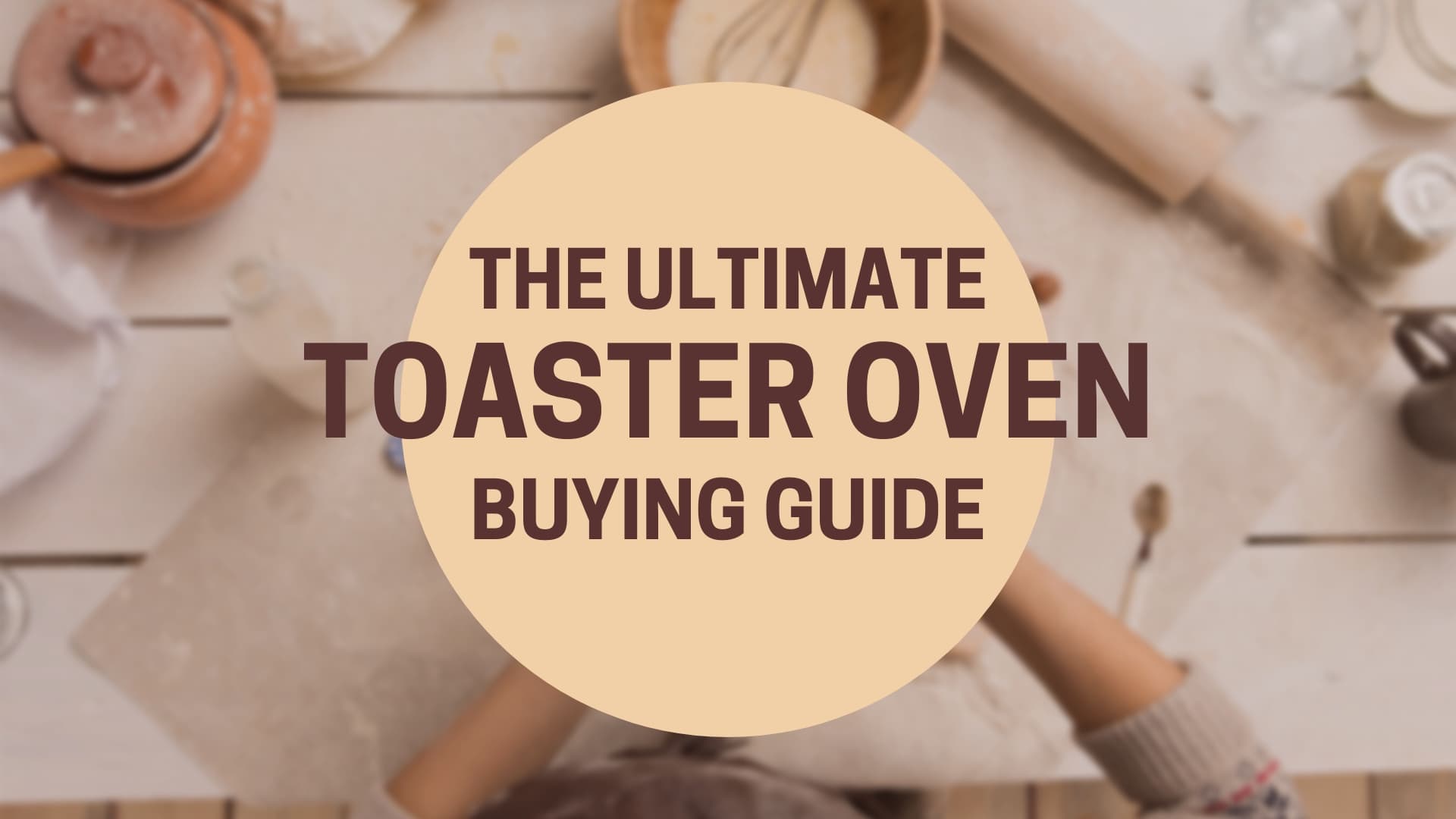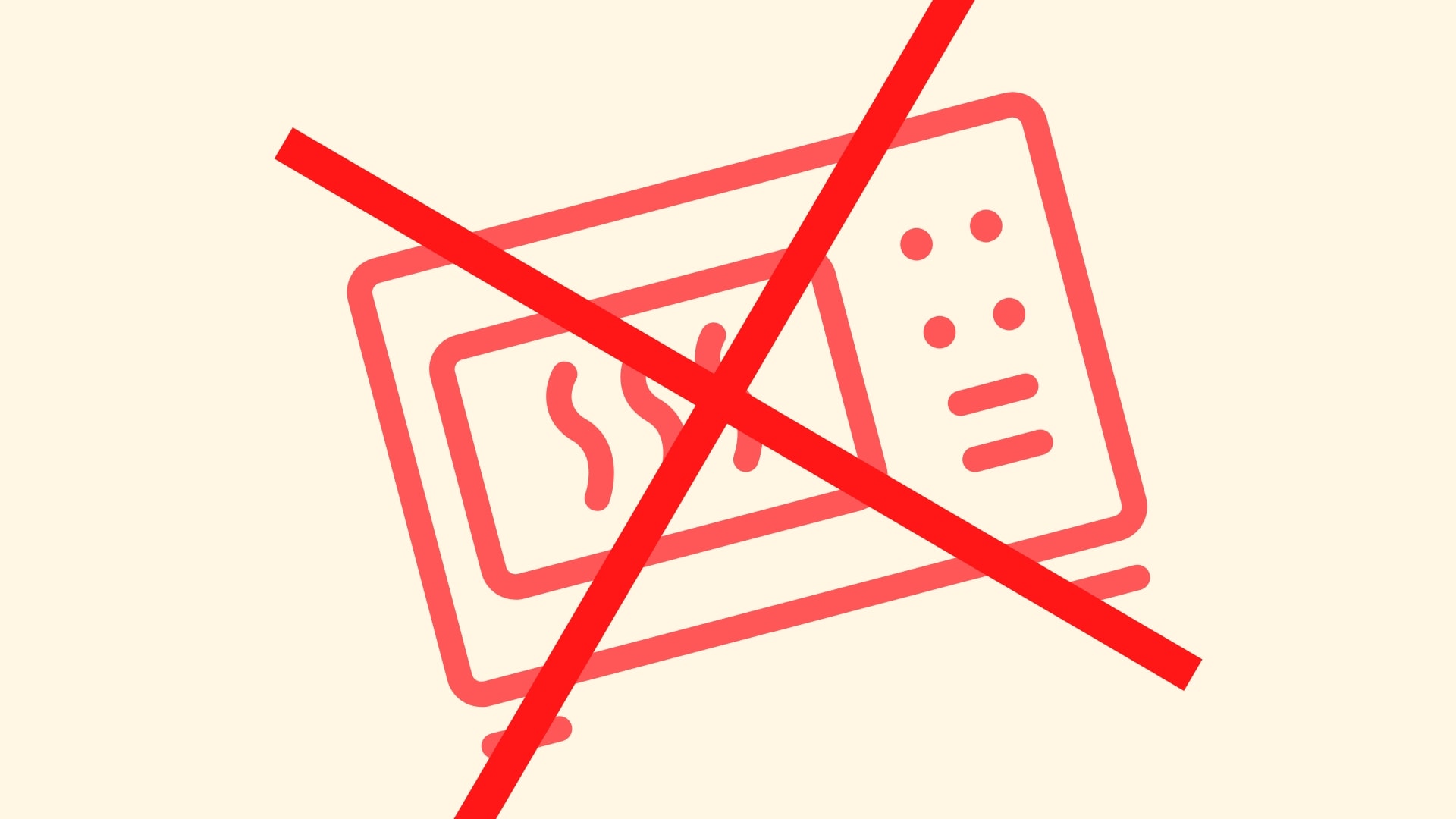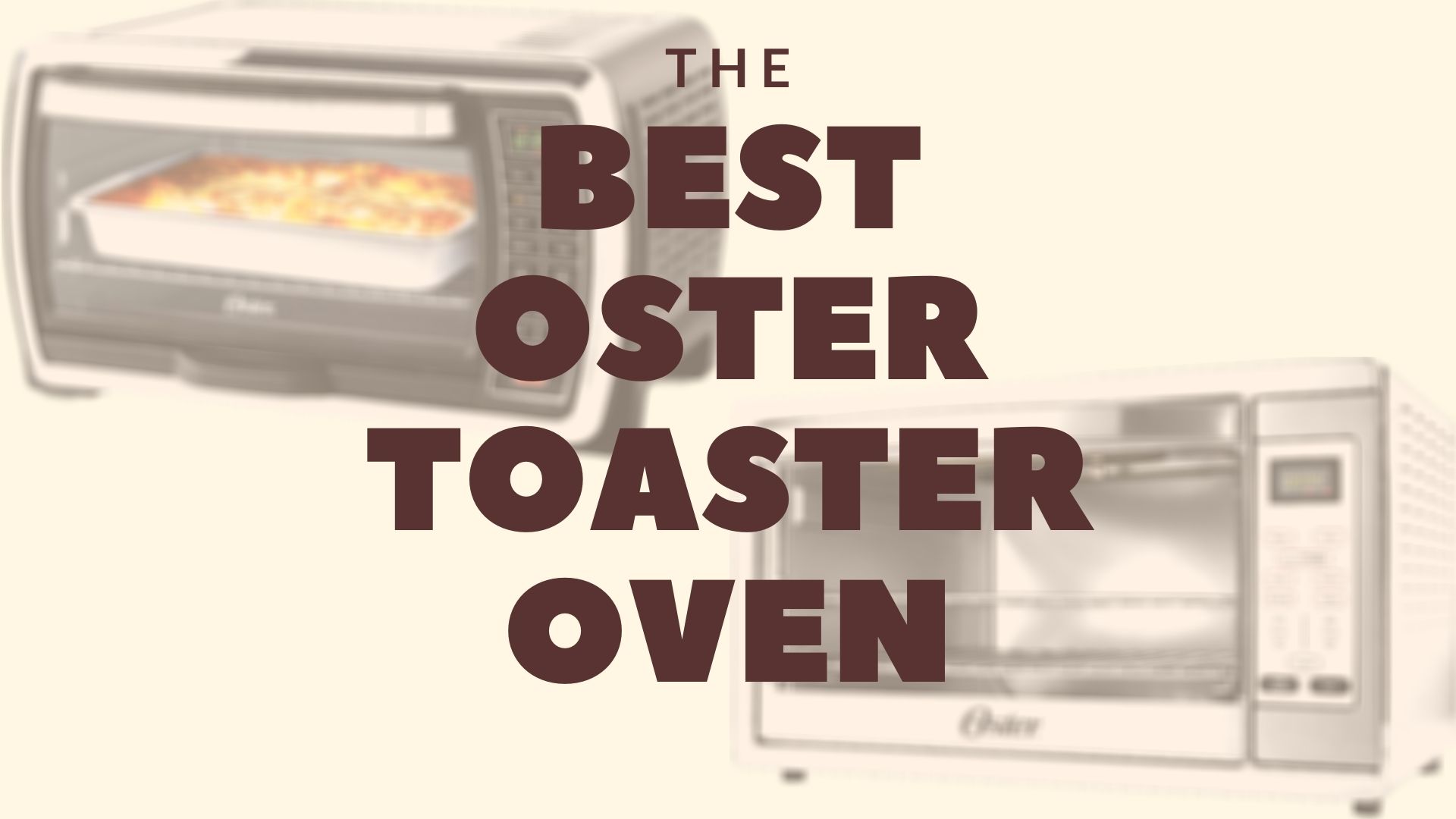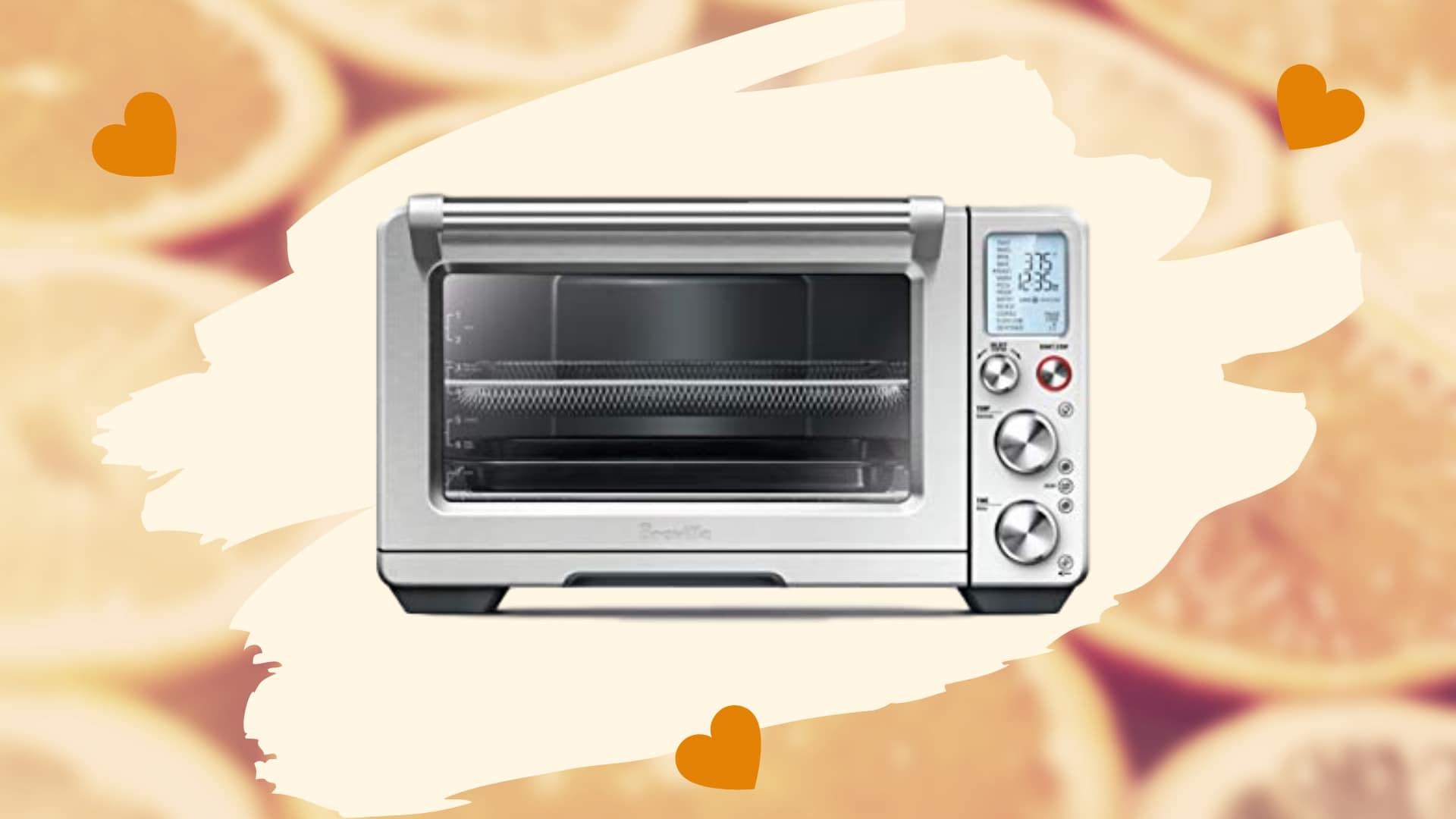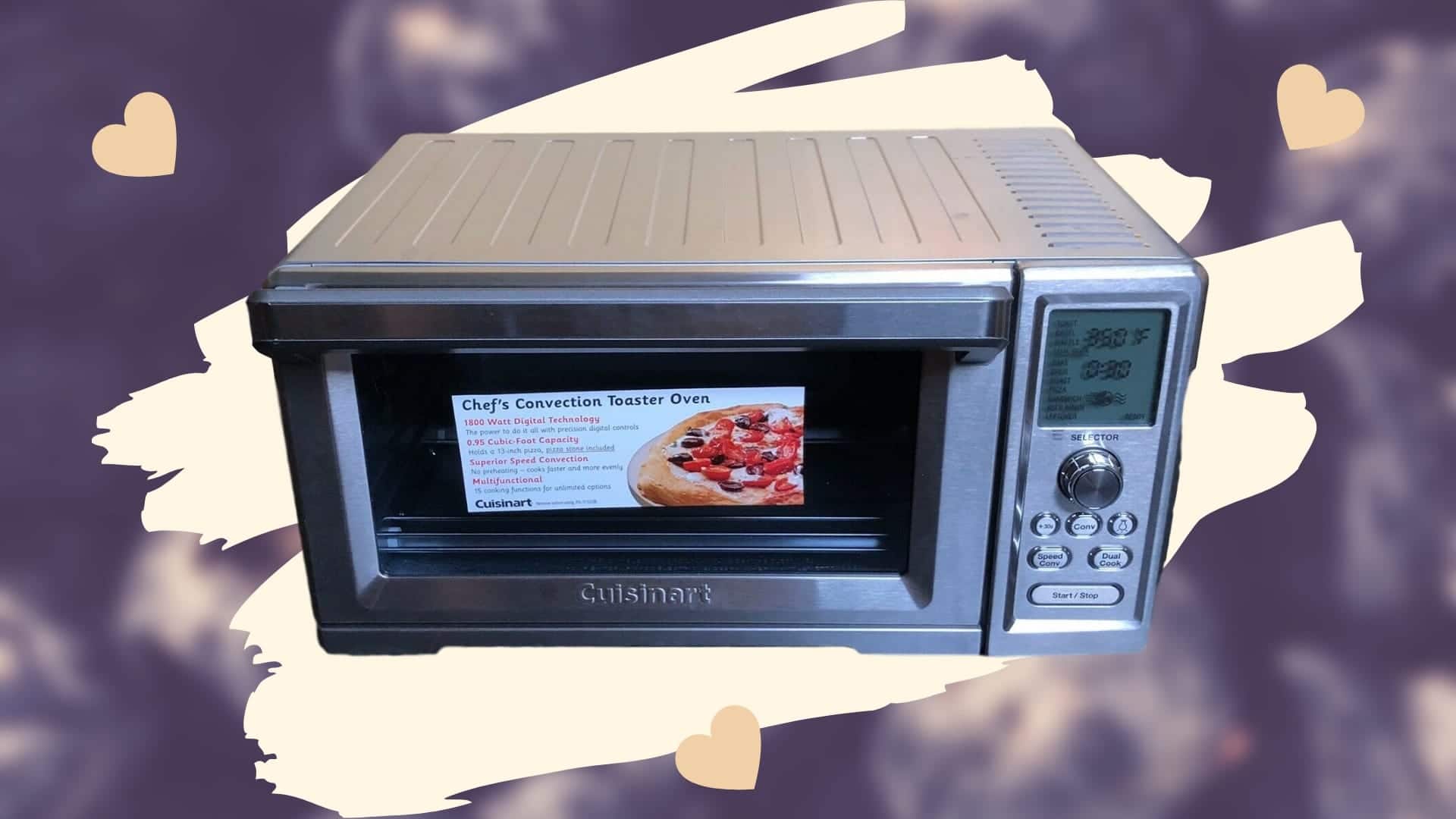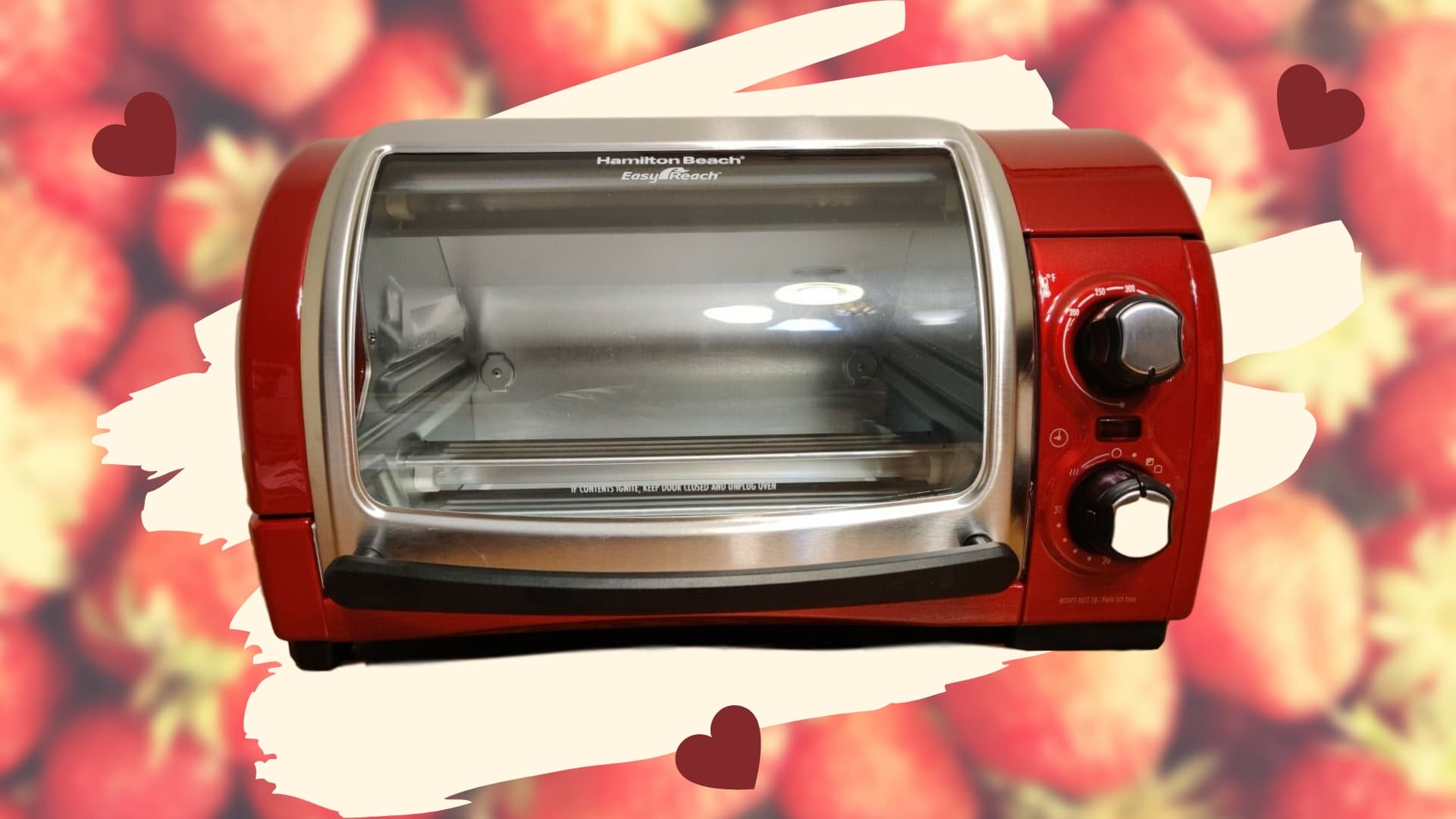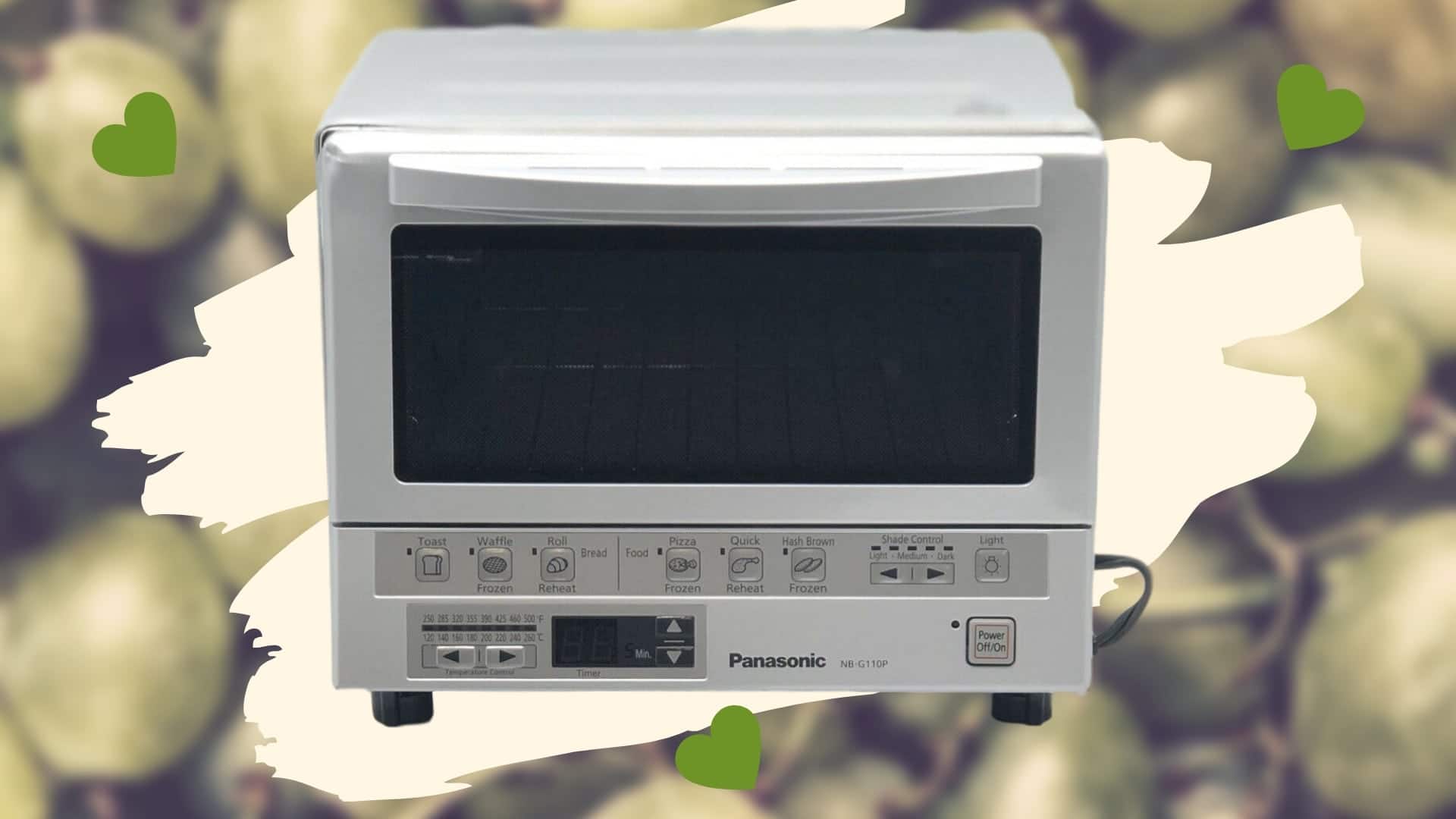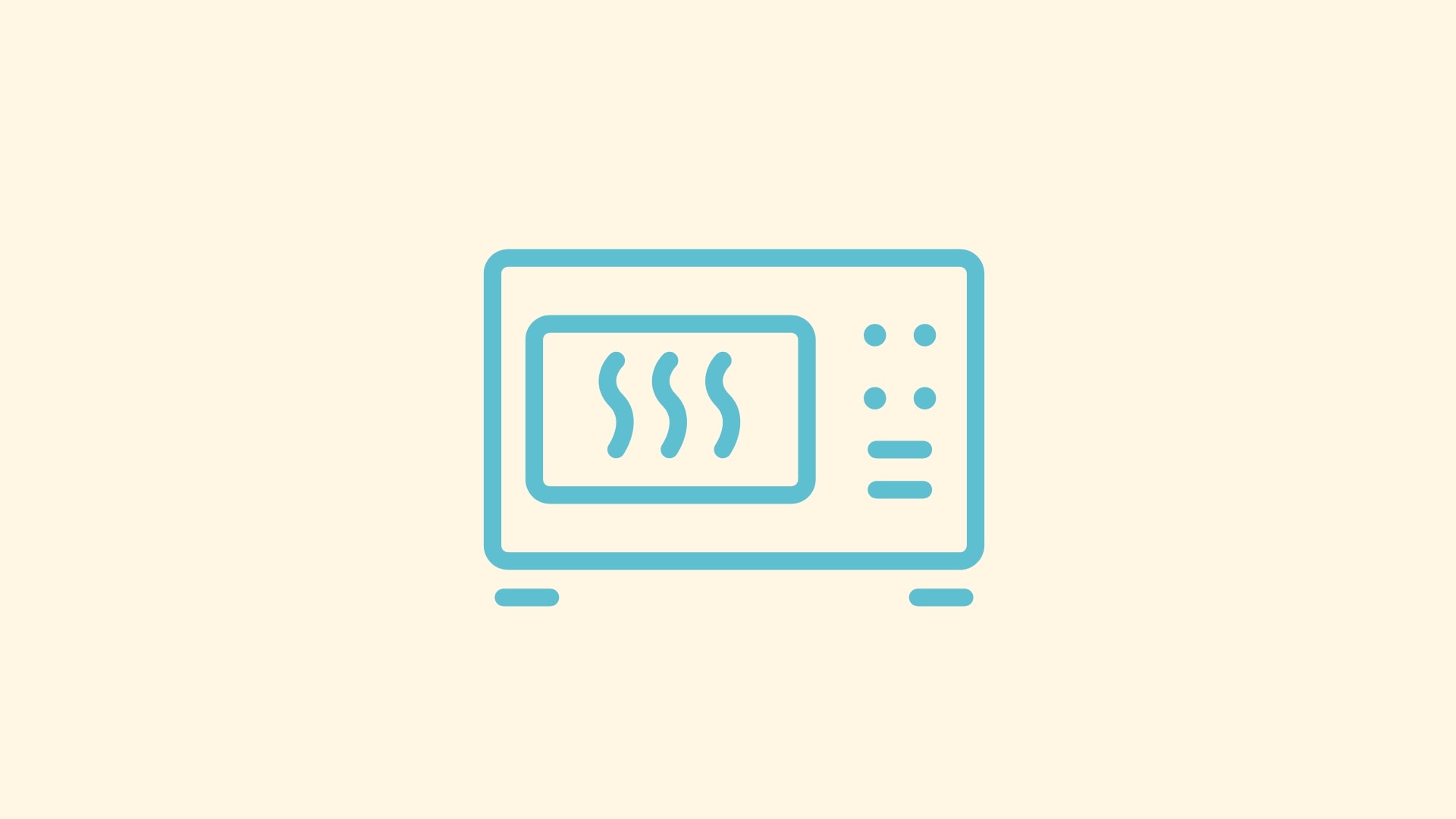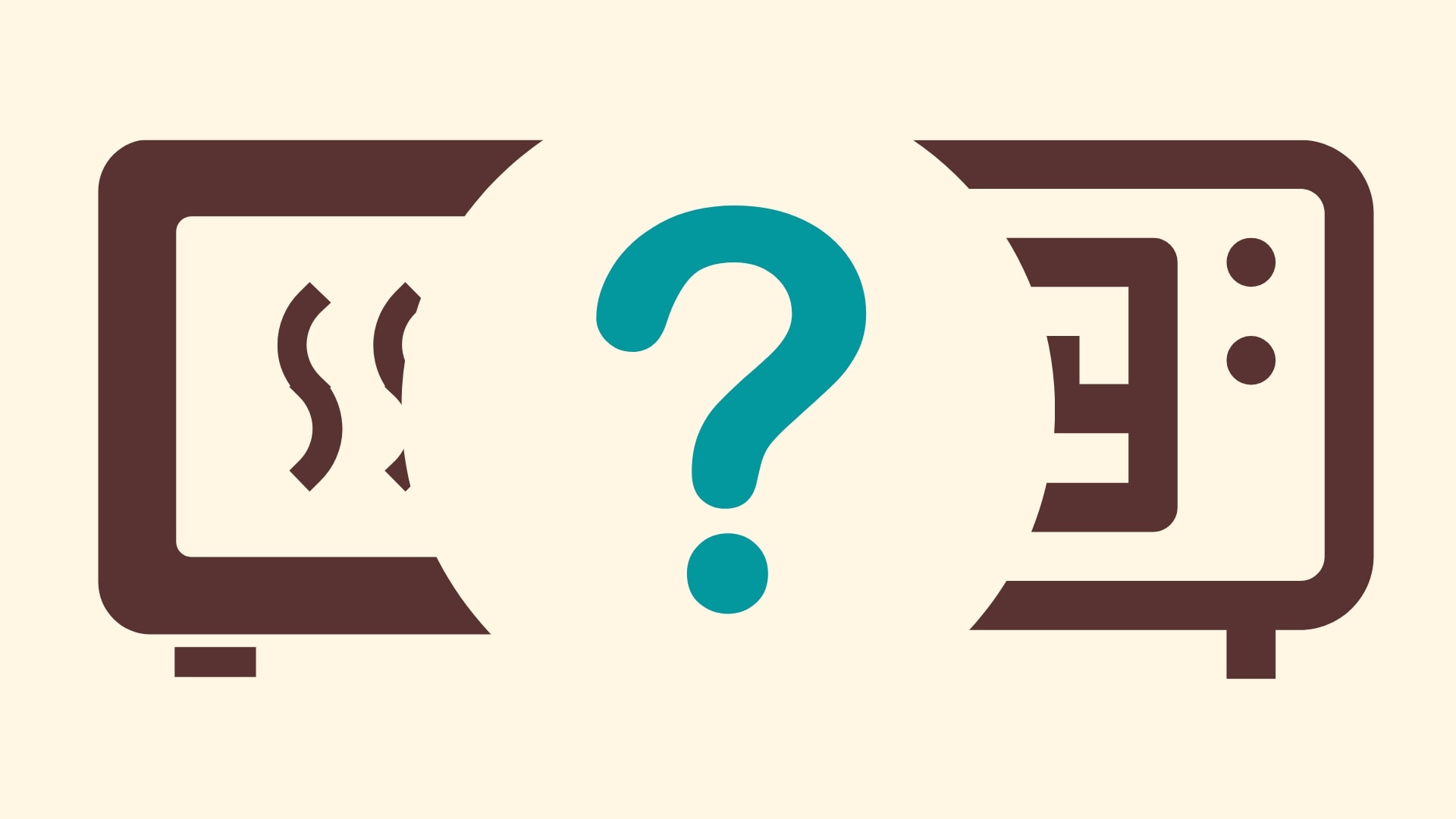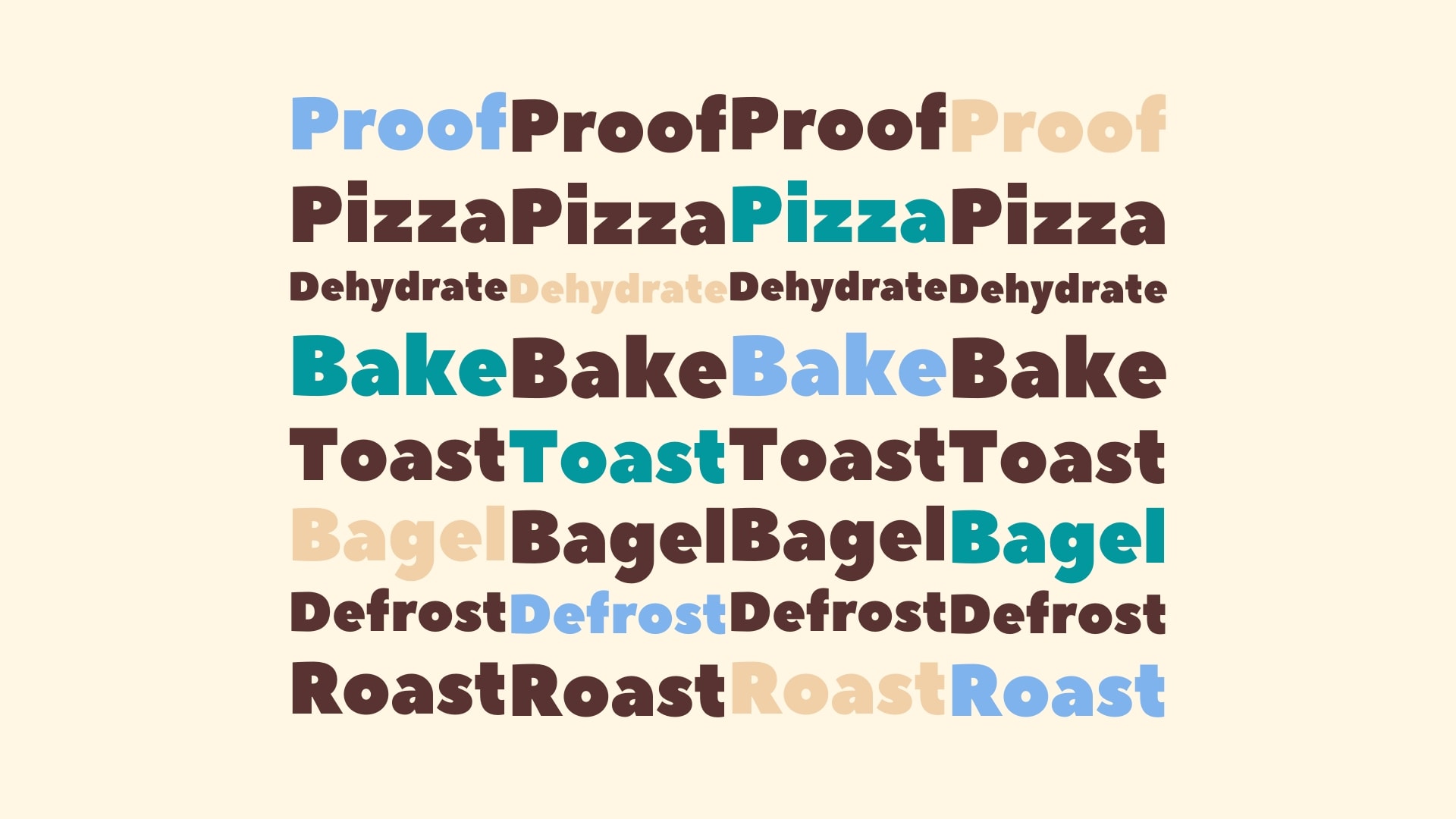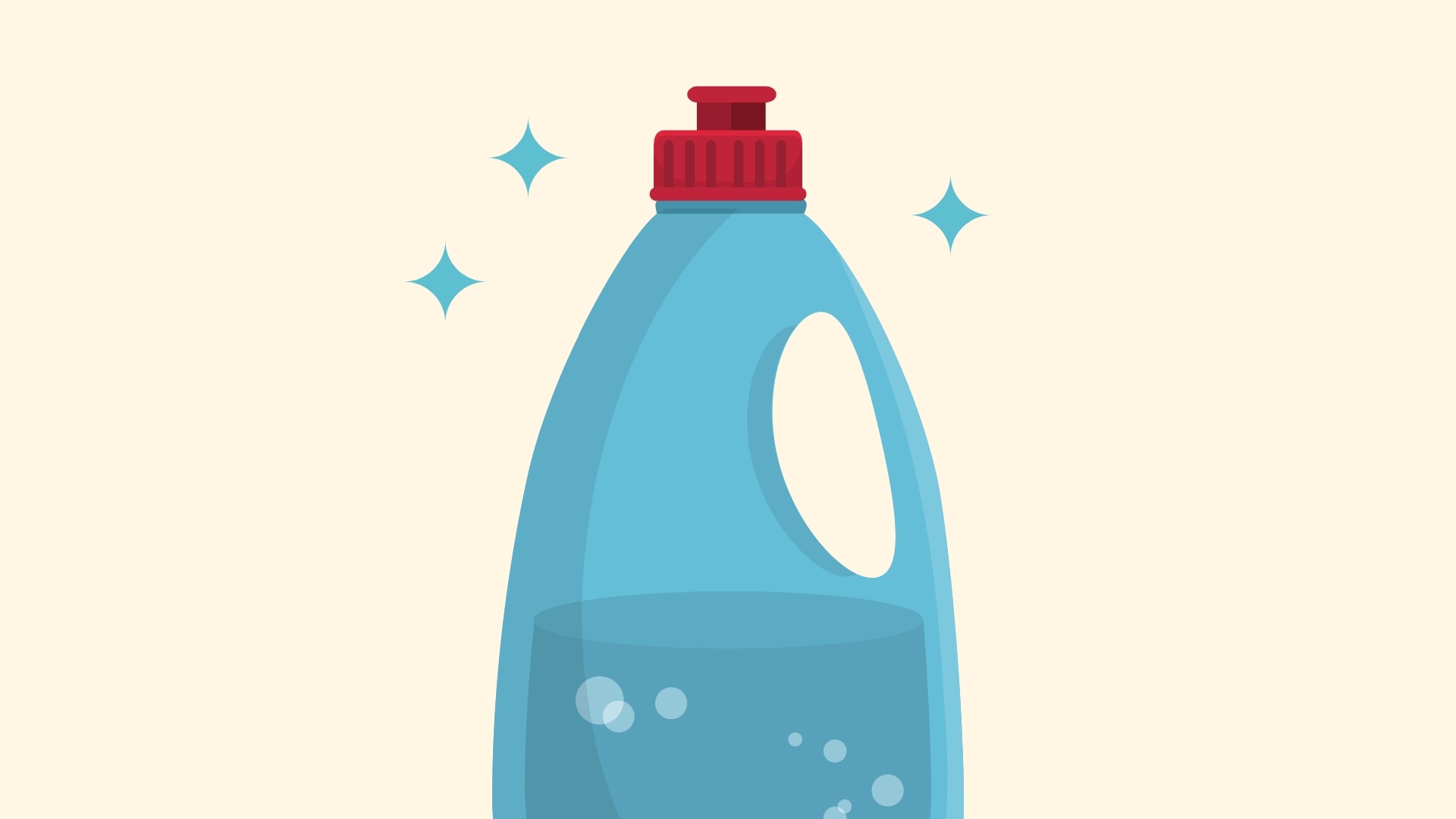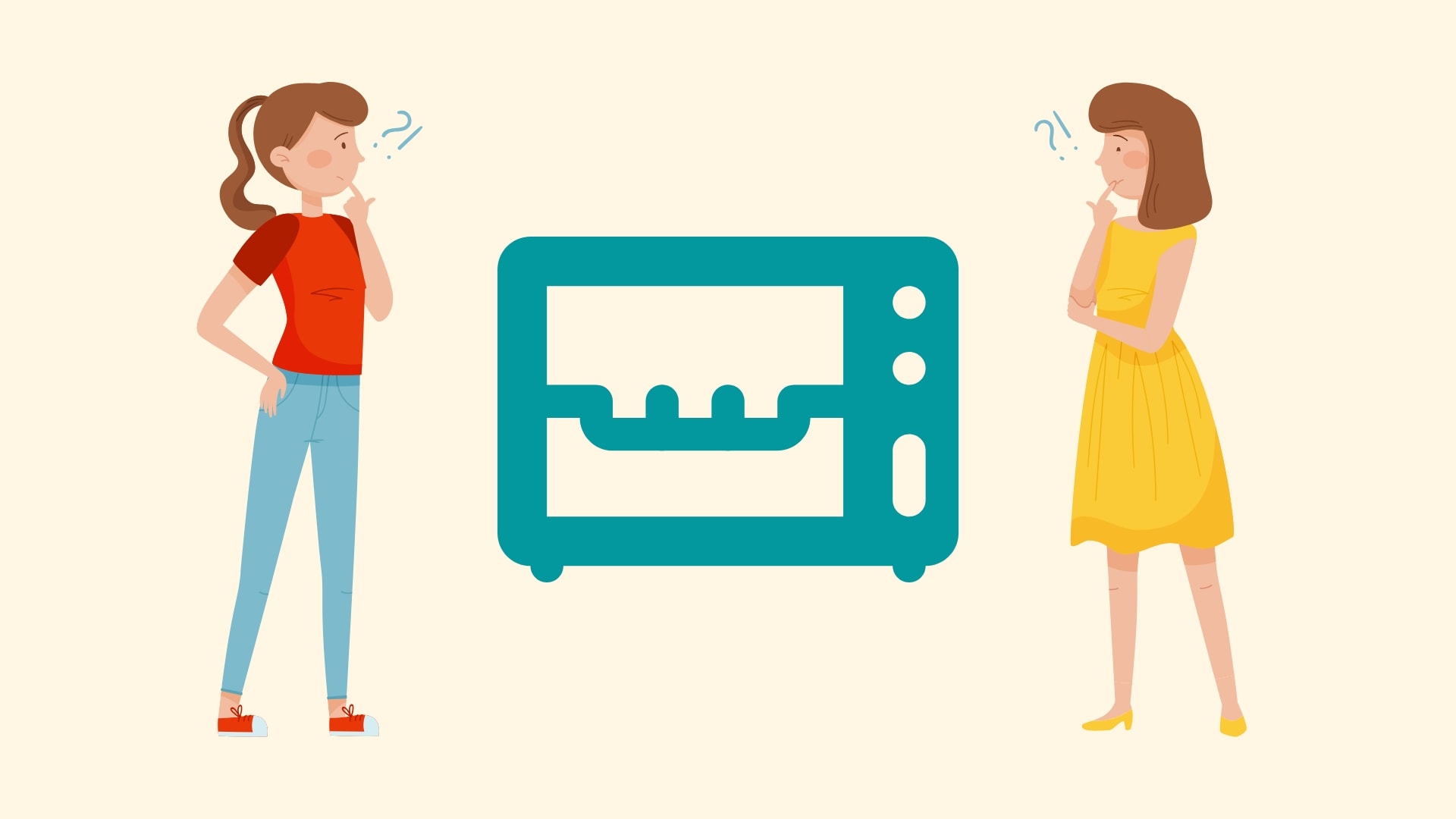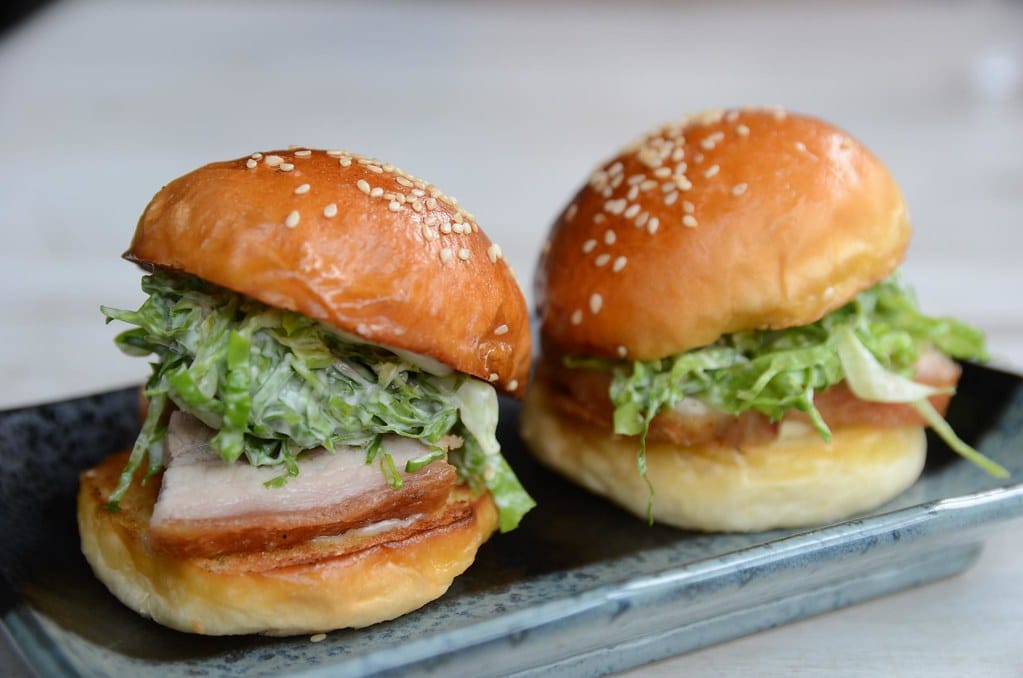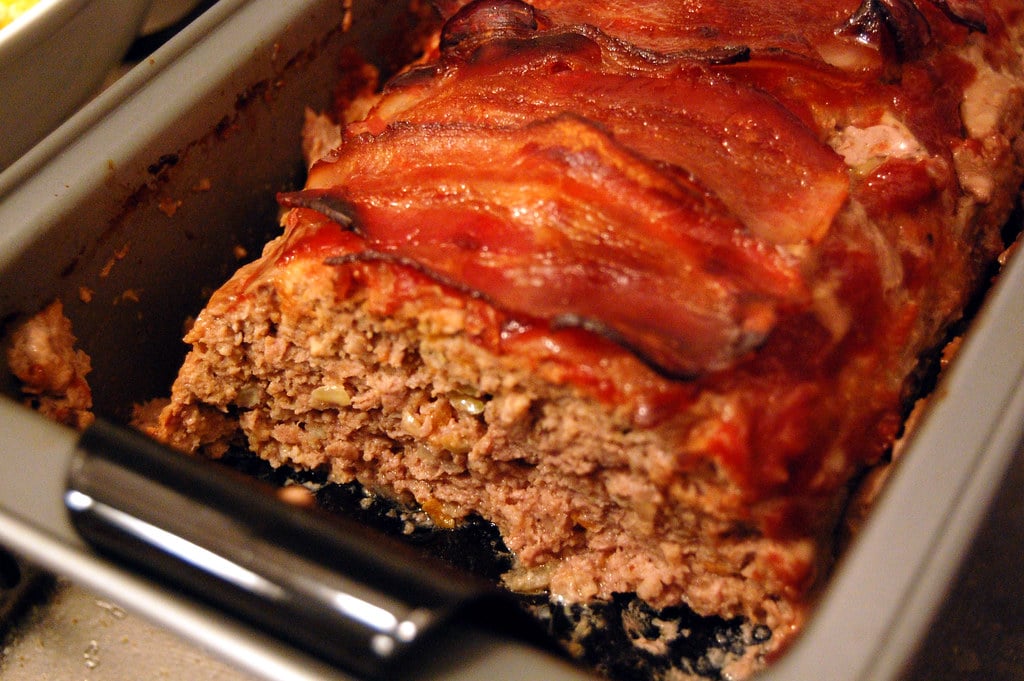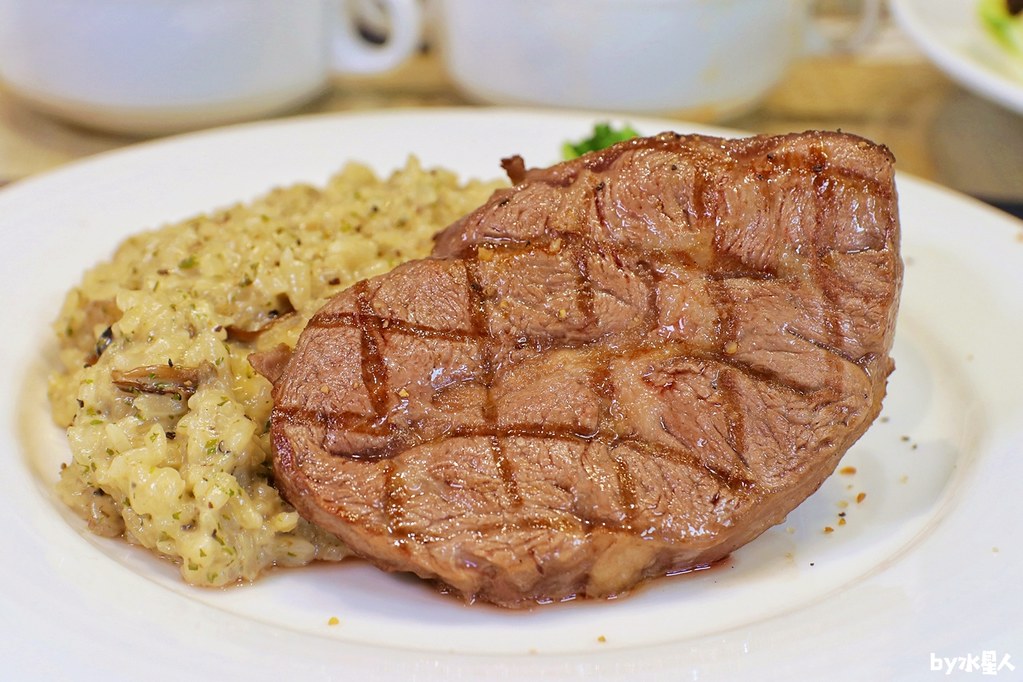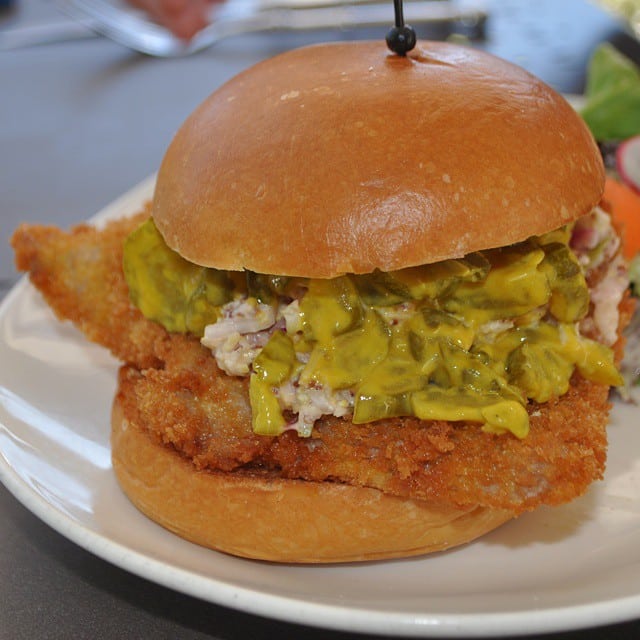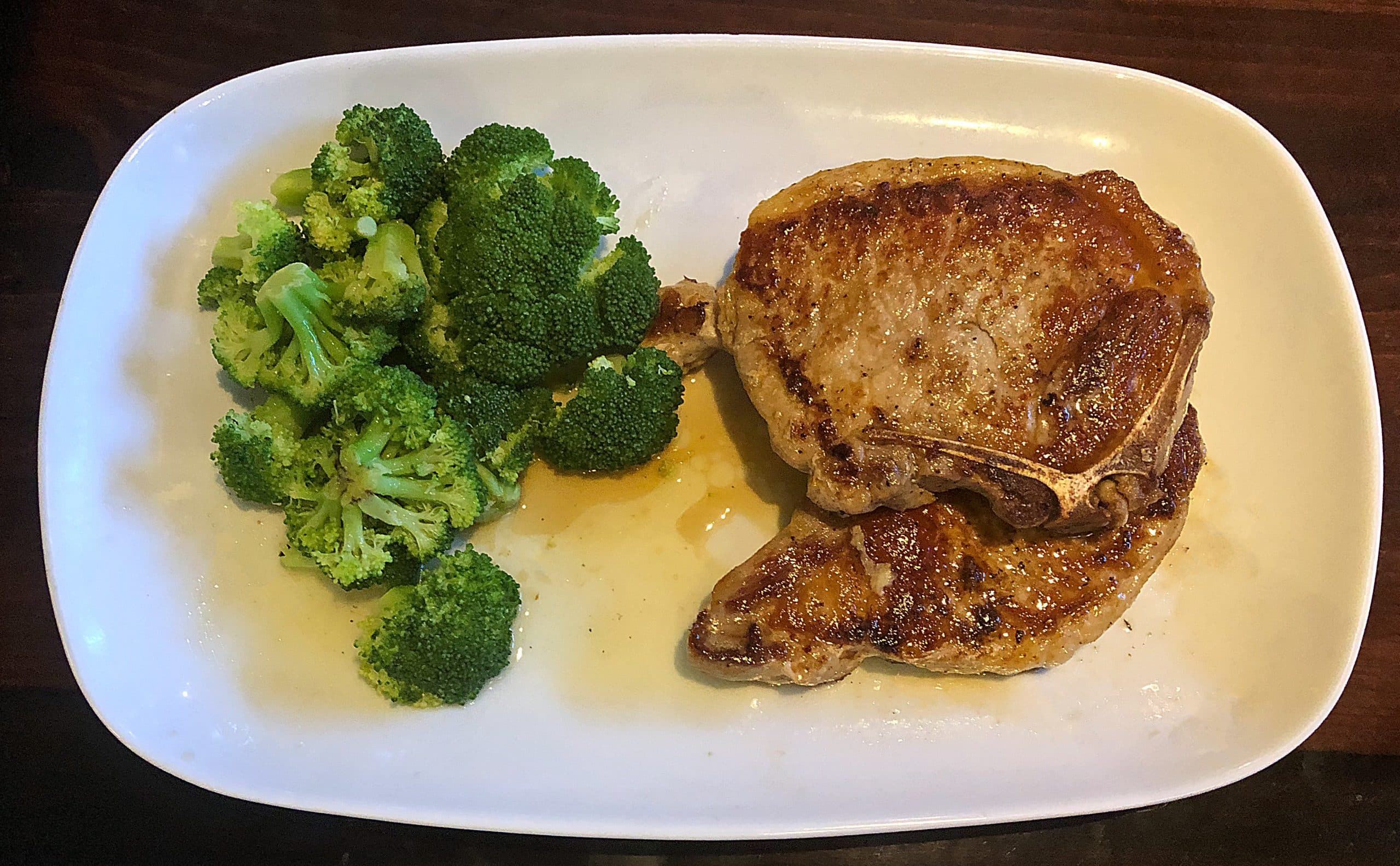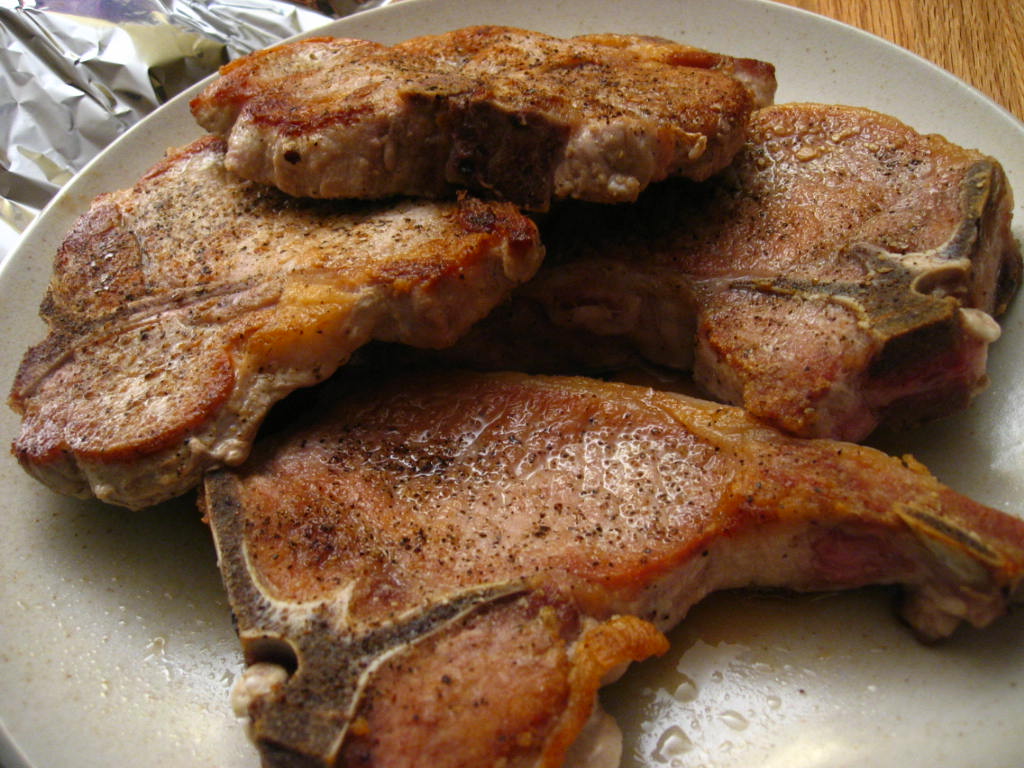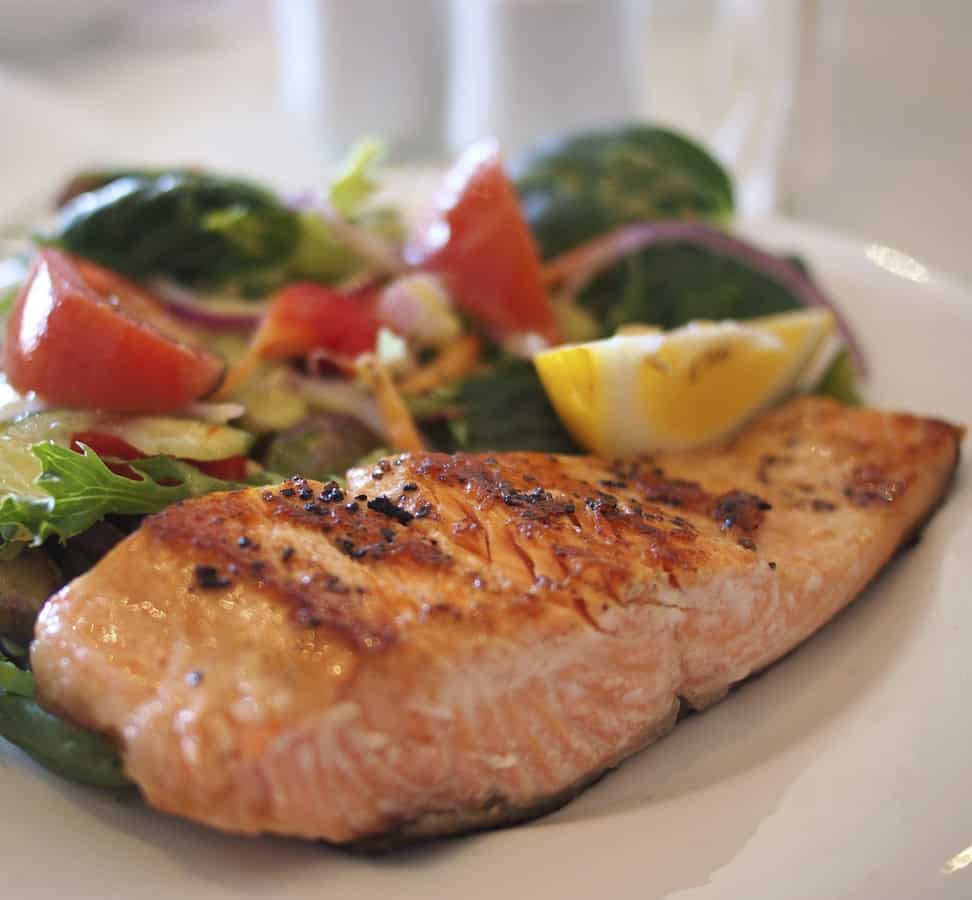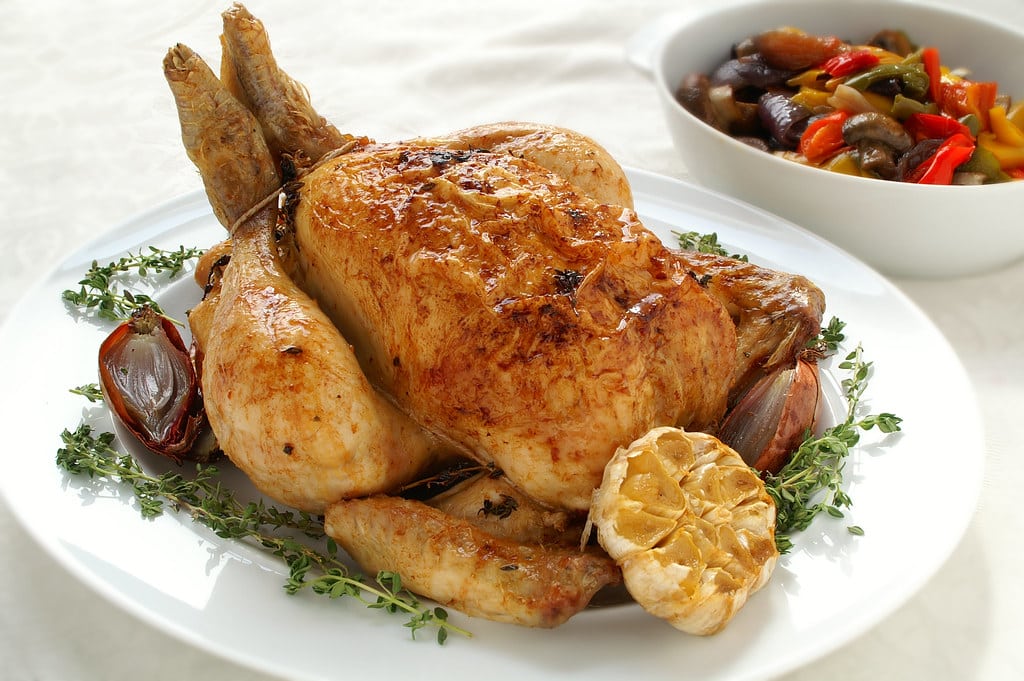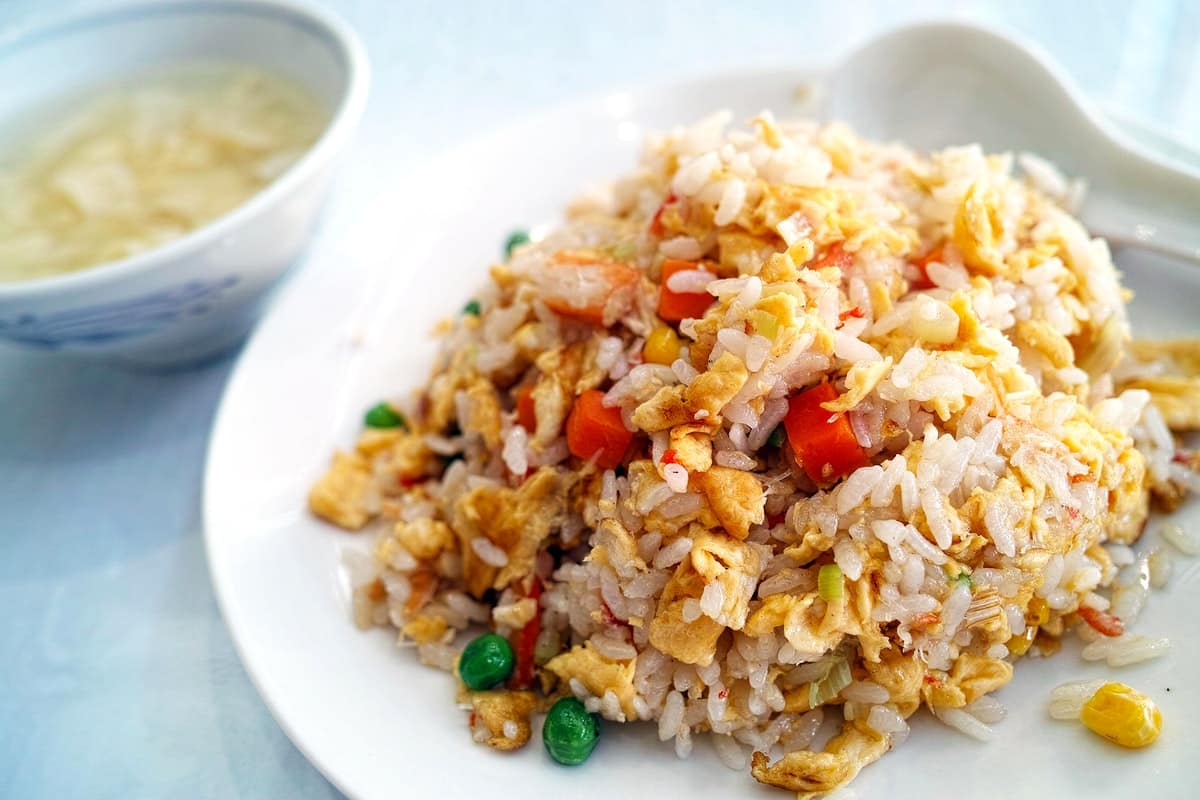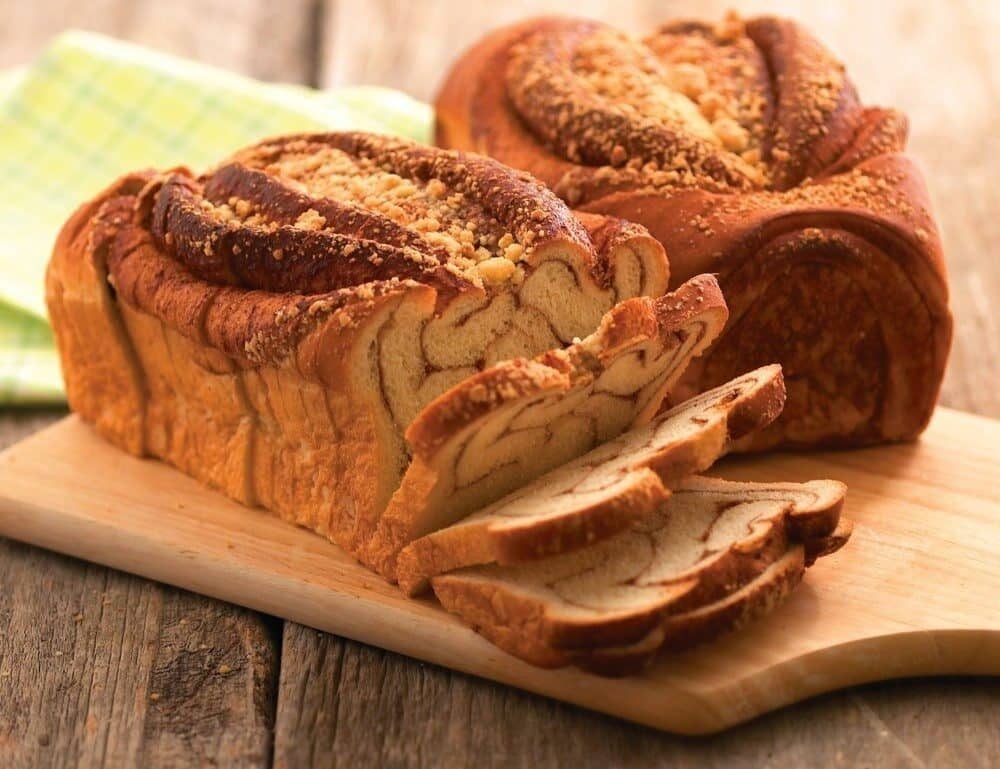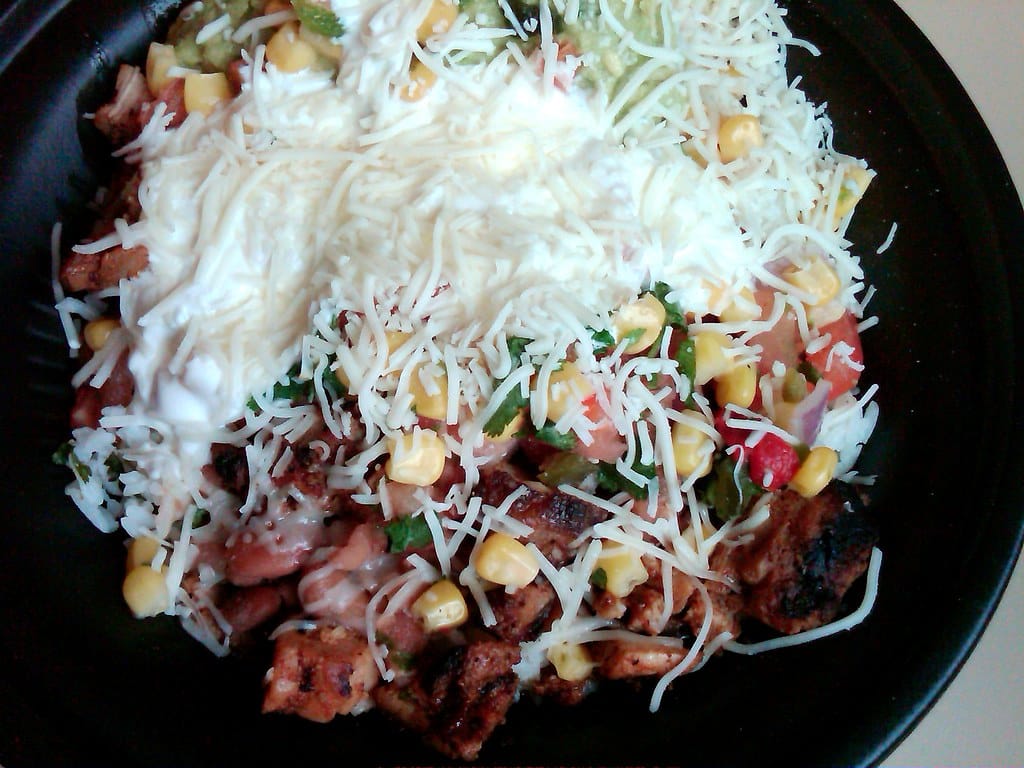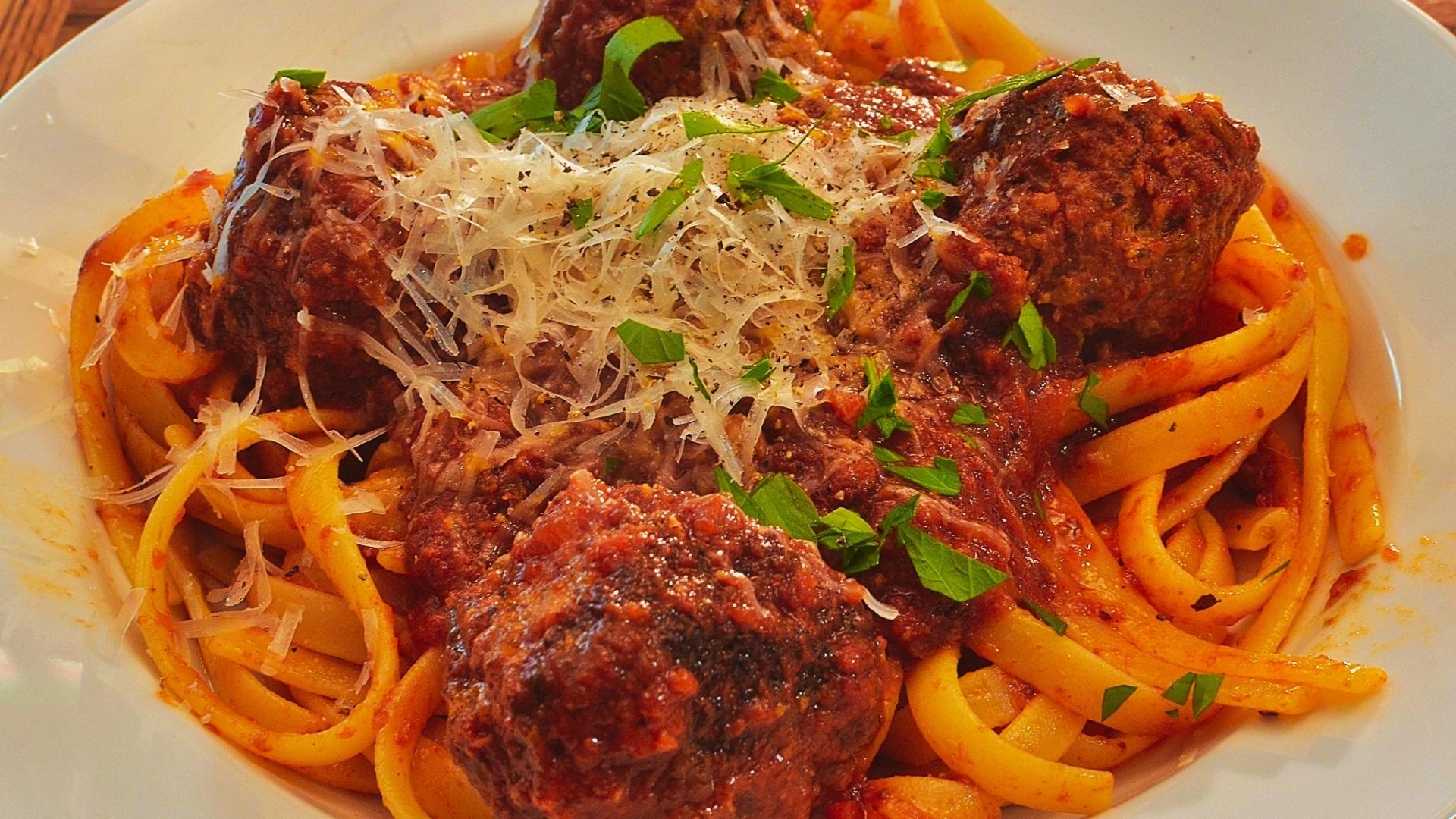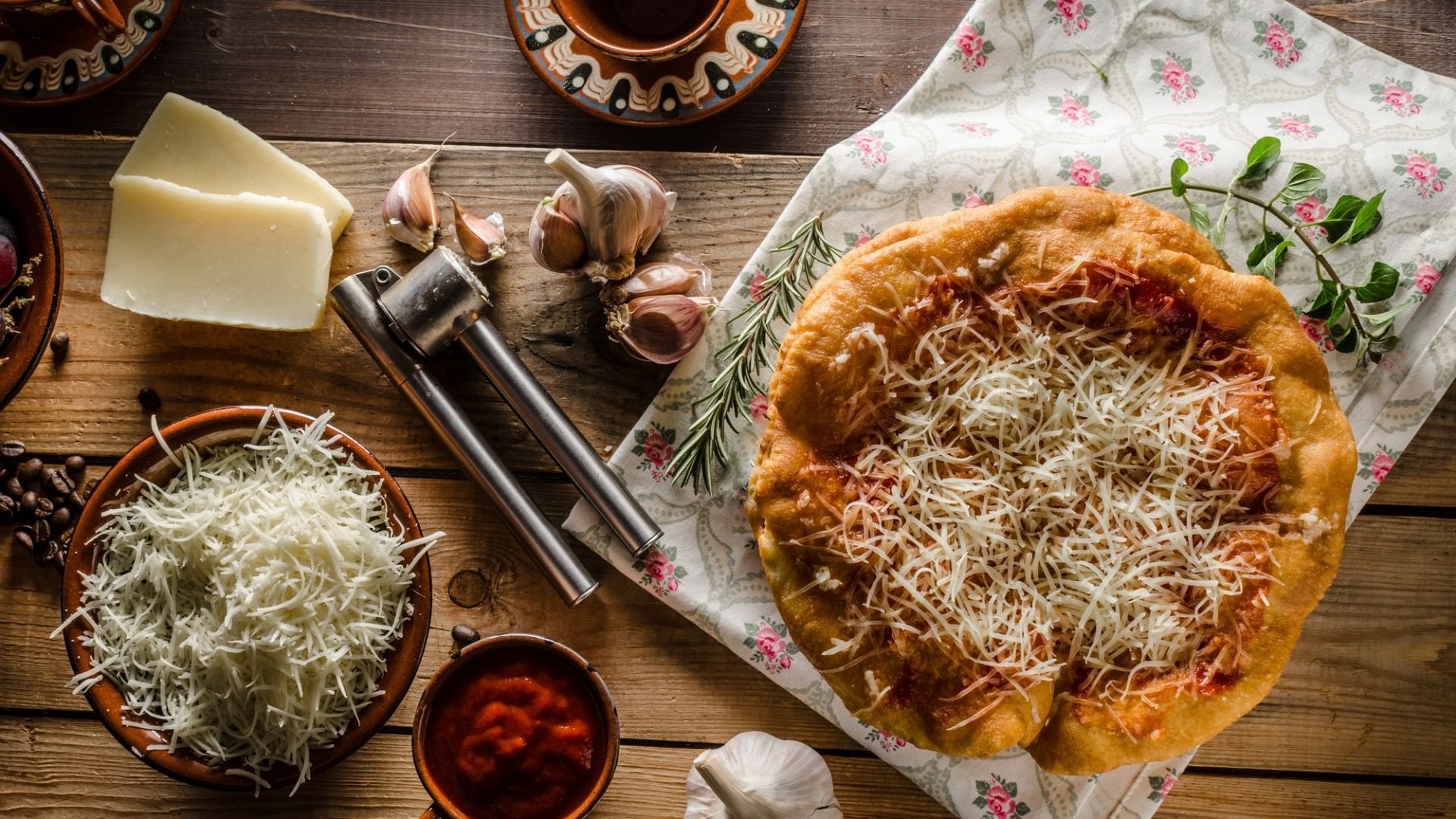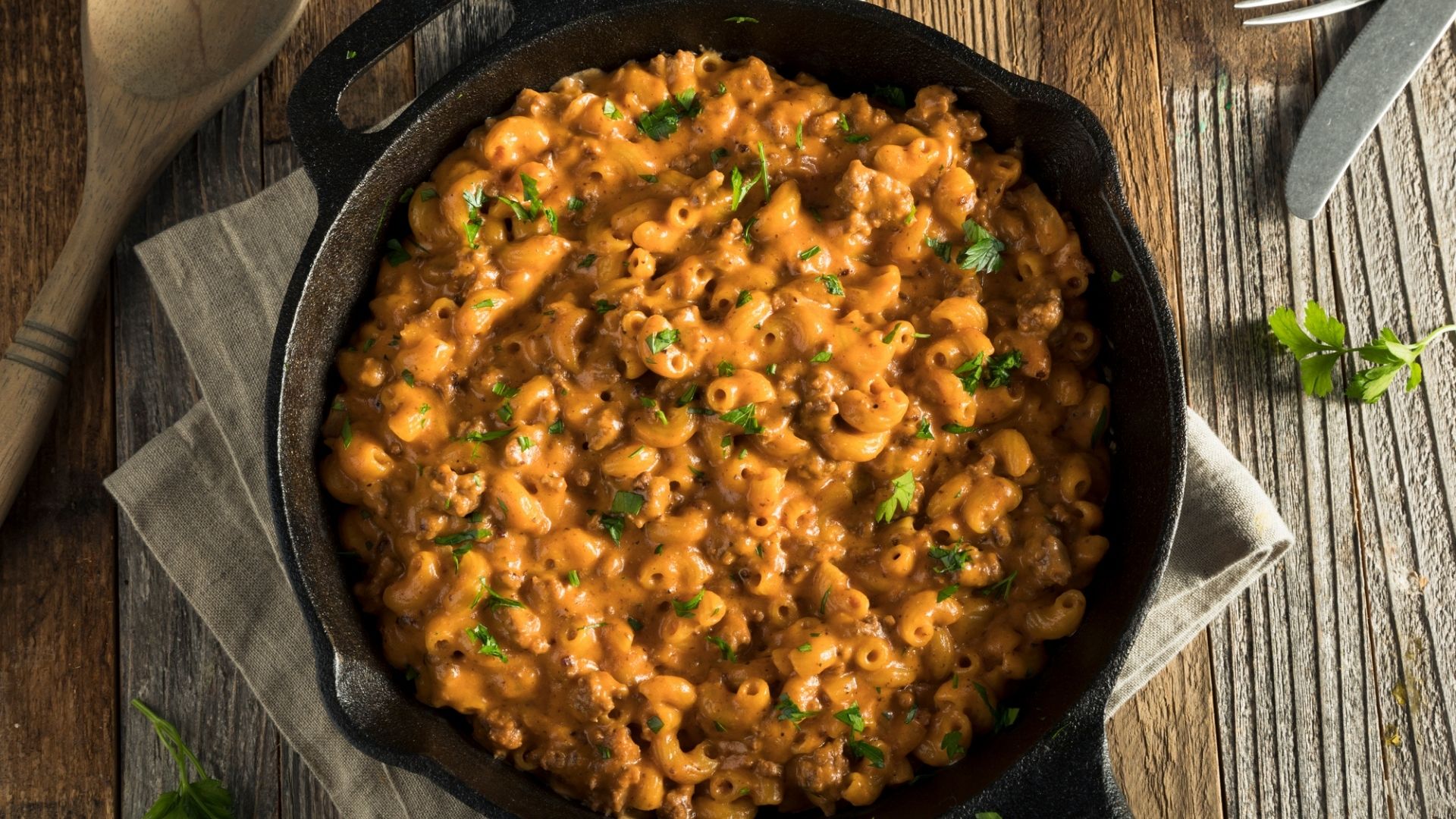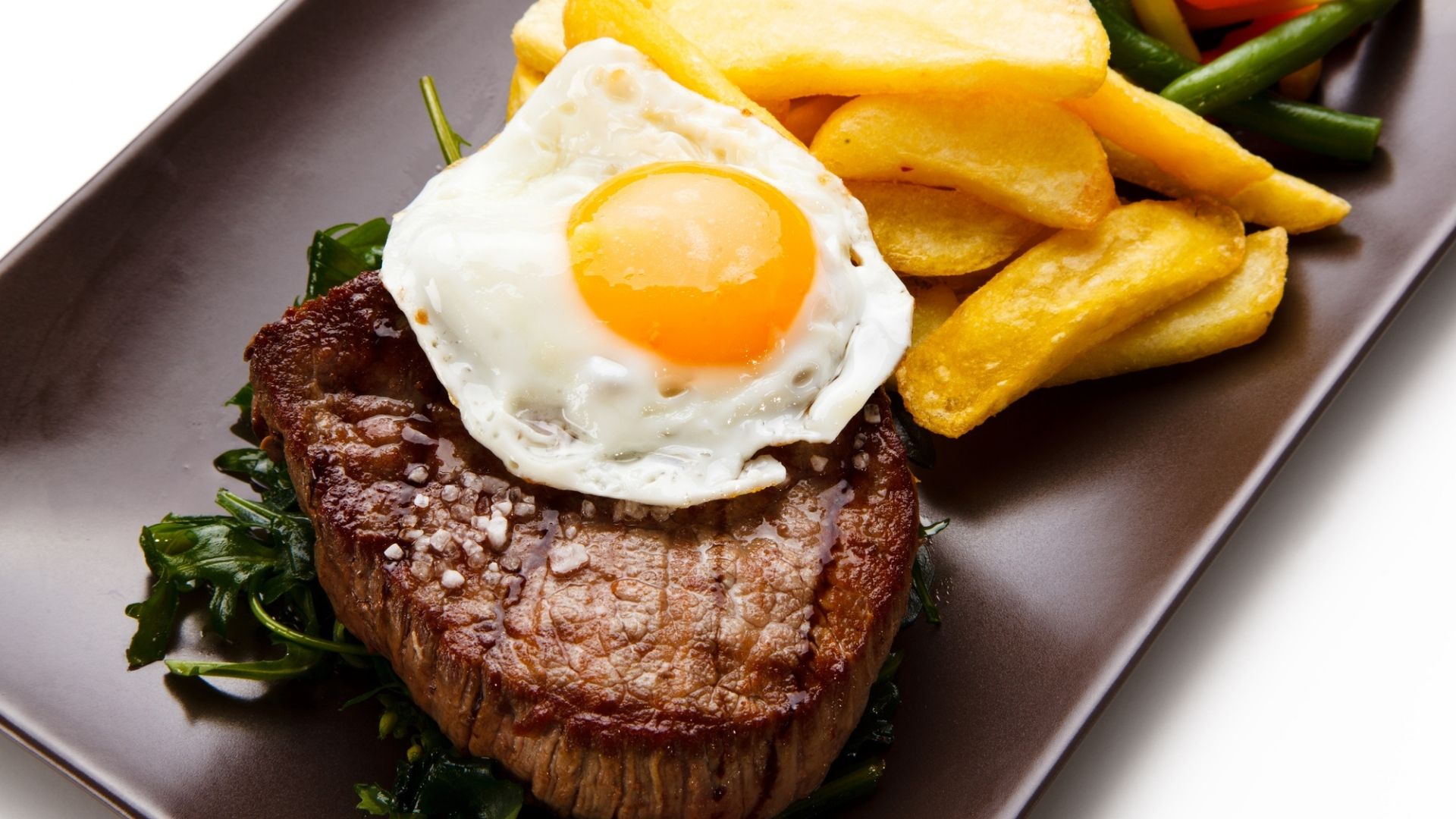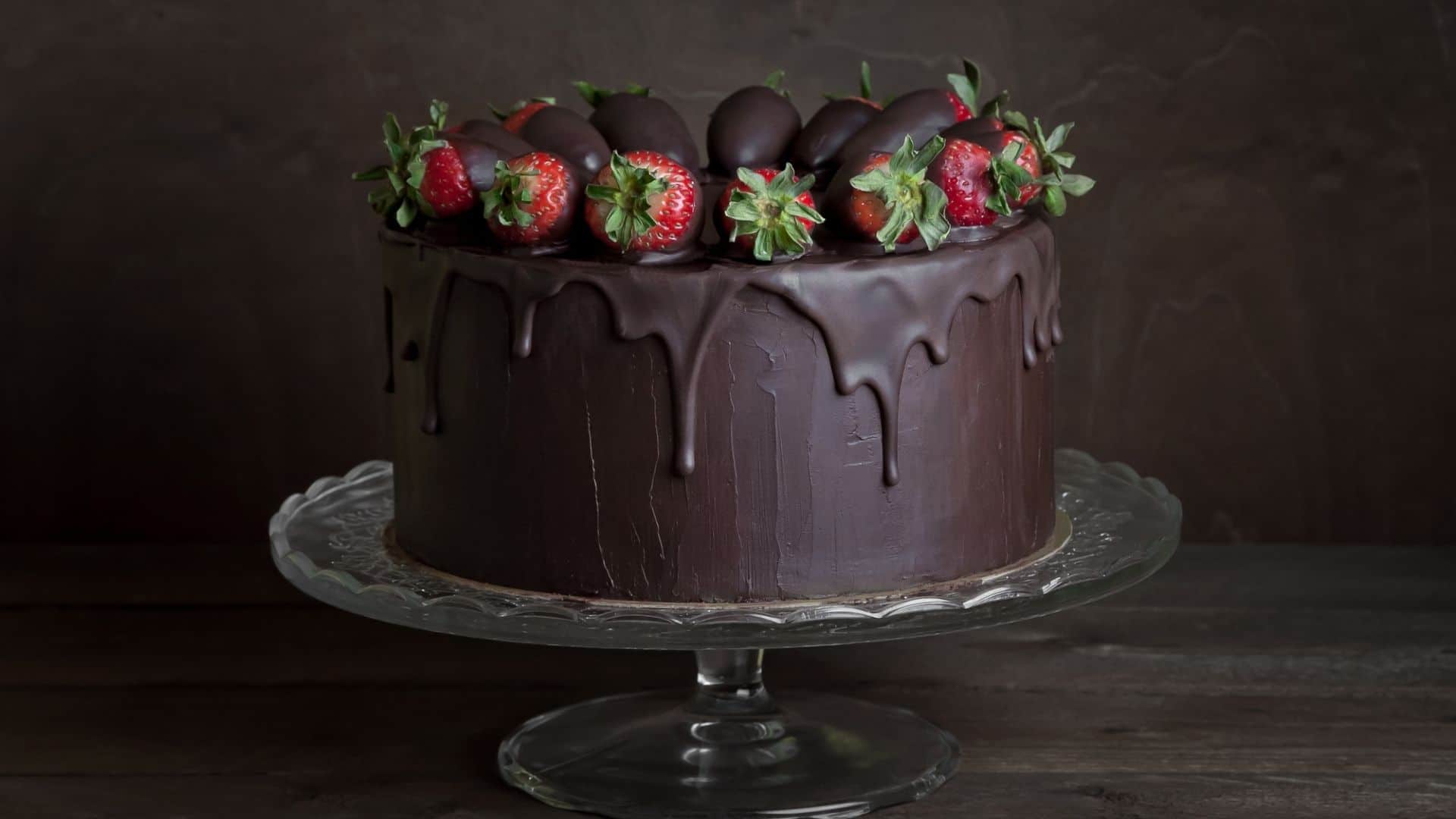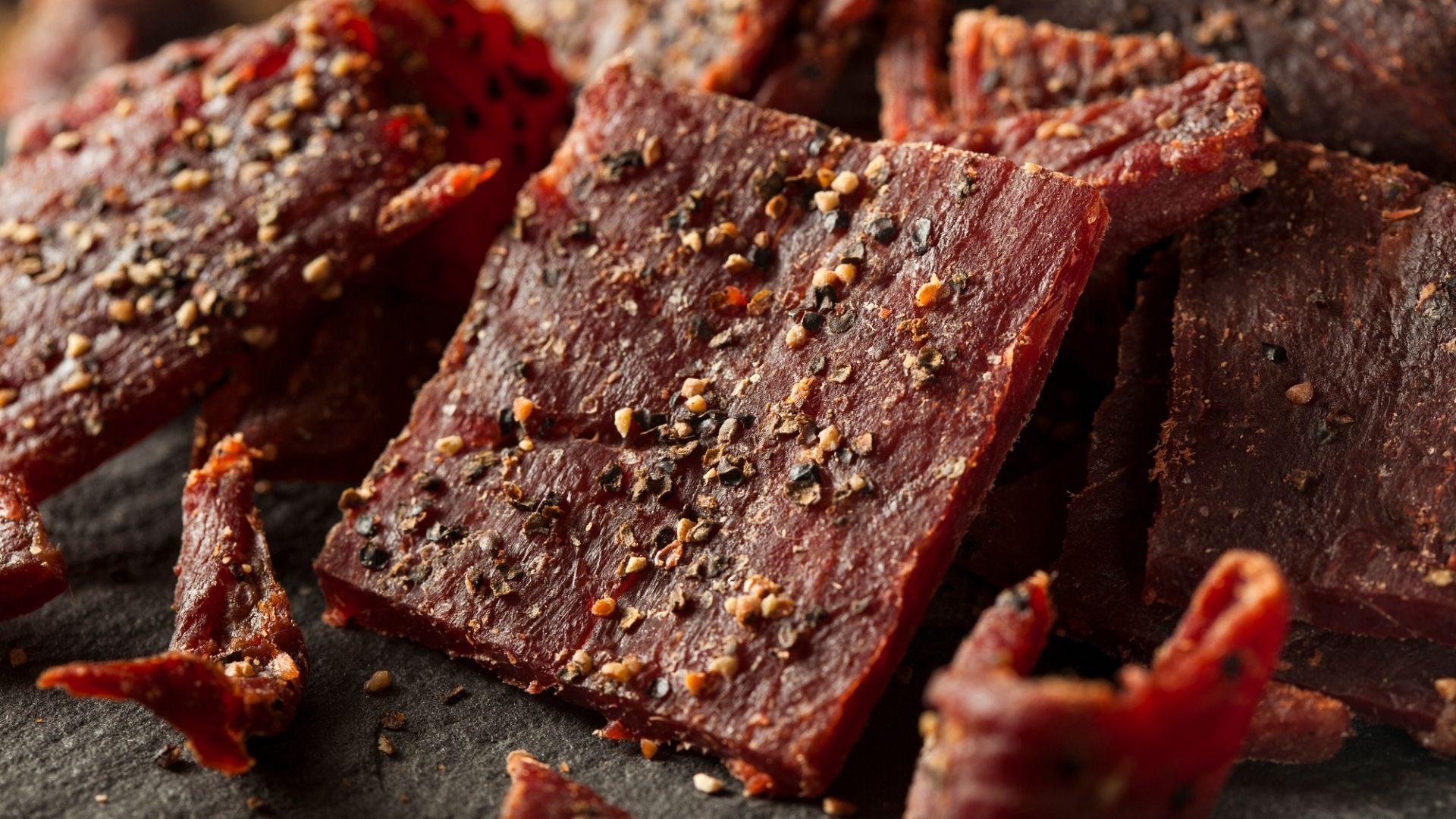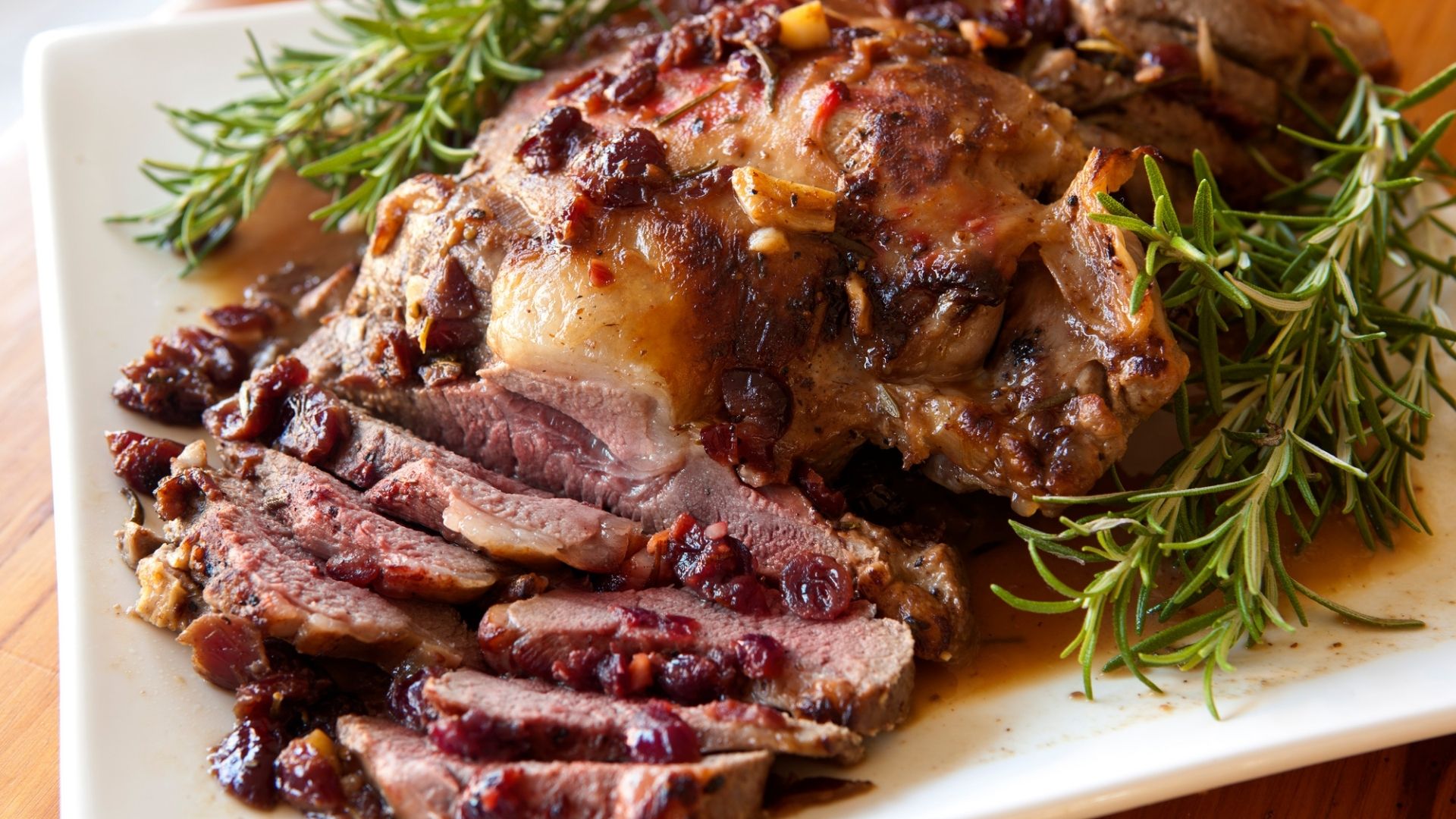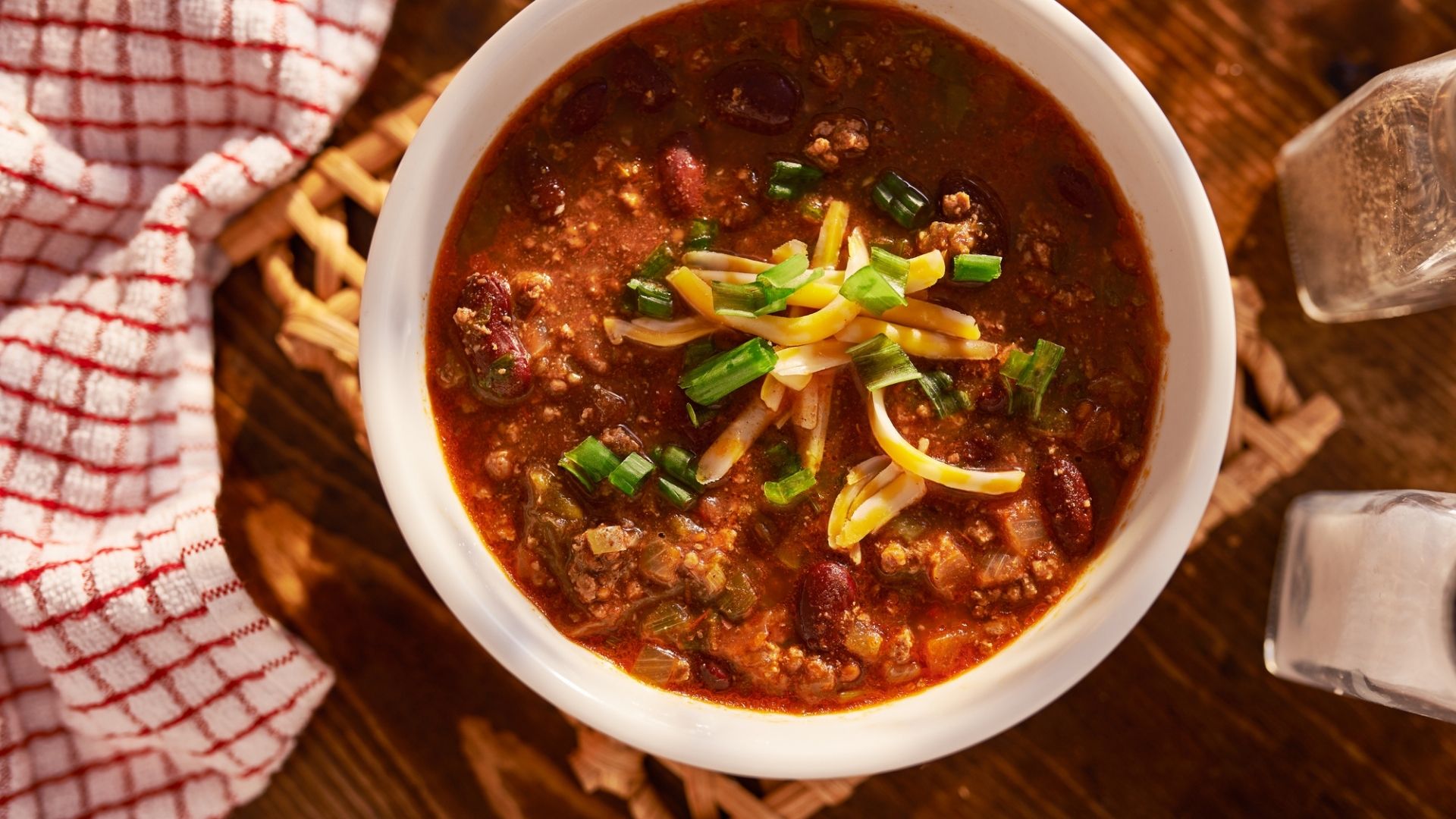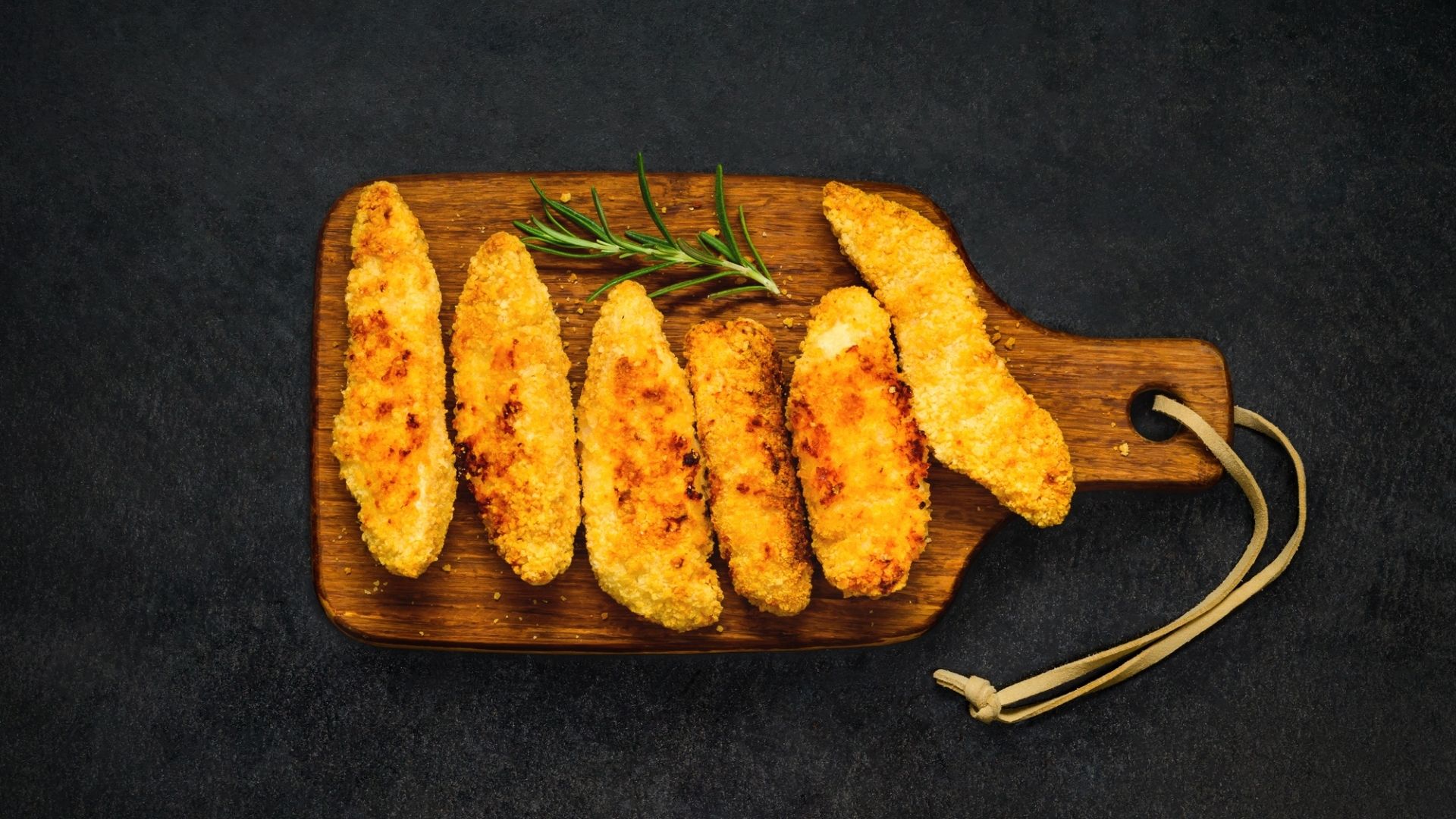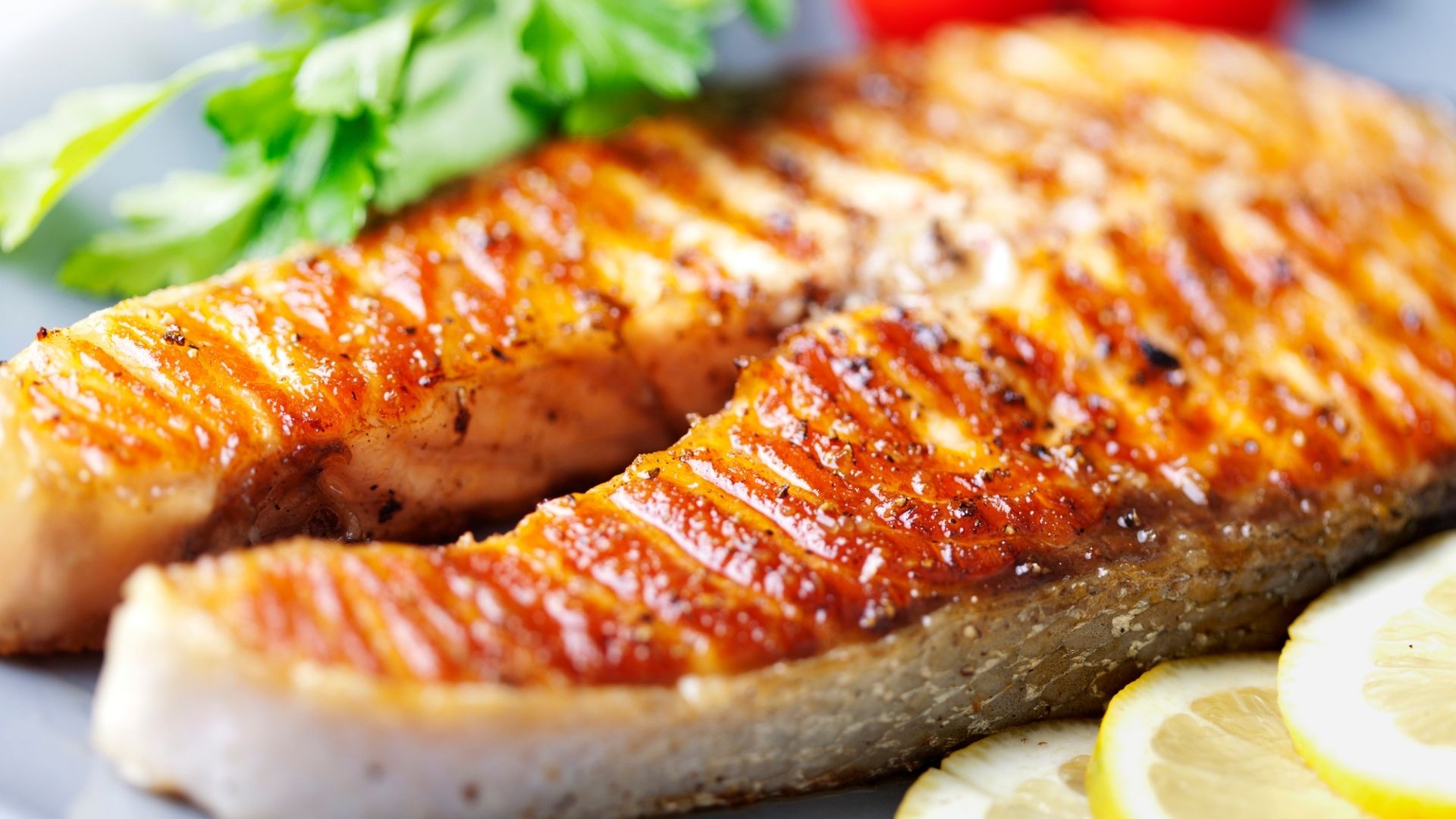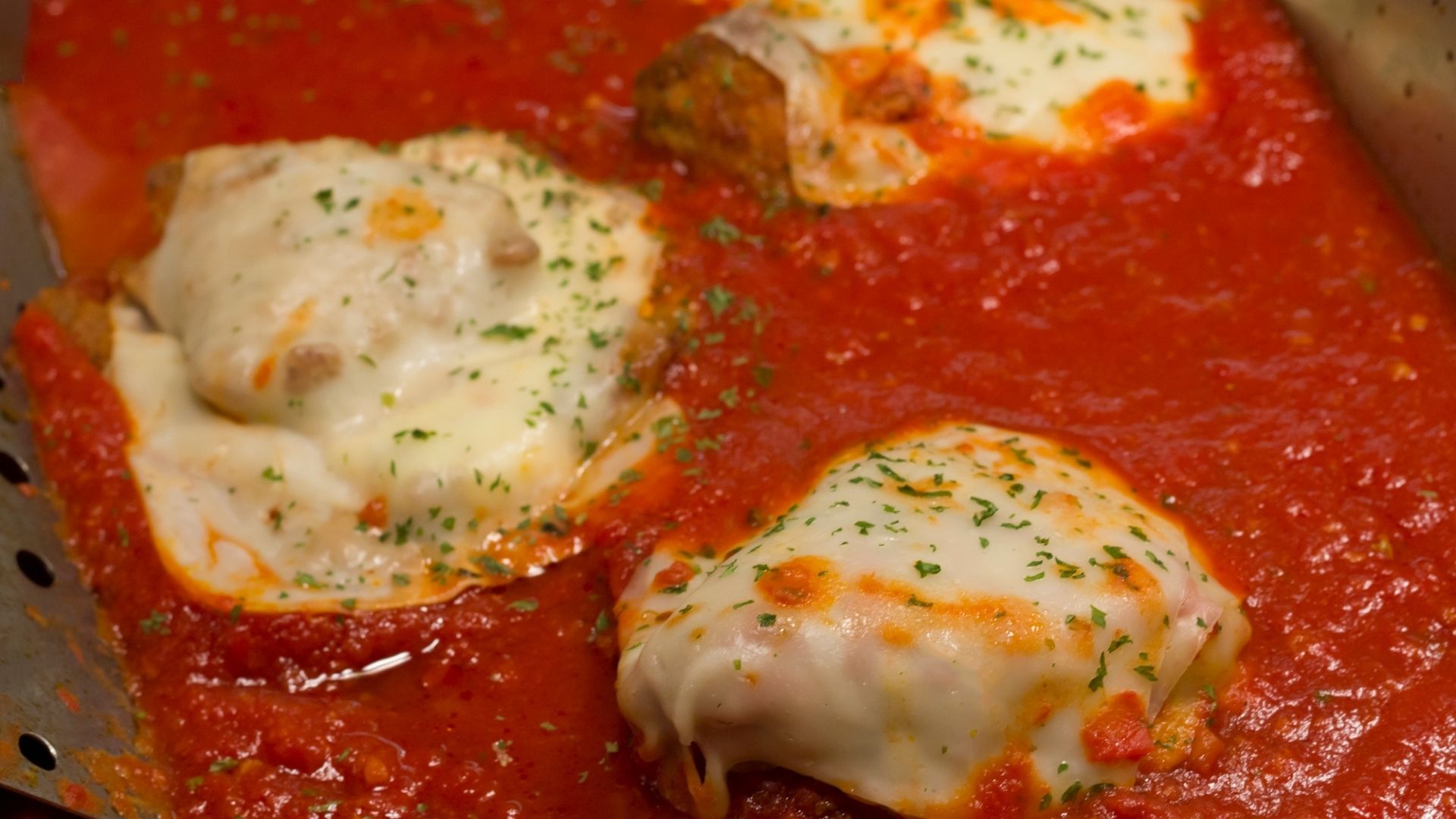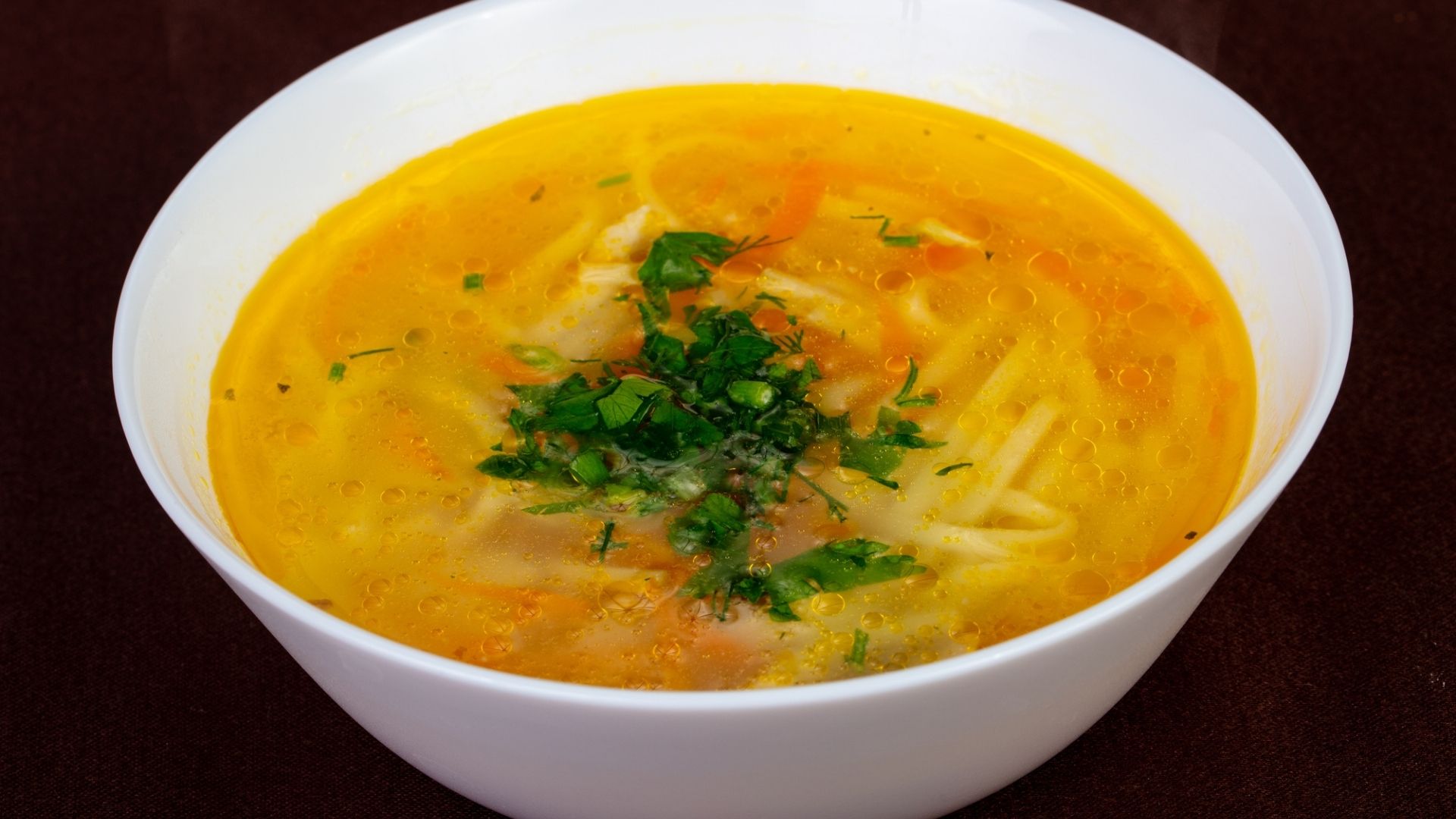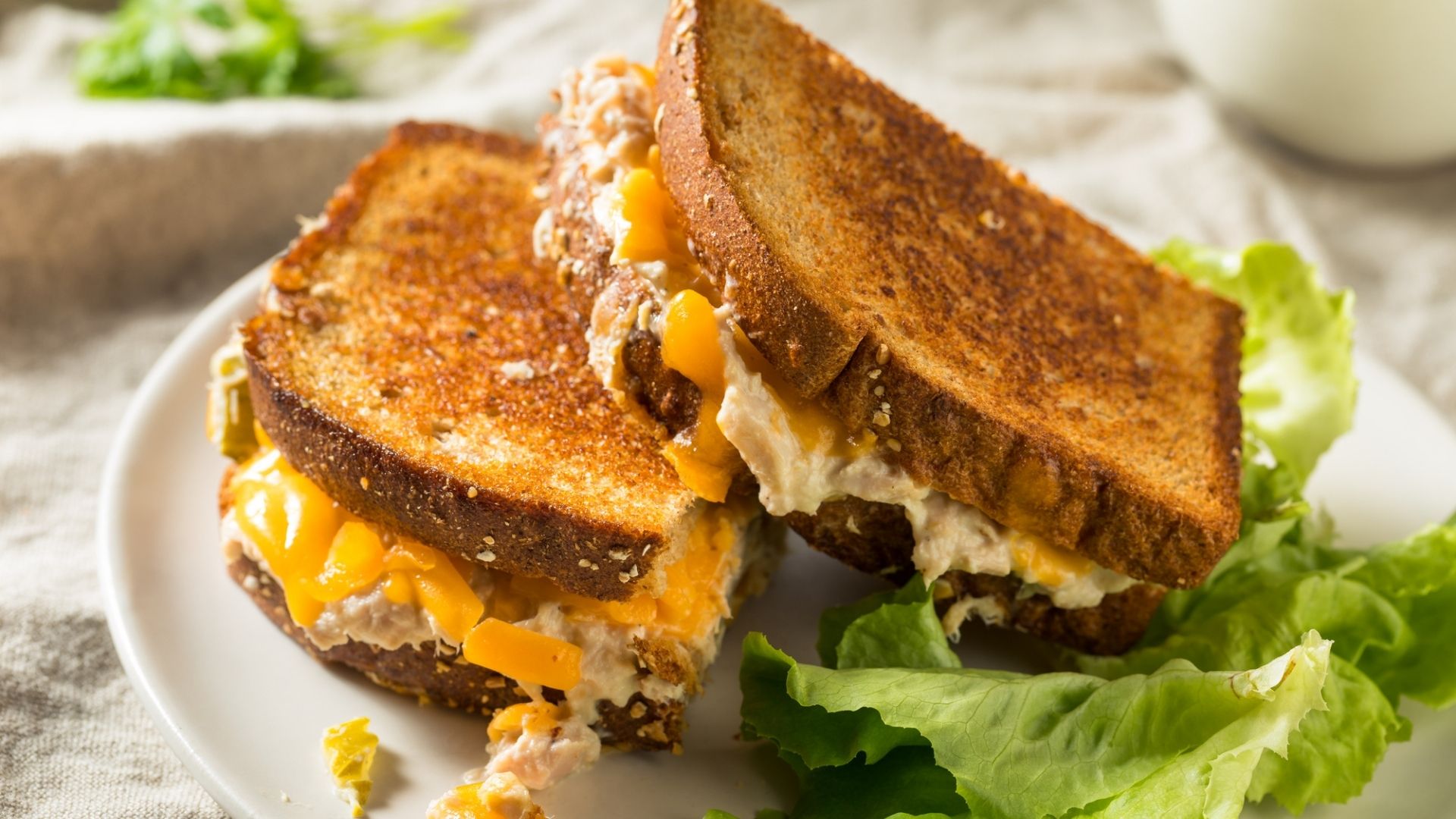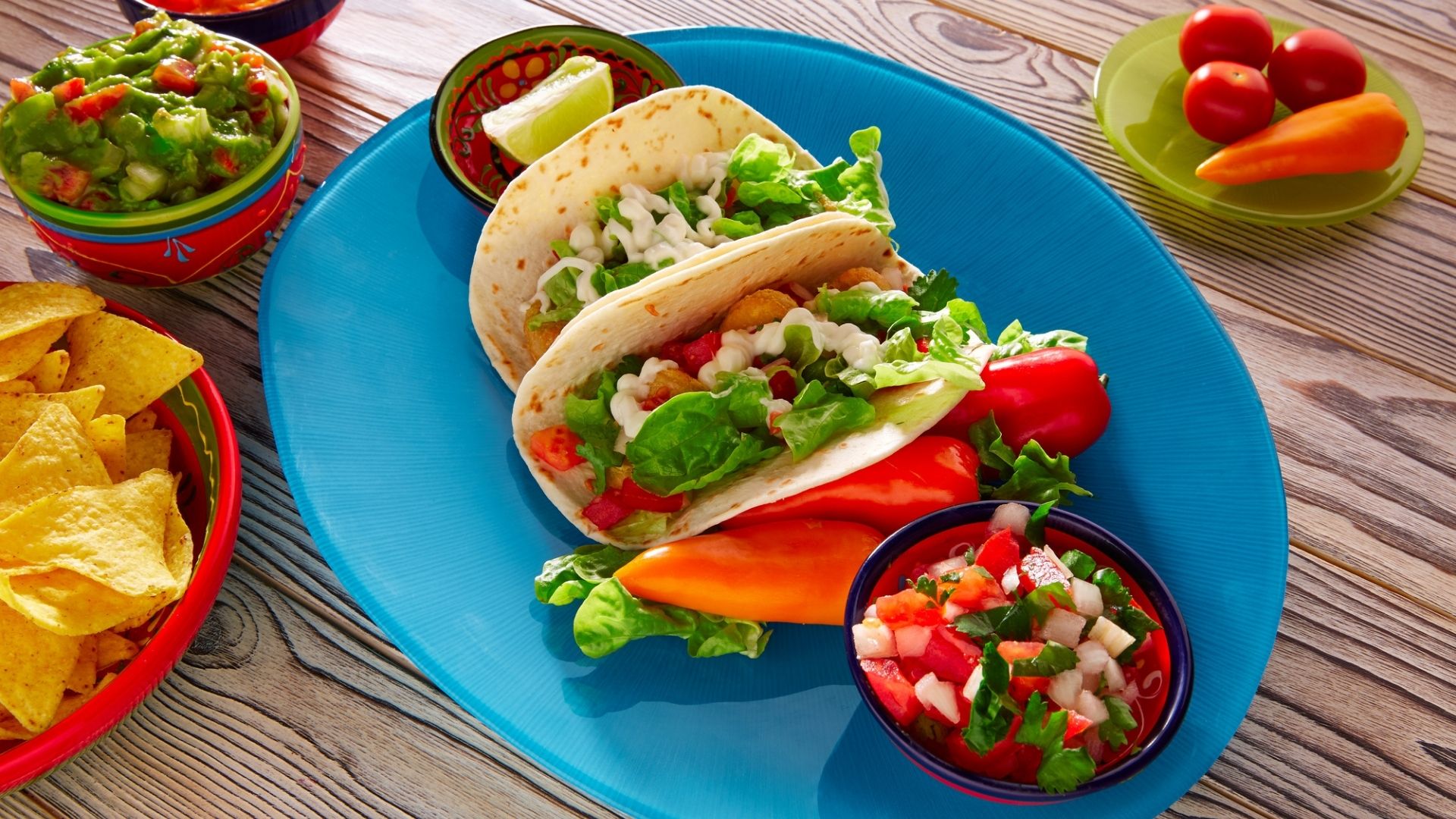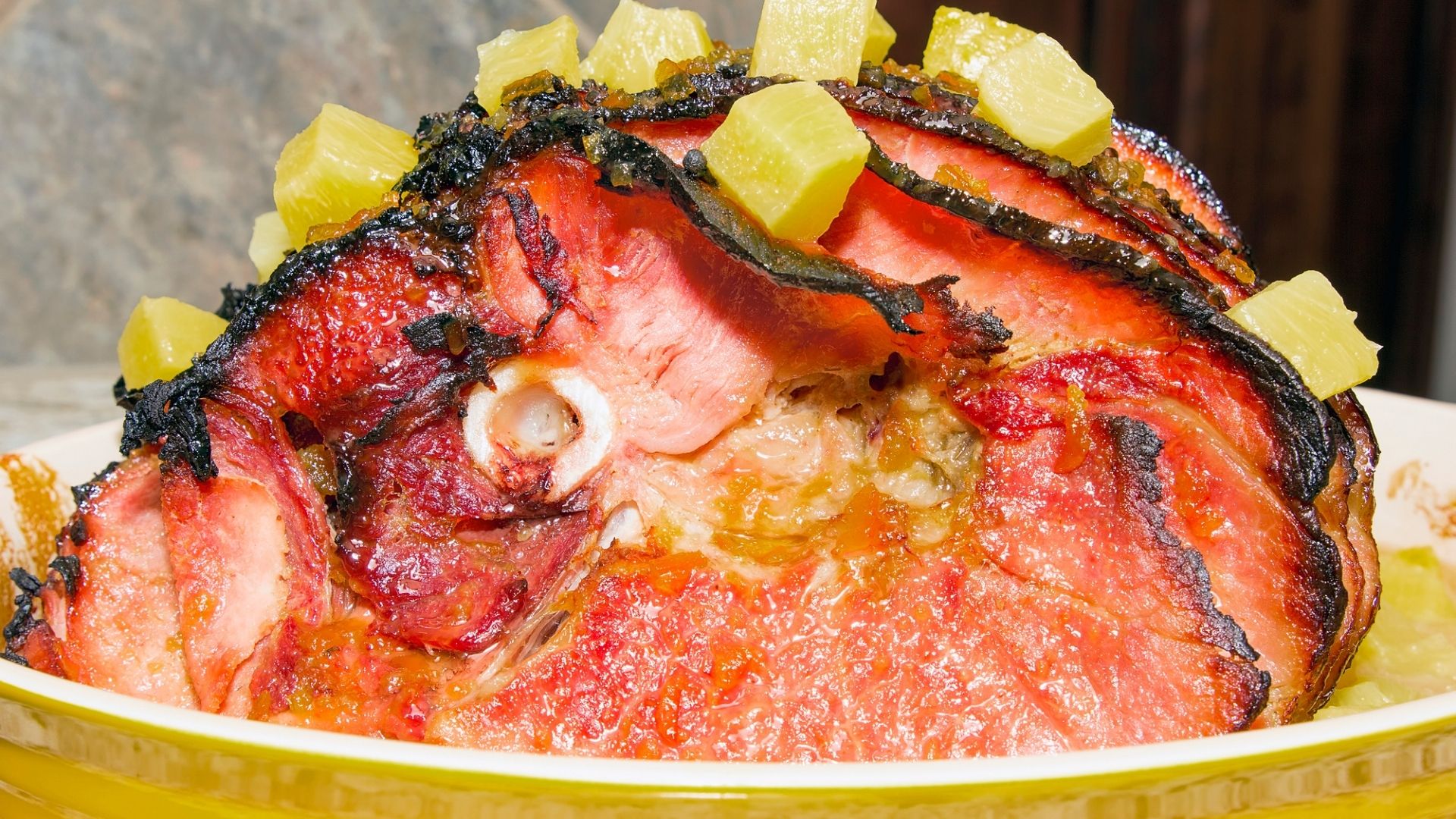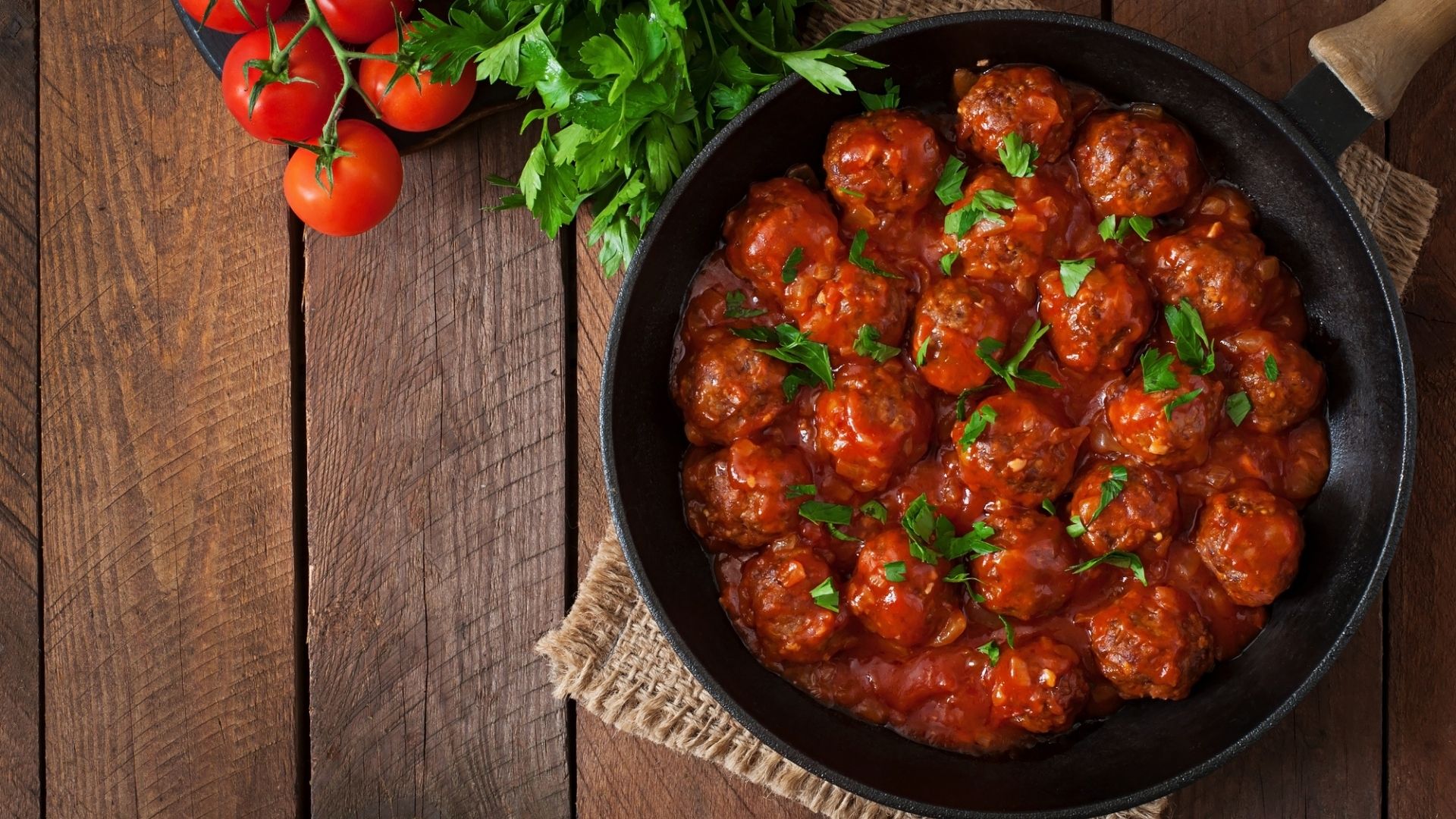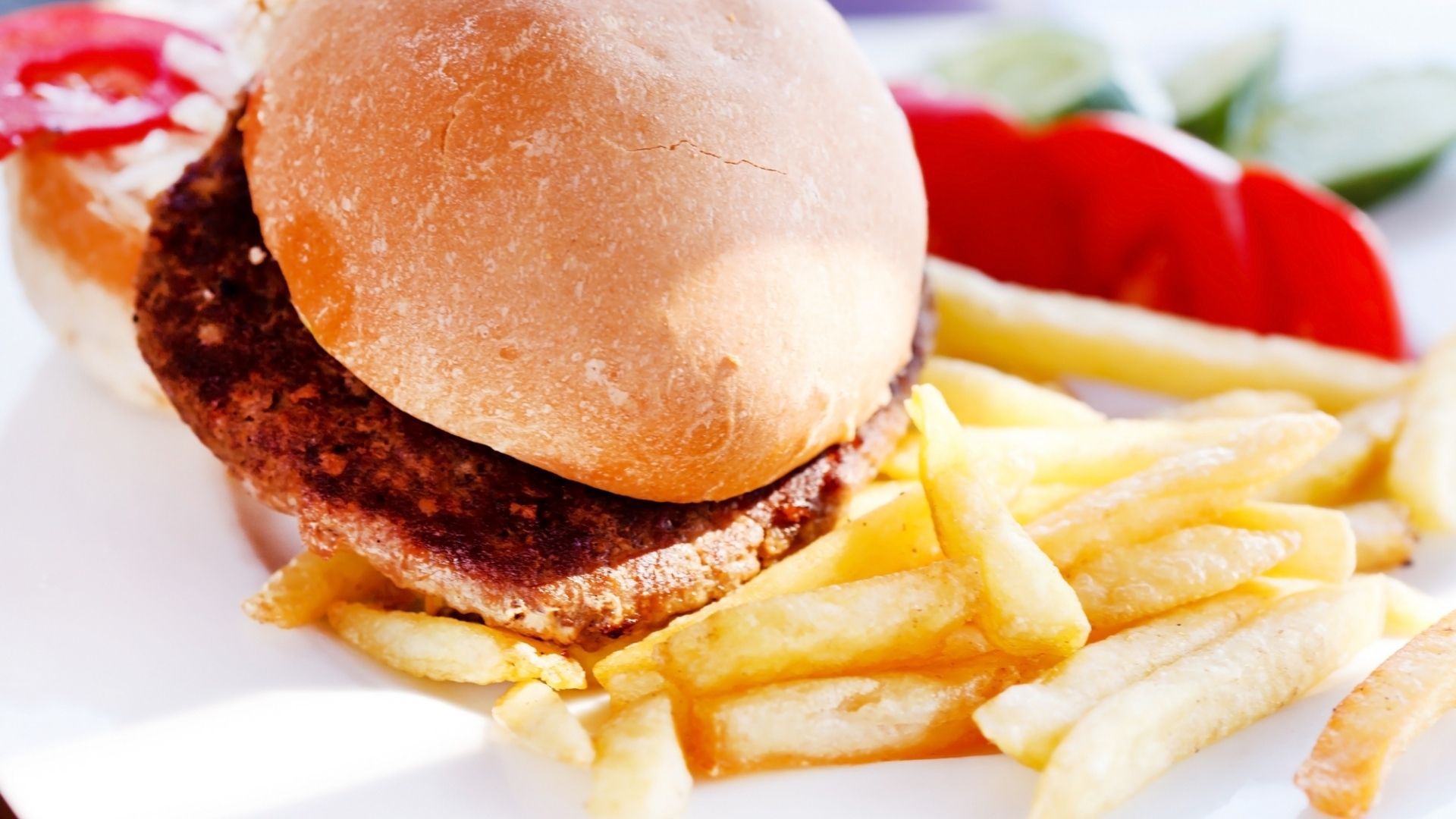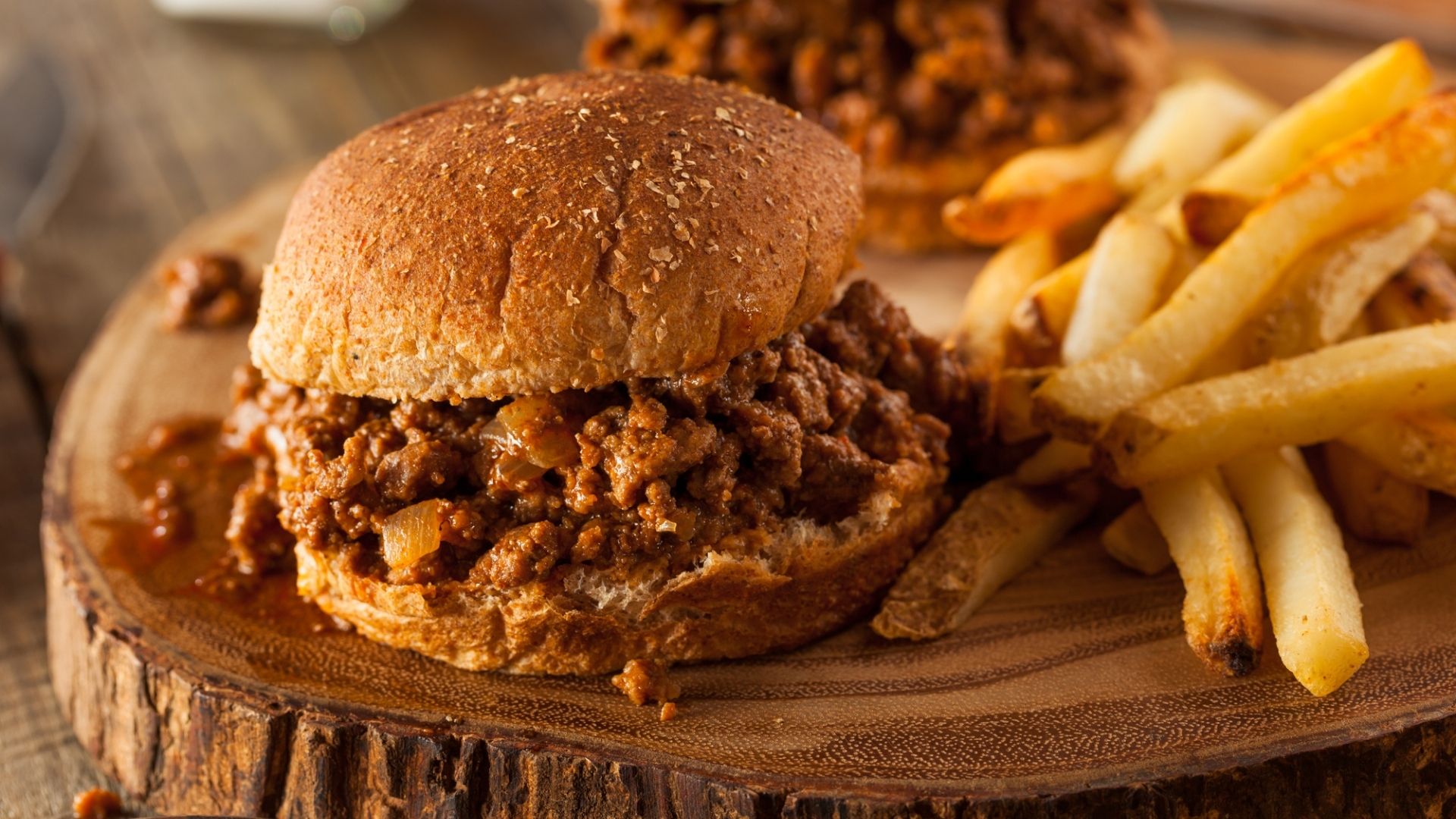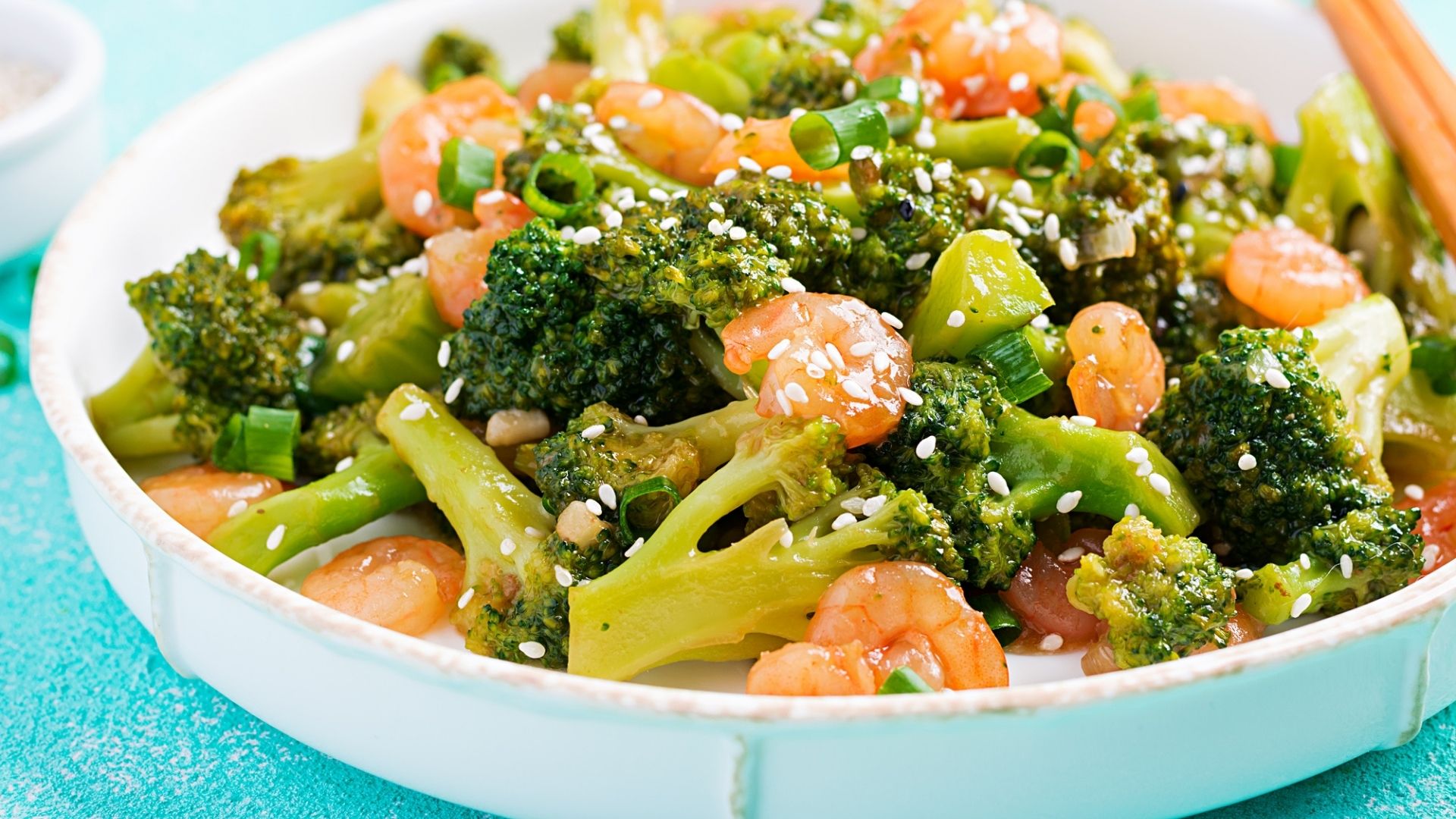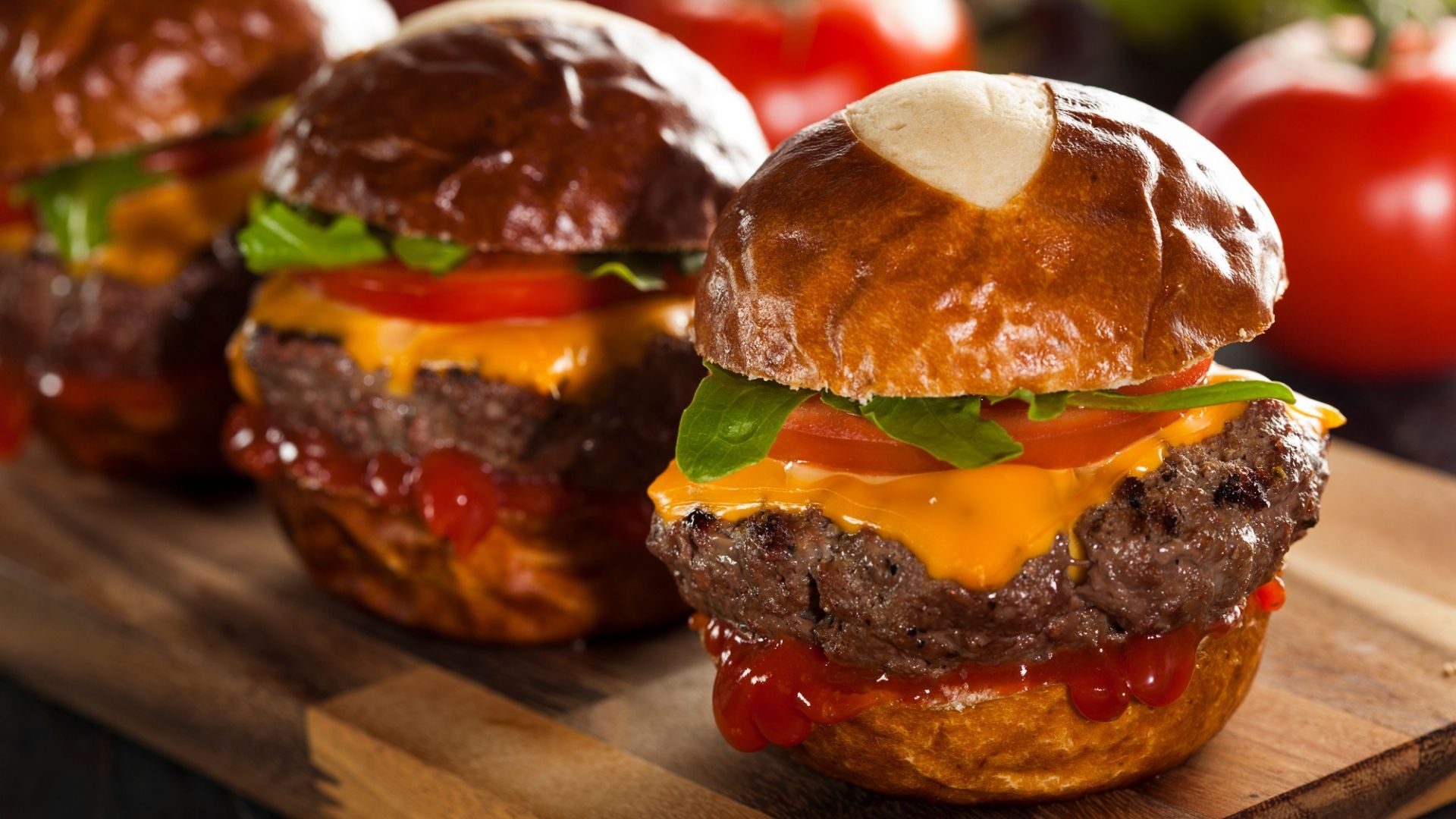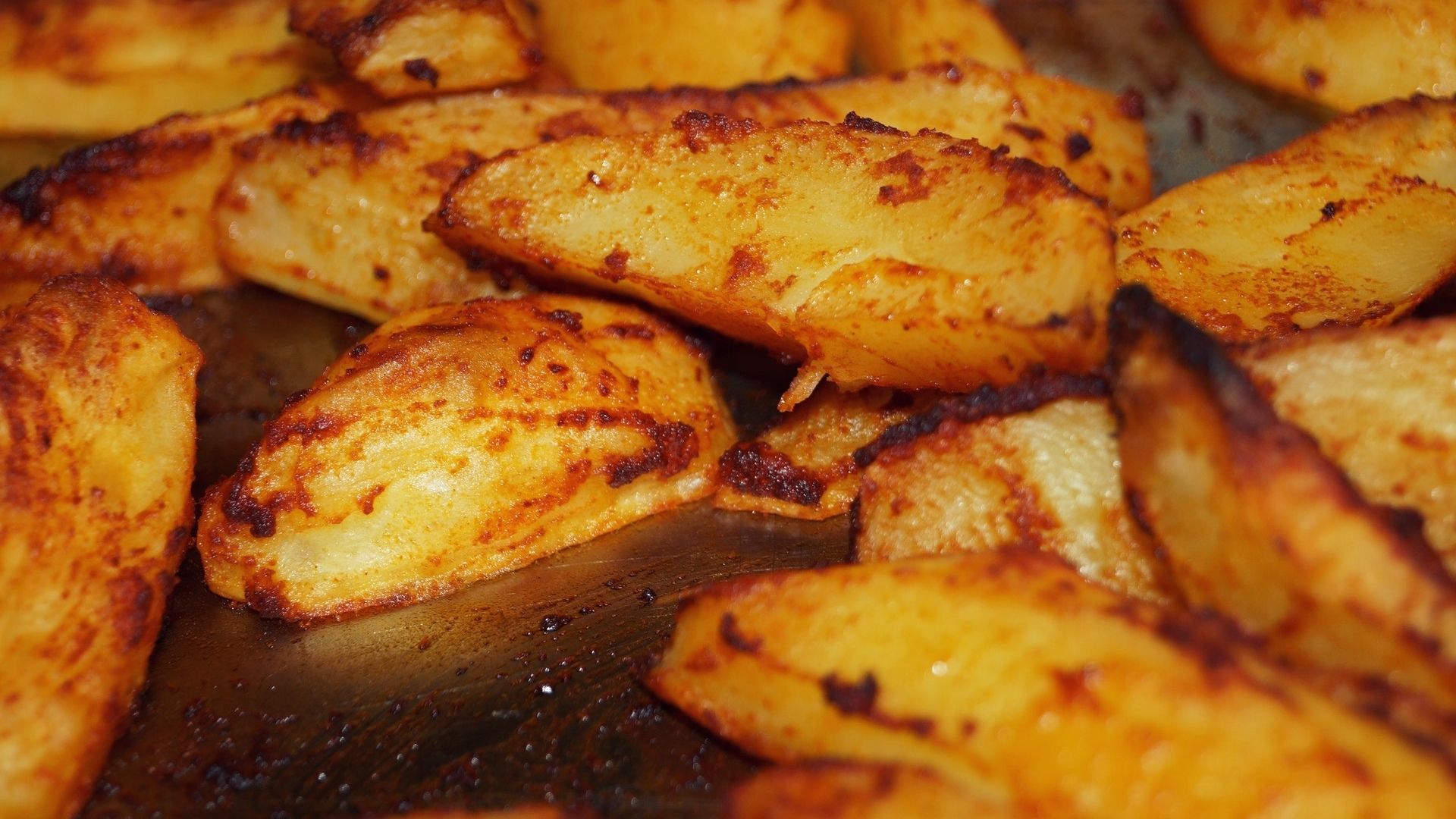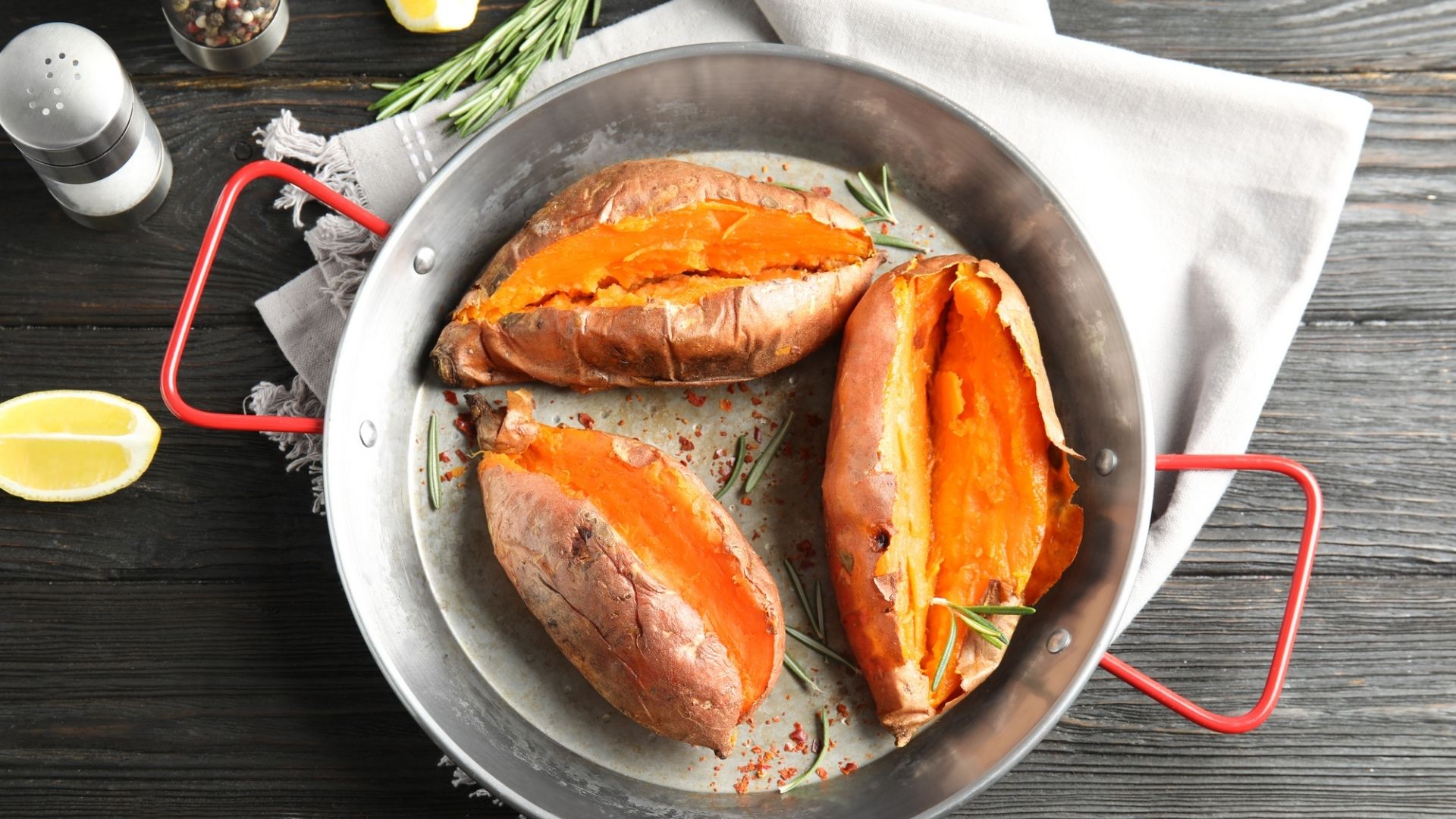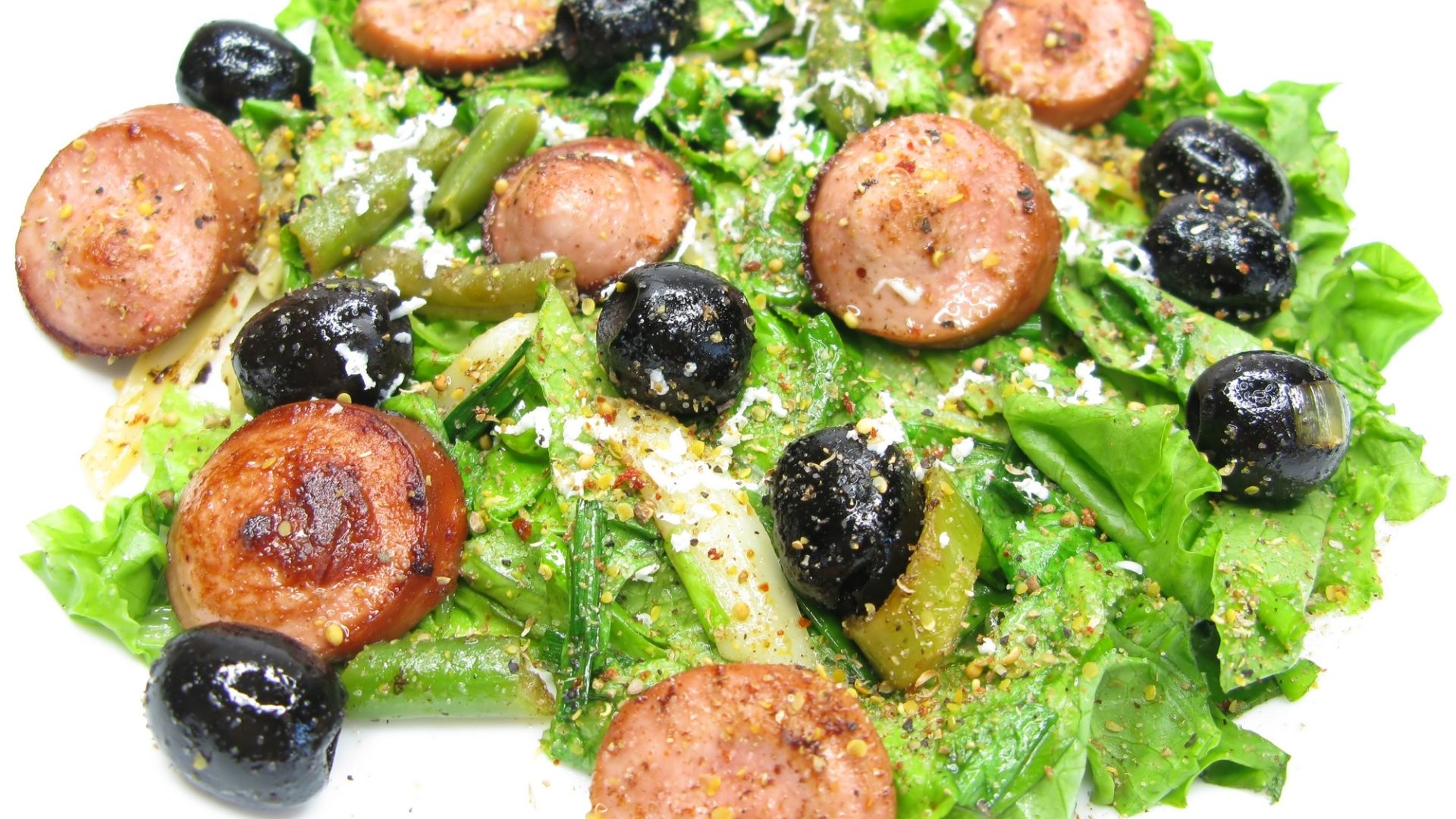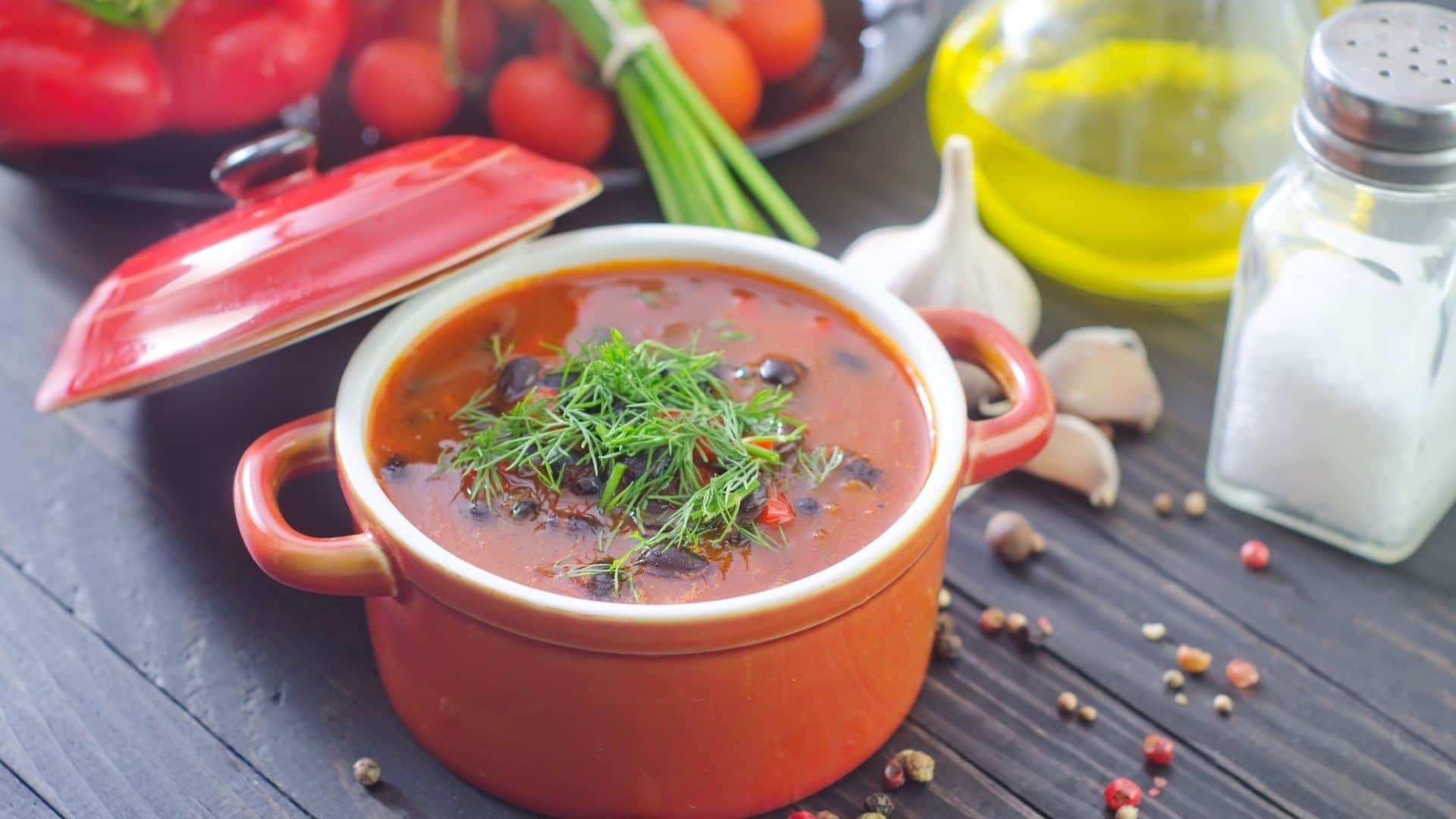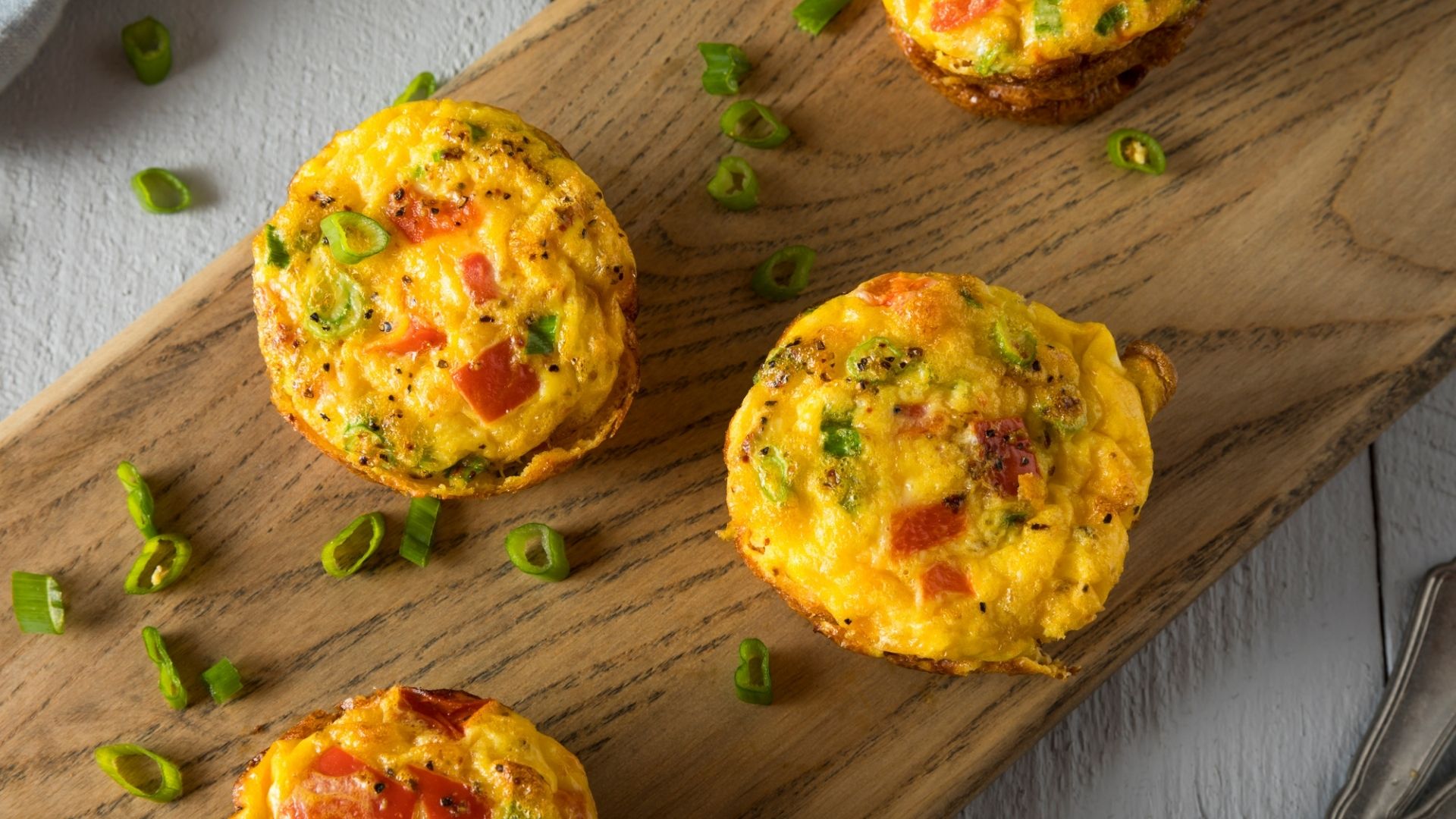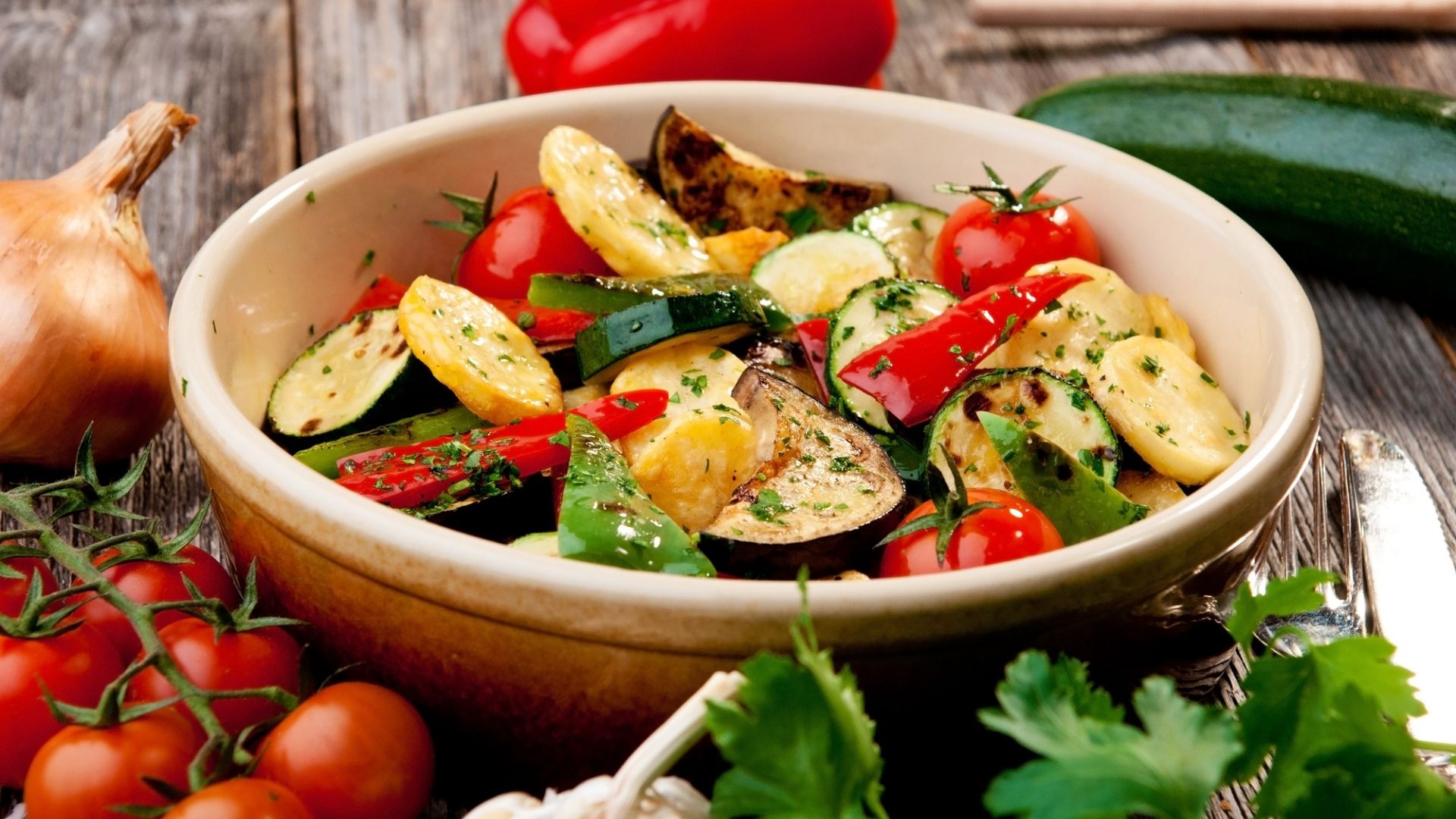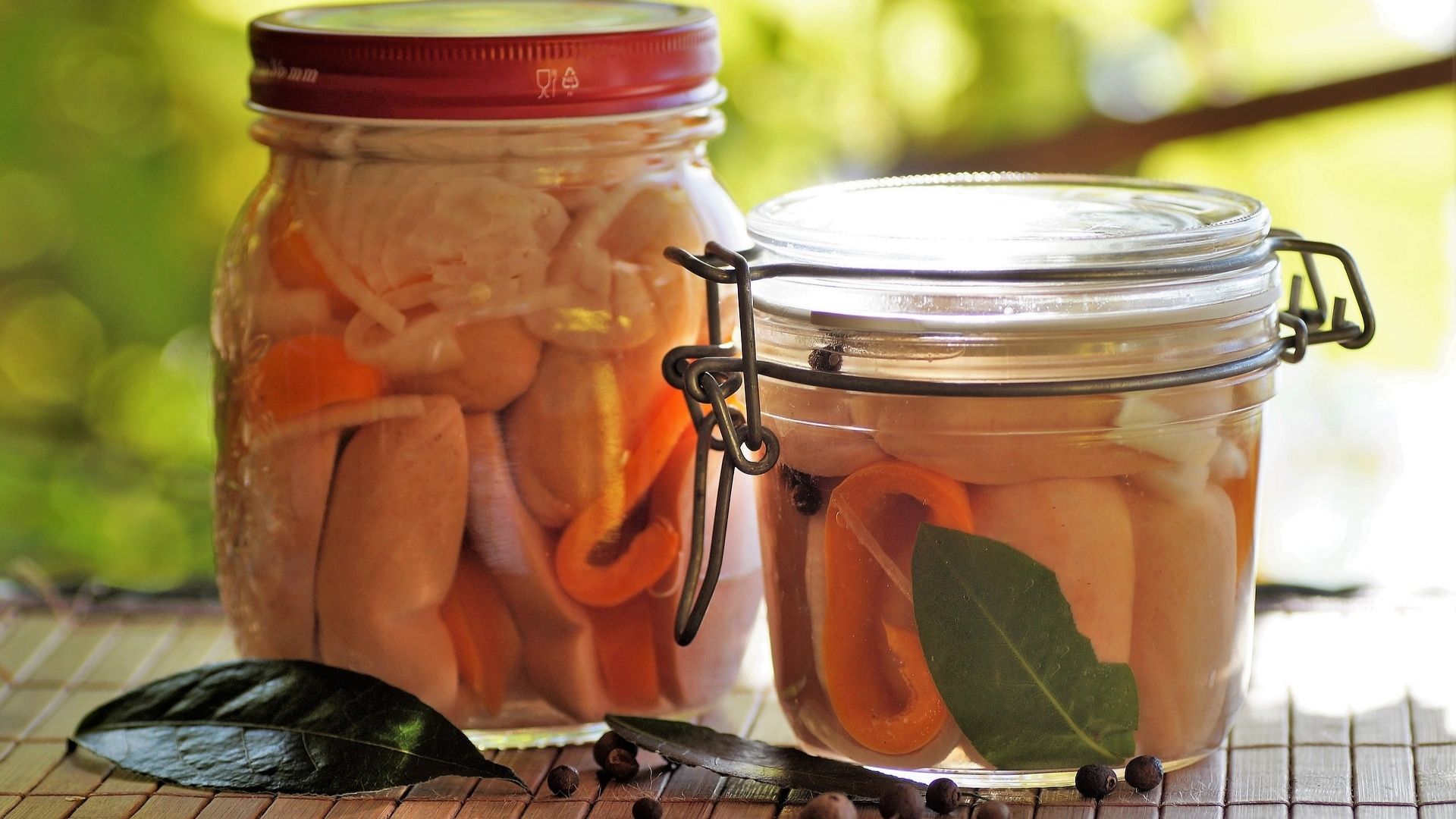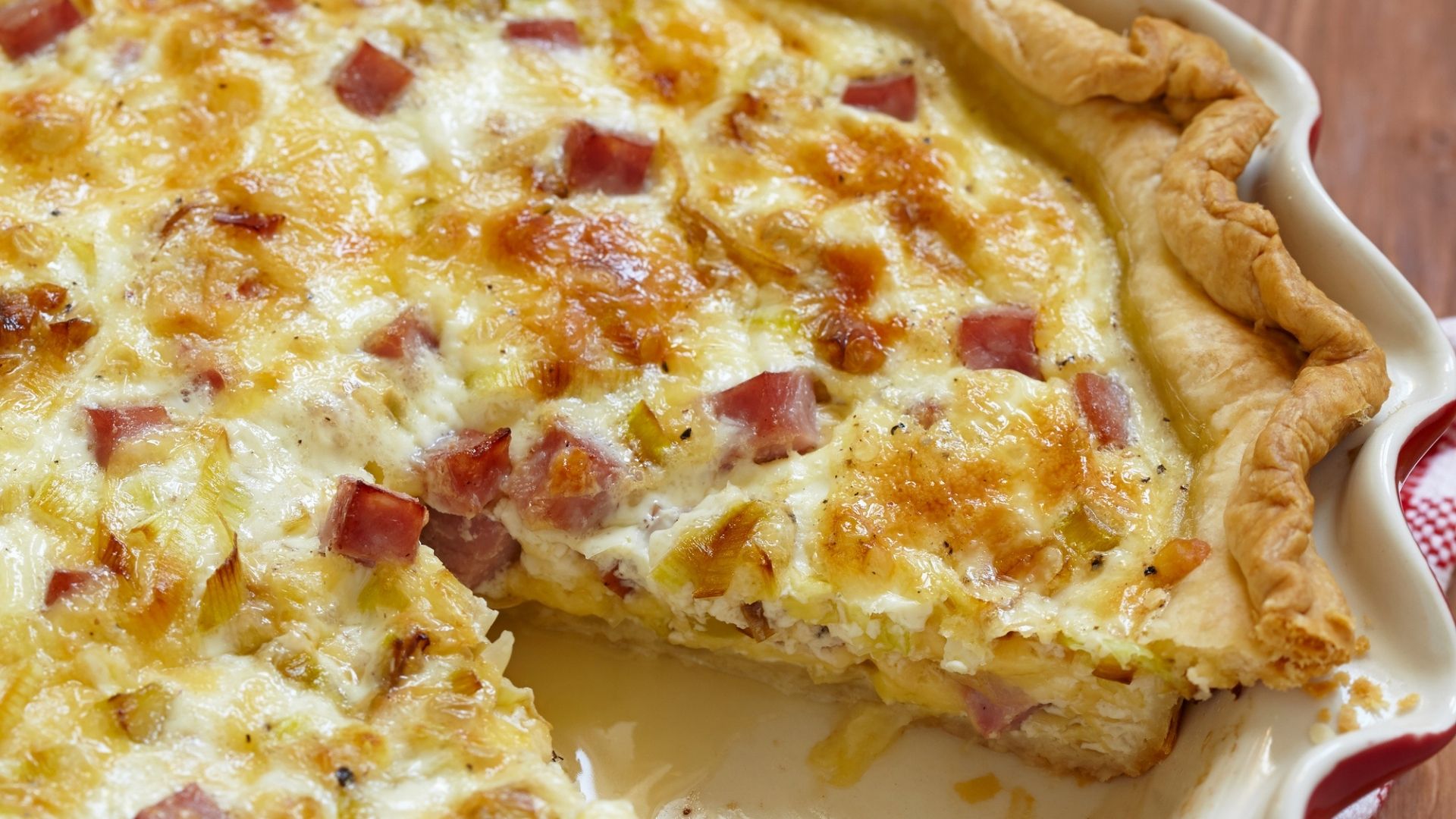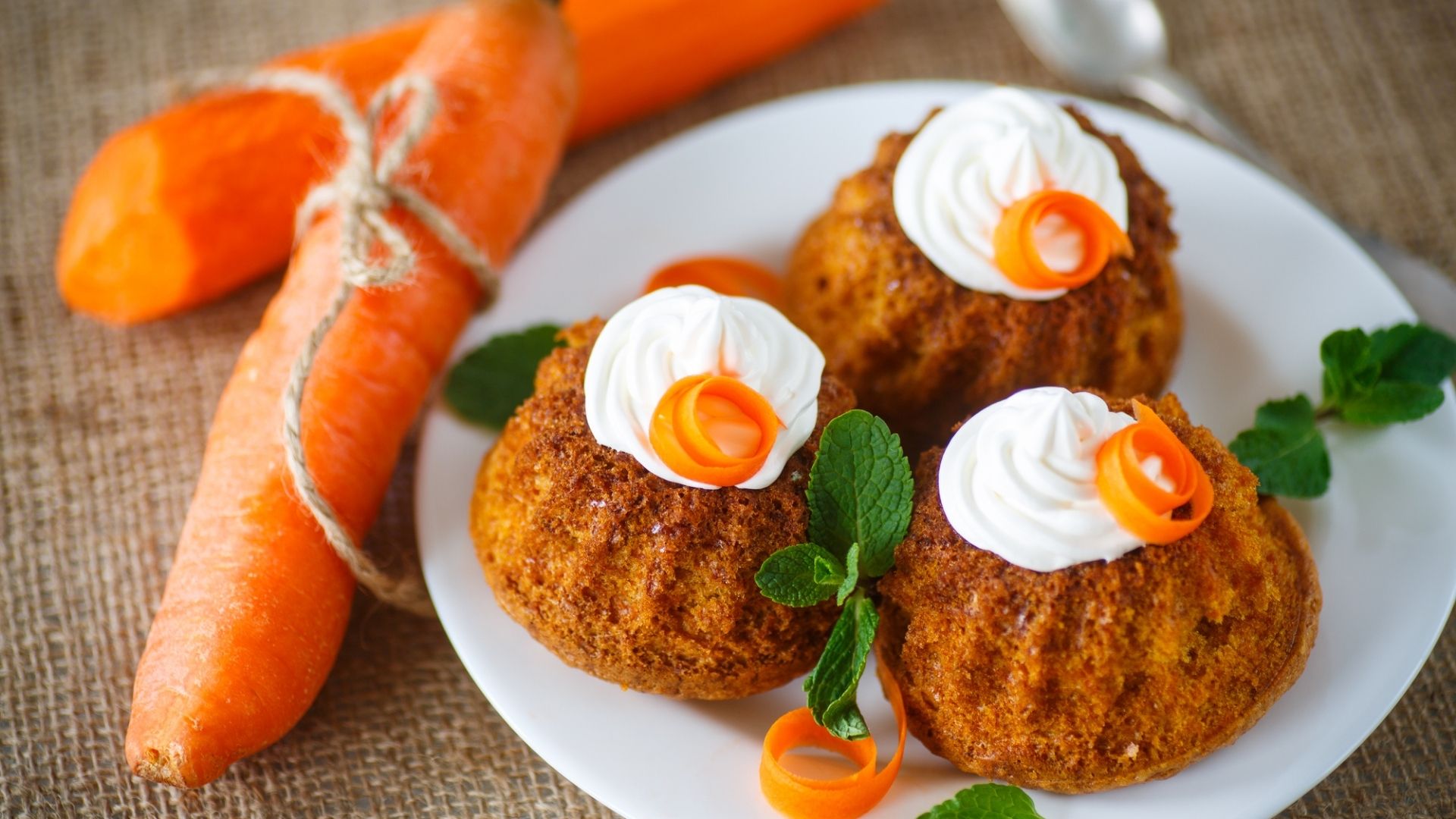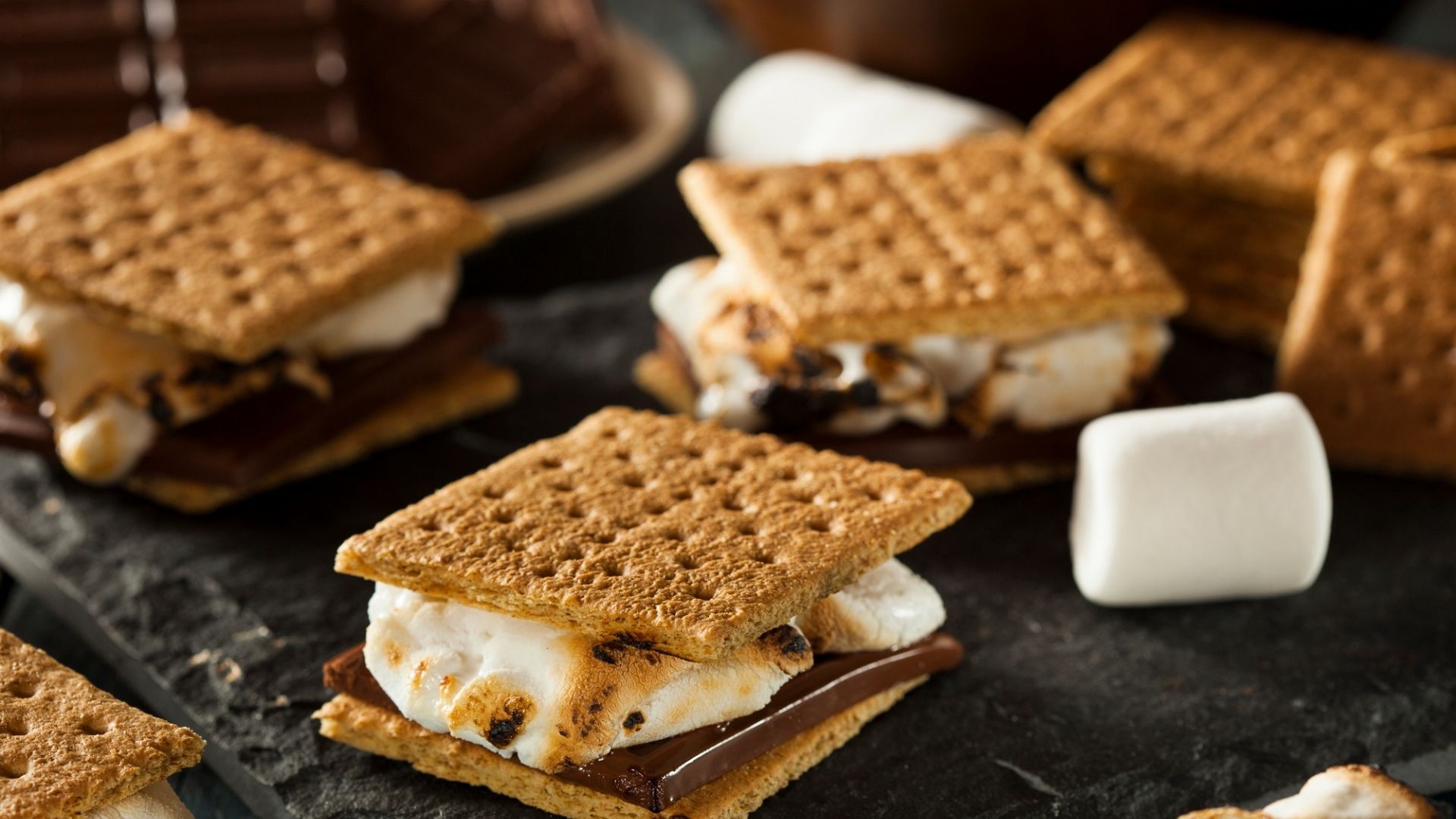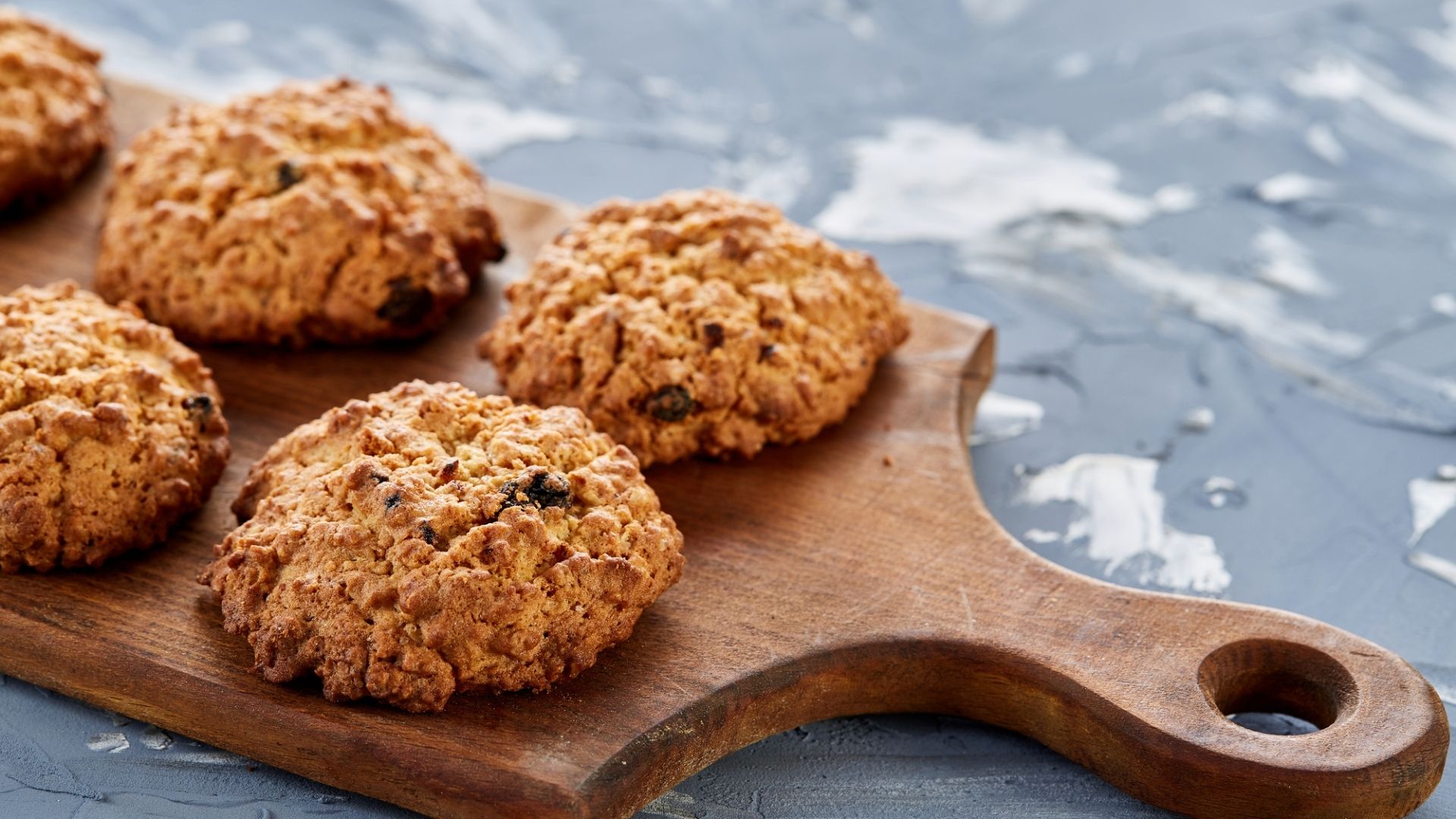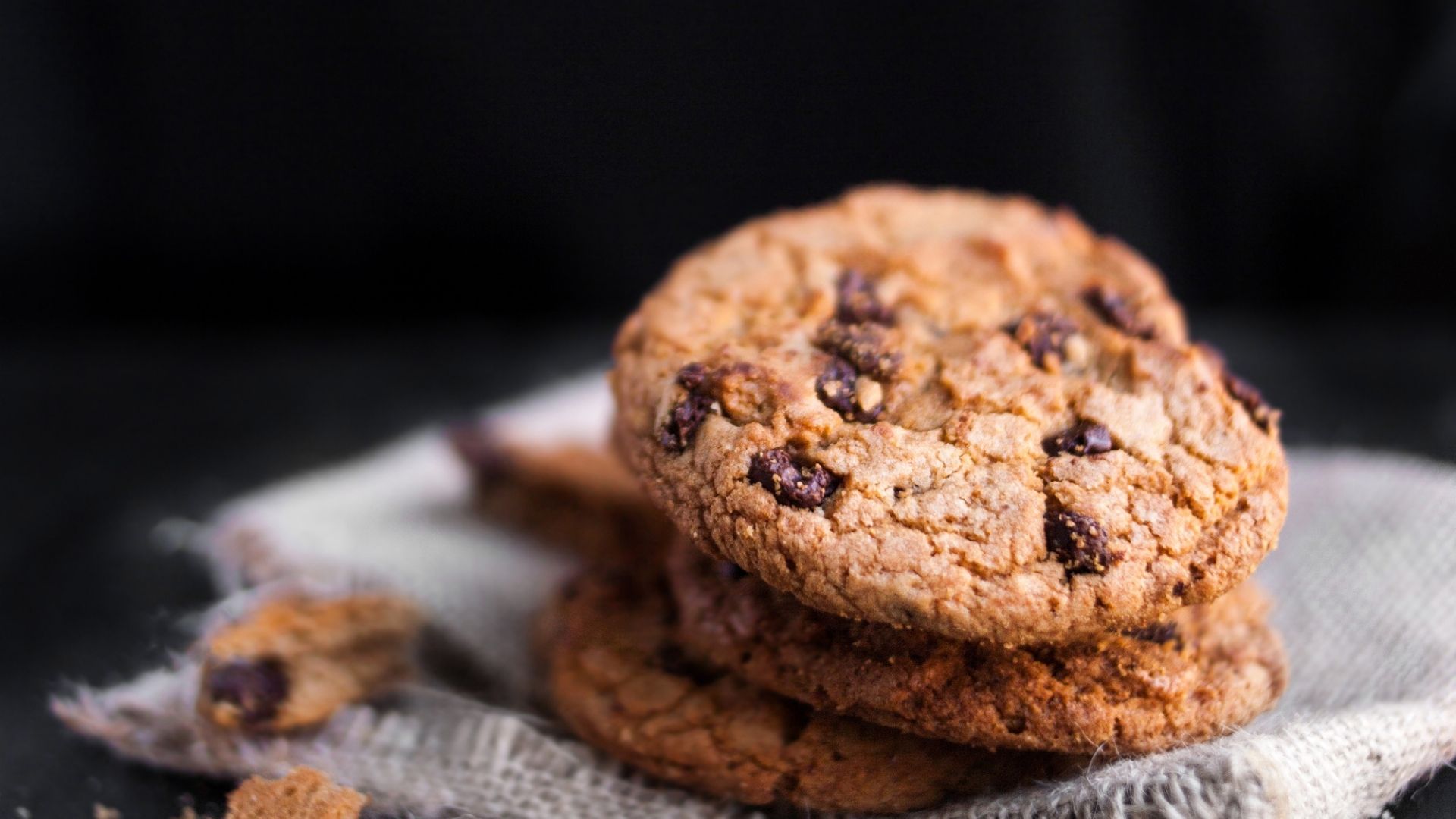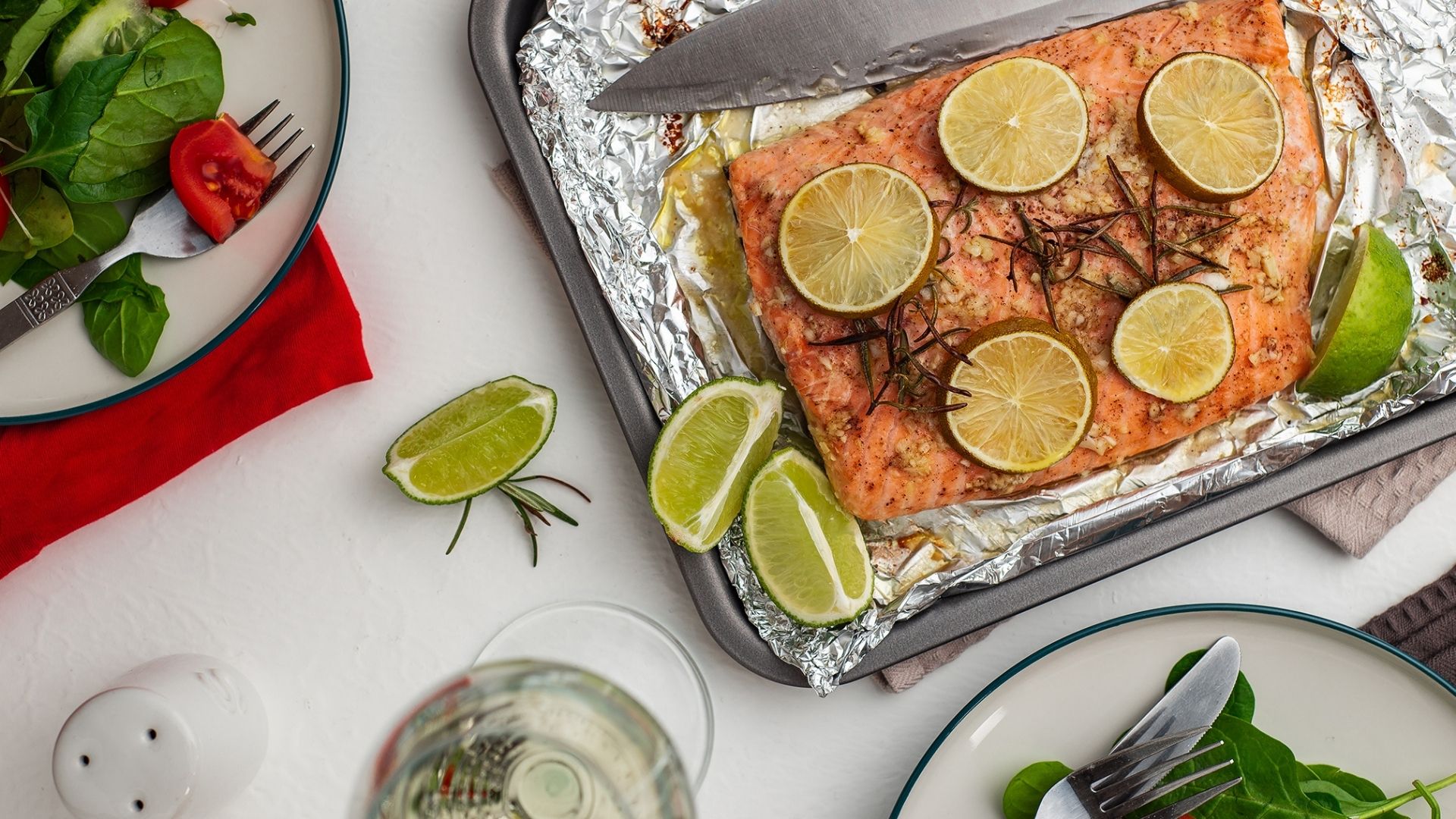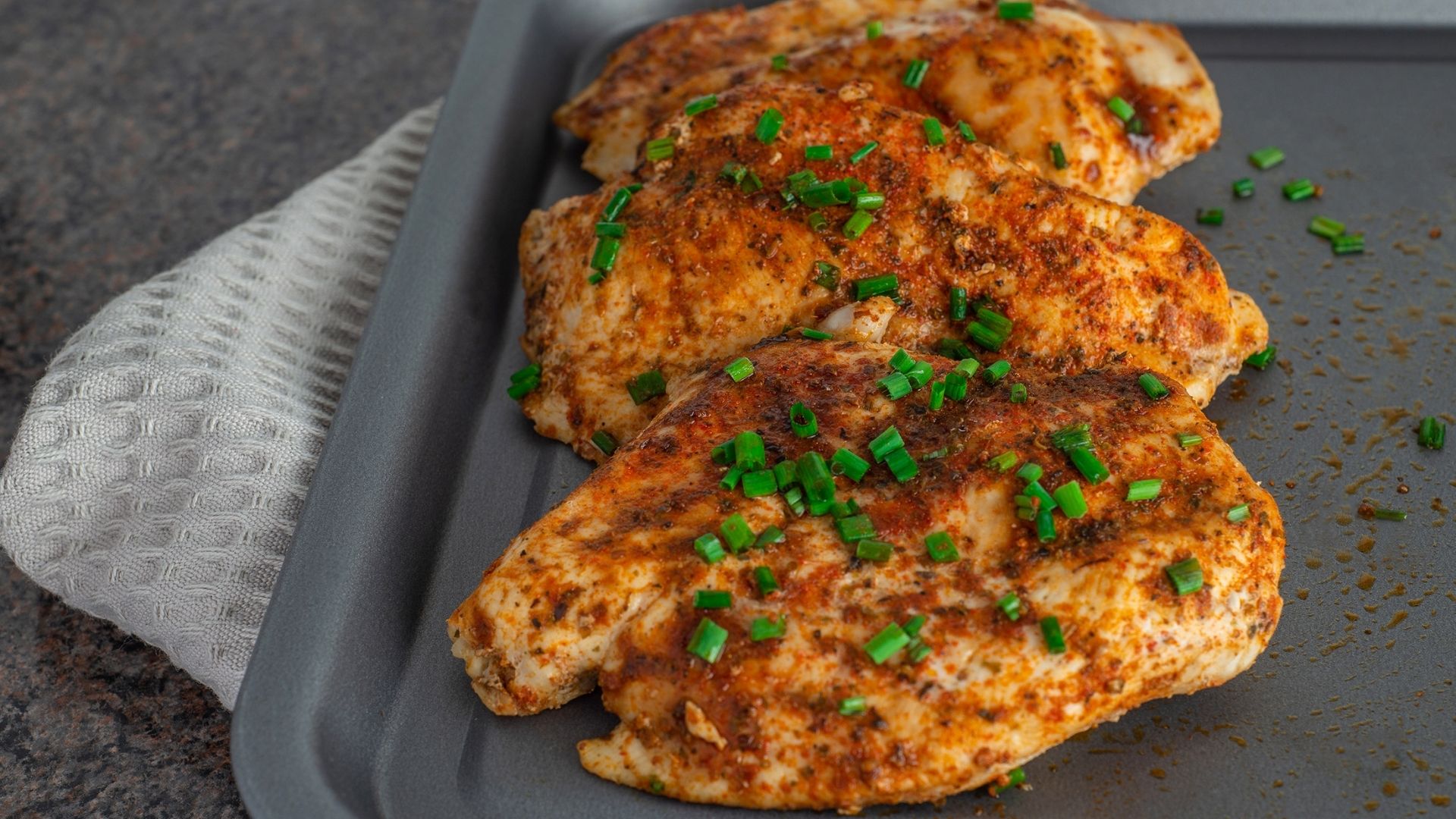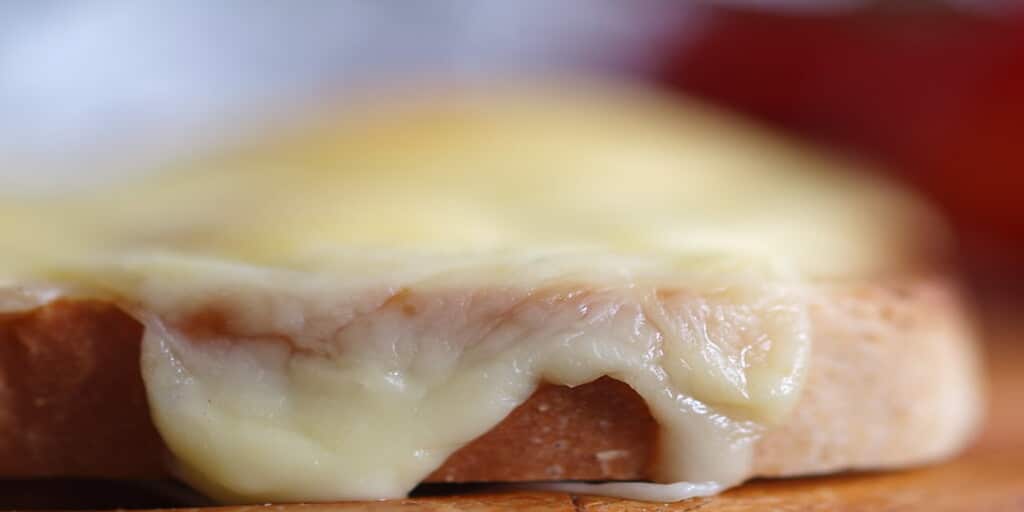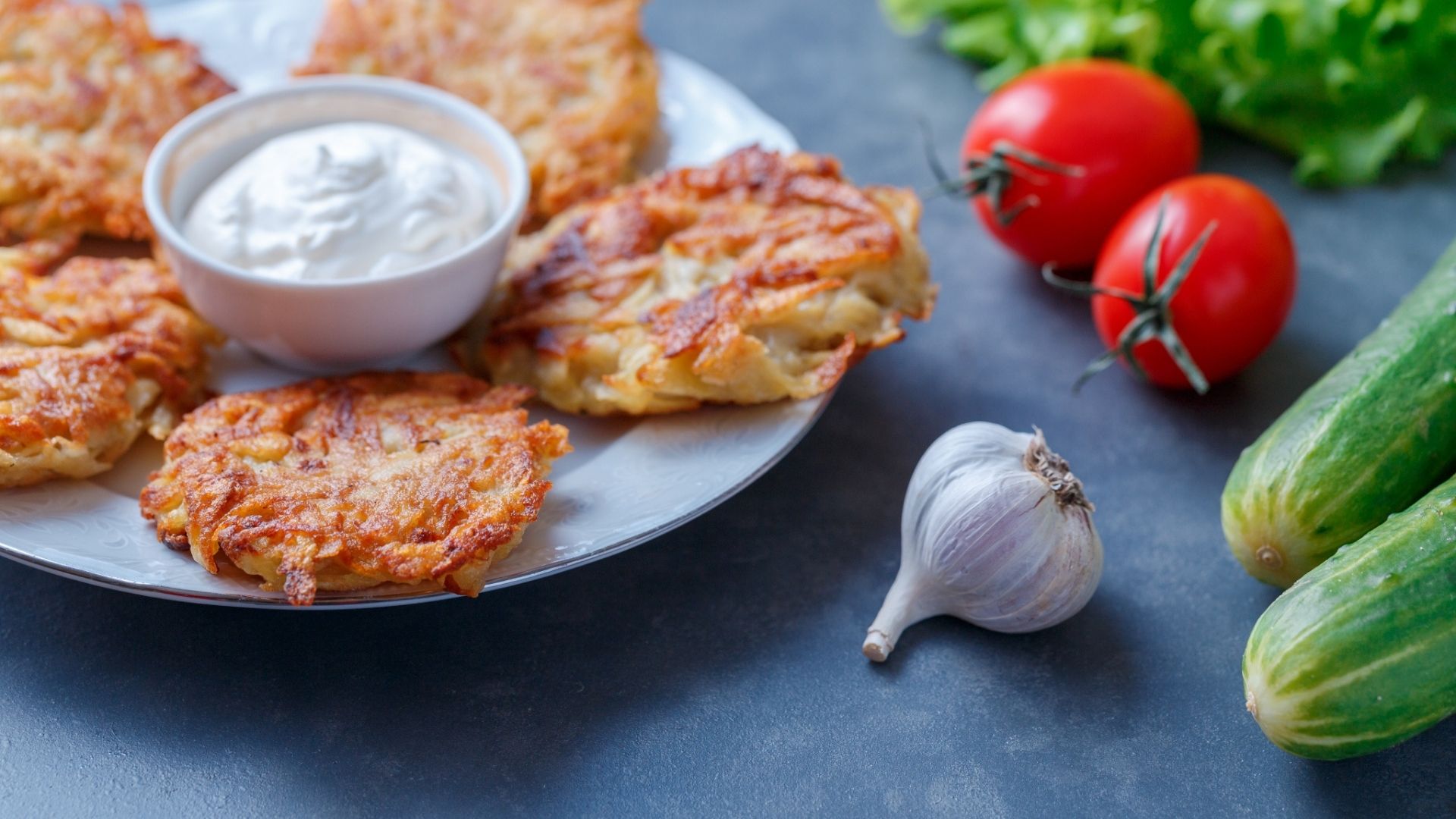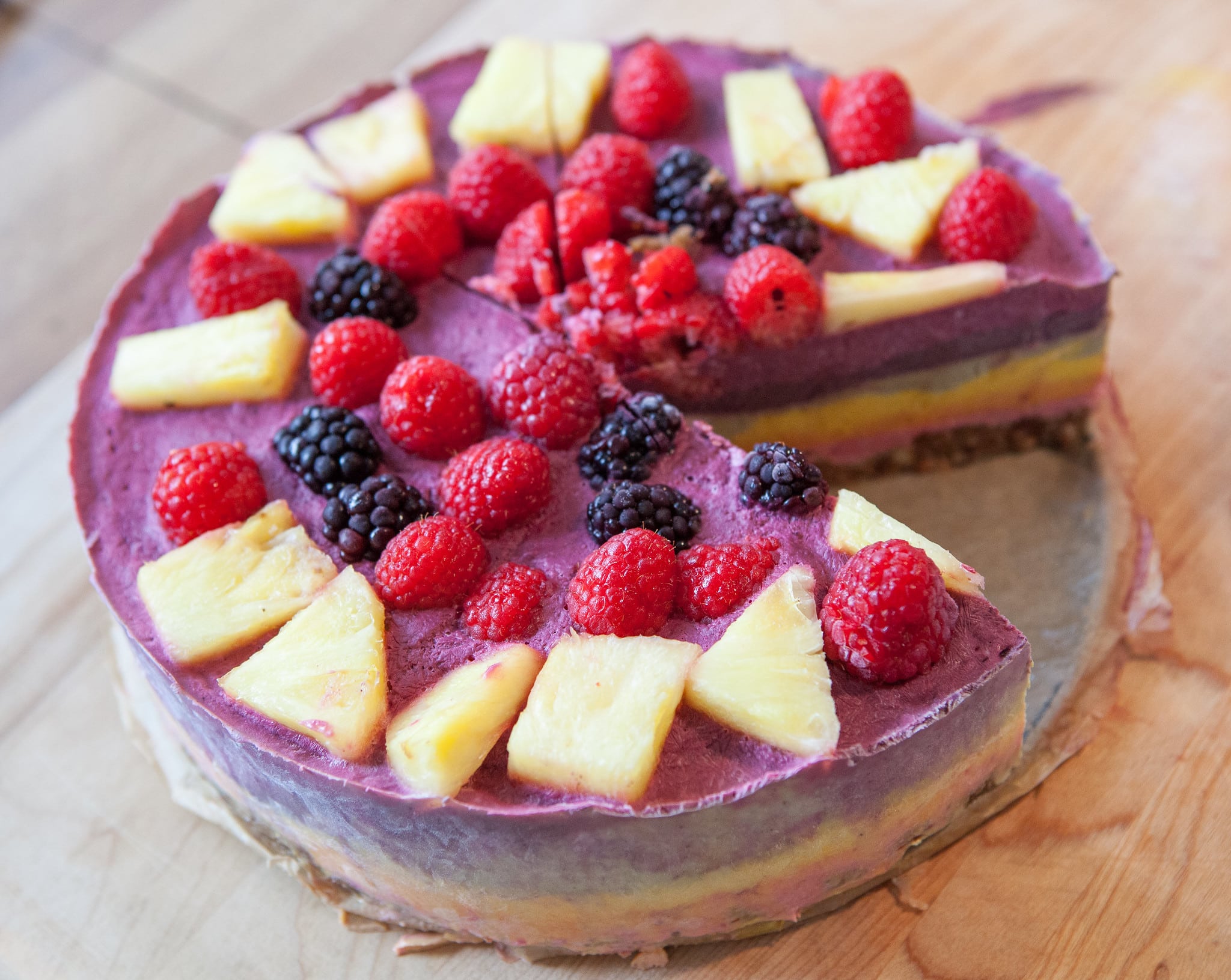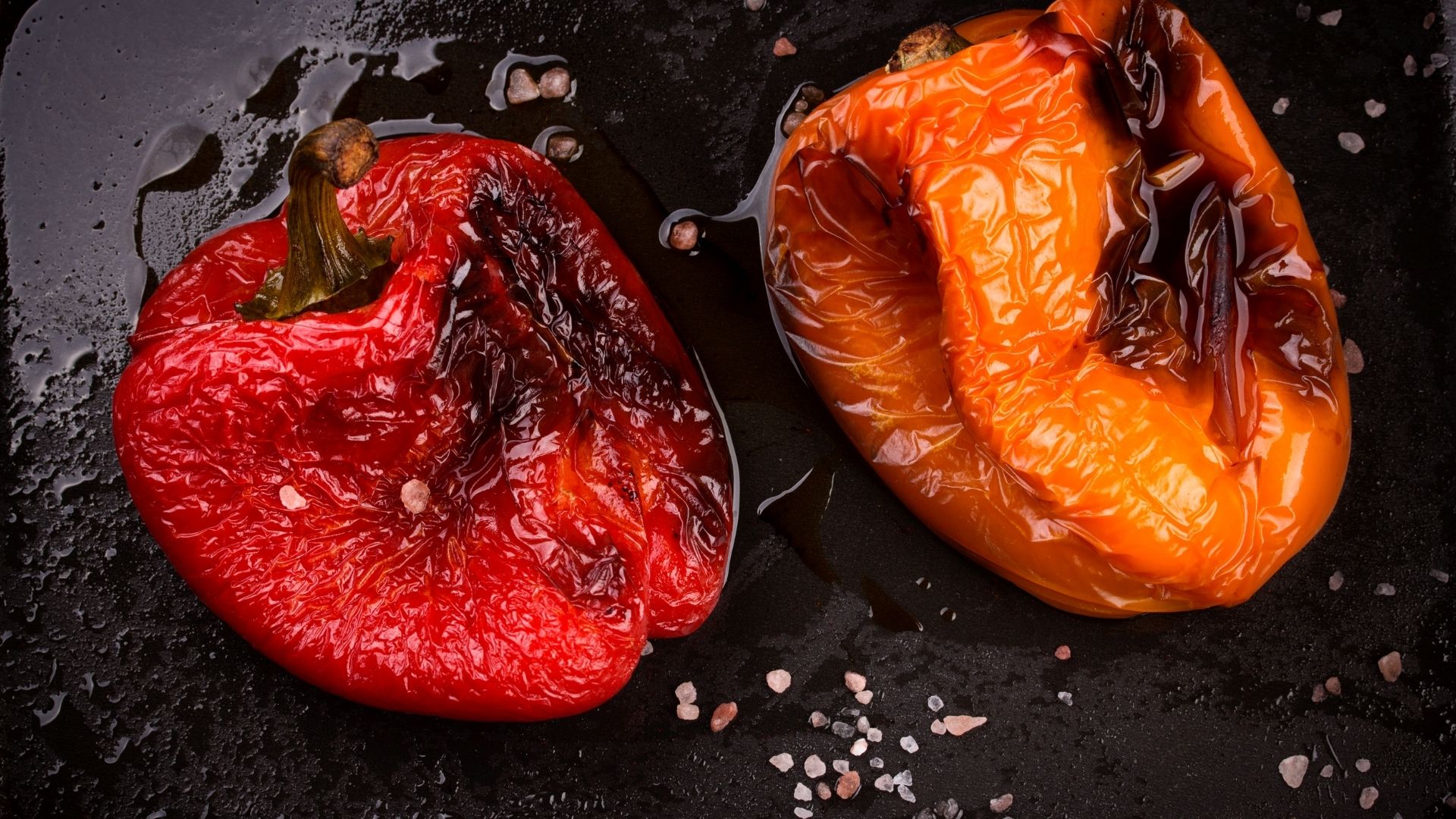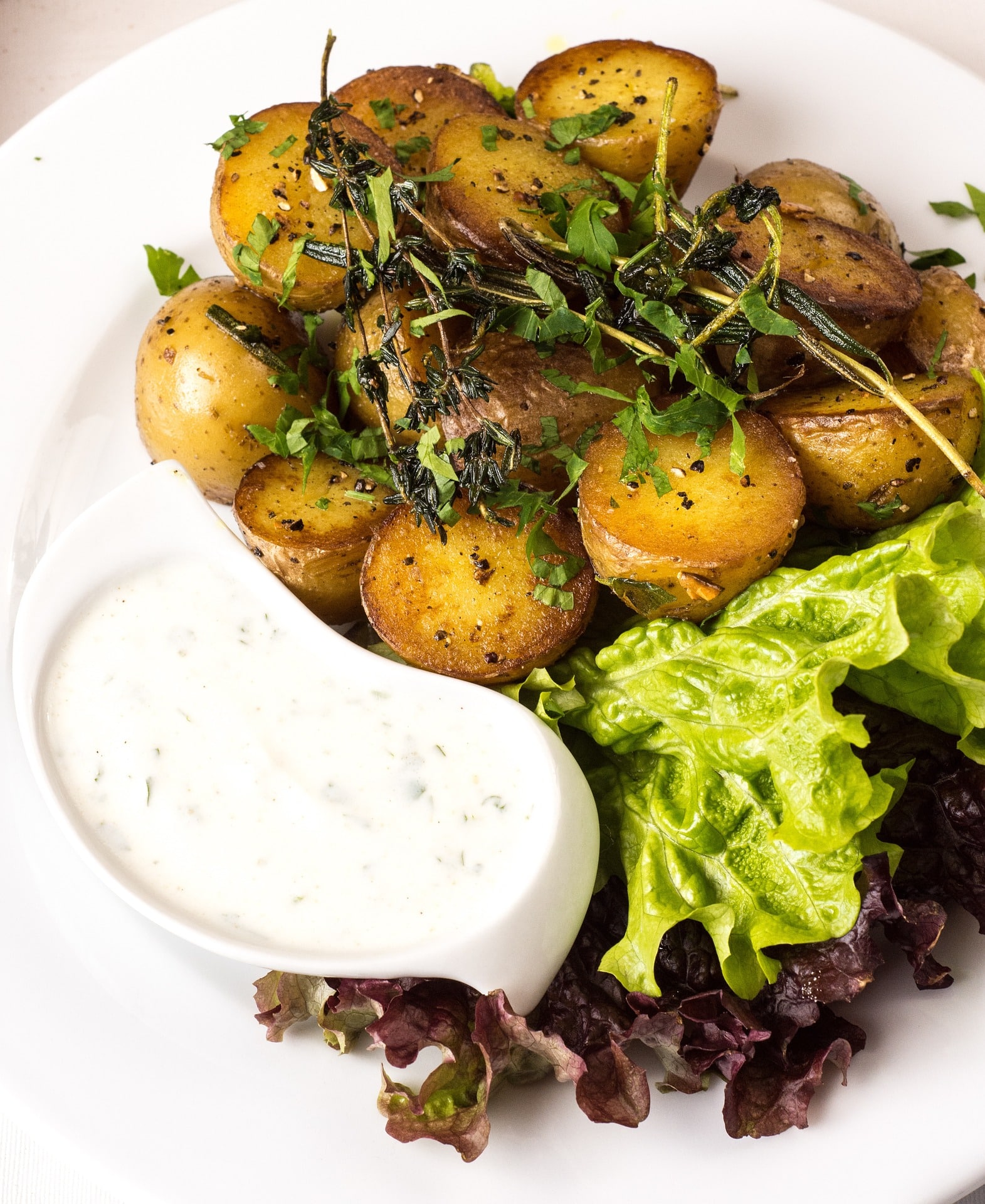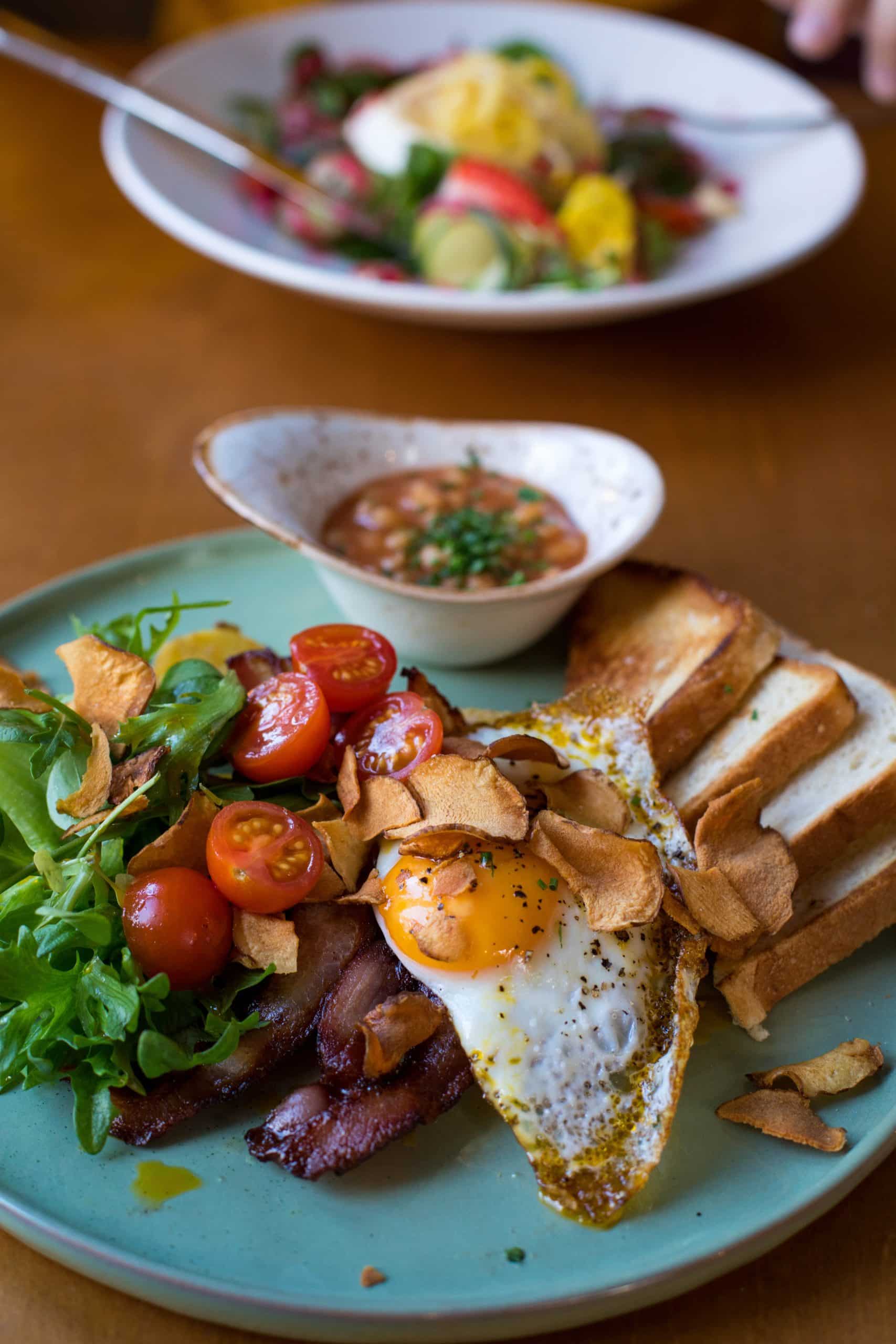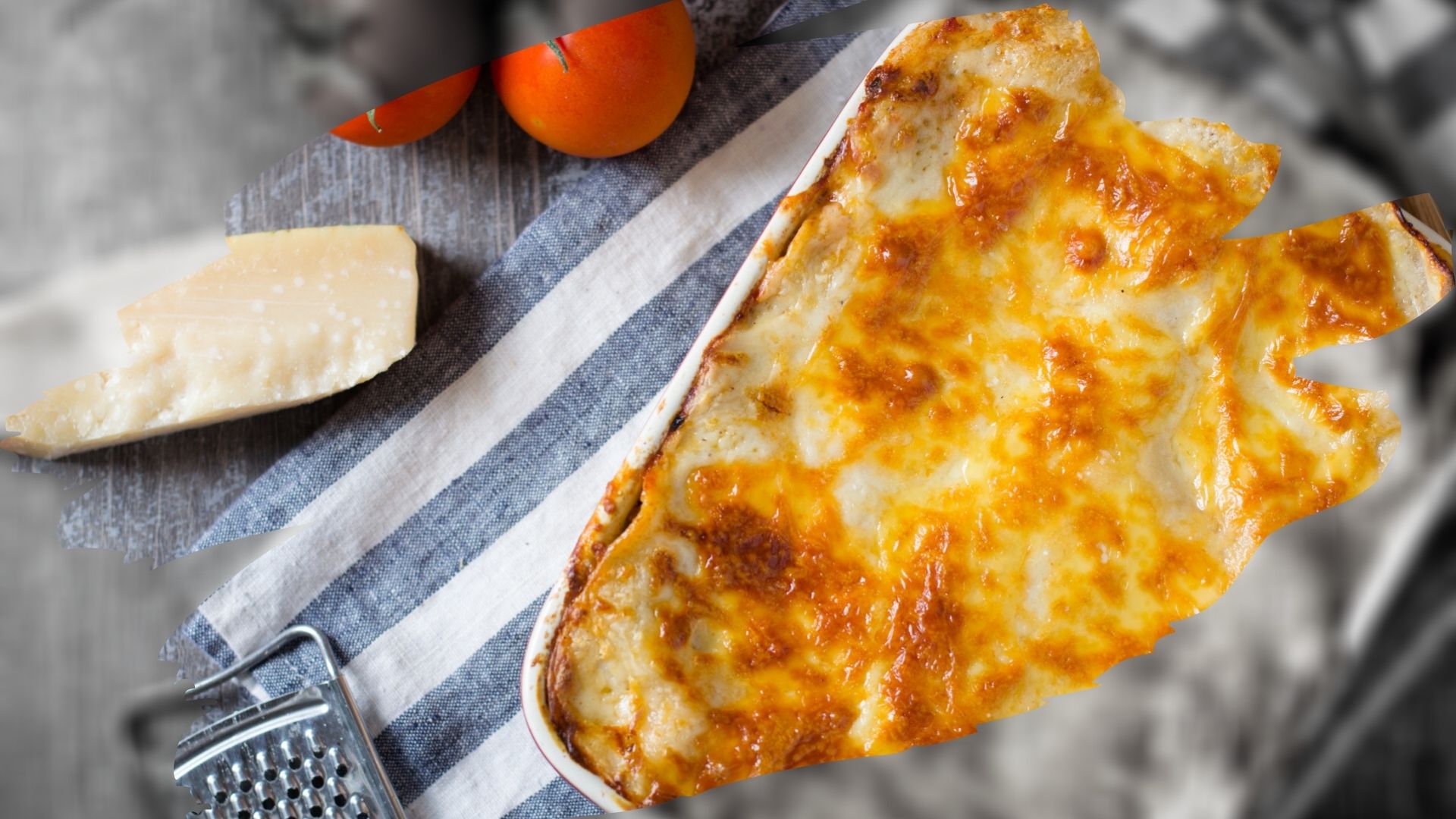Most toaster ovens have three main functions:
Toast
The Toast function is for toasting bread of varying thickness, bagels, and sandwiches. In most ovens, the lightness or darkness can be adjusted. Some ovens have a special setting for bagels and four slices of toast.
To toast, place the item directly on the oven rack, making sure that the crumb tray is in position. (Never wrap the oven rack or crumb tray with foil, as this can cause the oven to overheat.) Use this setting for toasting English muffins, crumpets, and bread. Pizzas and pastries can also be crisped using this setting.
Bake
The Bake function can be used to cook roasts, stews, casseroles, squares, cookies, pizzas, bread, cakes, and desserts. The baking temperature can be set as in a regular oven.
The Bake function can be used to cook roasts, stews, casseroles, squares, cookies, pizzas, bread, cakes, and desserts. The baking temperature can be set as in a regular oven.
Before you start to bake, make sure your baking dish will fit in the oven. Some baked dishes require covering, either with a lid or foil. If you use foil, make sure it fits tightly and is at least 2 inches (5 cm) away from the heat source.
Preheat the oven until the indicator light goes on or the signal sounds.
For the best results when baking items such as cakes, squares, and bread, turn the pan partway through baking. (This may not be required in all cases; you will soon find out whether this is necessary with your oven for even browning).
In some ovens, the rack for the bottom setting can be inverted so it is slightly farther from the bottom heat source. If this optional rack setting is available, use it for squares and cakes. Pies, muffins, and bread bake well on the lower rack.
As in any oven, the interior temperature fluctuates. This fluctuation may affect items that are baked for a short time (e.g., cookies). The interior temperature is also lowered every time you open the oven door. Some ovens are also better insulated than others, and the temperature may vary in different parts of the oven.
Check foods with short cooking times frequently. You will soon find out how your oven cooks and can adjust cooking times accordingly.
Broil
The Broil function is used for appetizers, grilled meat, fish, or poultry. You can also use the broil setting for melting cheese toppings, browning casseroles, or crisping items such as chicken wings.
Food should be placed at least 1 inch (2.5 cm) from the heat source. As the heat comes only from above, items may need to be turned to cook the second side.
The best results are achieved when food items are of uniform thickness.
Preheat the broiler according to the manufacturer’s instructions. Most manufacturers recommend leaving the oven door ajar when broiling but check your manual. Do not wrap the broiler rack in foil as splattering can occur as well as overheating. Always place the broiler rack over the oven pan. Some manufacturers recommend adding about 1/4 cup (50 mL) water to the oven pan to reduce sizzling and splattering. Under high heat, some oven pans may also temporarily buckle during cooking.
Convection Bake
This is a fairly recent feature in toaster ovens. In convection cooking, hot air is circulated throughout the oven by a fan, creating moist and juicy interiors and browned surfaces especially suitable for roasts. Originally found only in large commercial ovens, the convection feature has been adapted to the standard home oven and is now available in some toaster ovens. However, unlike larger ovens, there is only one convection feature in the toaster oven – convection bake.
The convection function does not operate when you are broiling or toasting.
Most foods will convection bake up to 30 percent faster than in conventional cooking, provided that nothing blocks the circulating air, such as lids, foil, or high-sided dishes. The heat comes from both the bottom and top elements, and the fan circulates the air, encouraging all-over browning. With the convection bake feature, it may not be necessary to turn pans halfway through the cooking time but check occasionally to make sure the dish is browning evenly.
The general rule of convection cooking is to reduce the oven temperature by 25В°F (13В°C) or reduce the cooking time by 25 to 30 percent. More time is saved the longer an item cooks.
When using the convection setting, mark the temperature and timing on your recipe for future reference.
For more in-depth information, see my post about the different settings.
